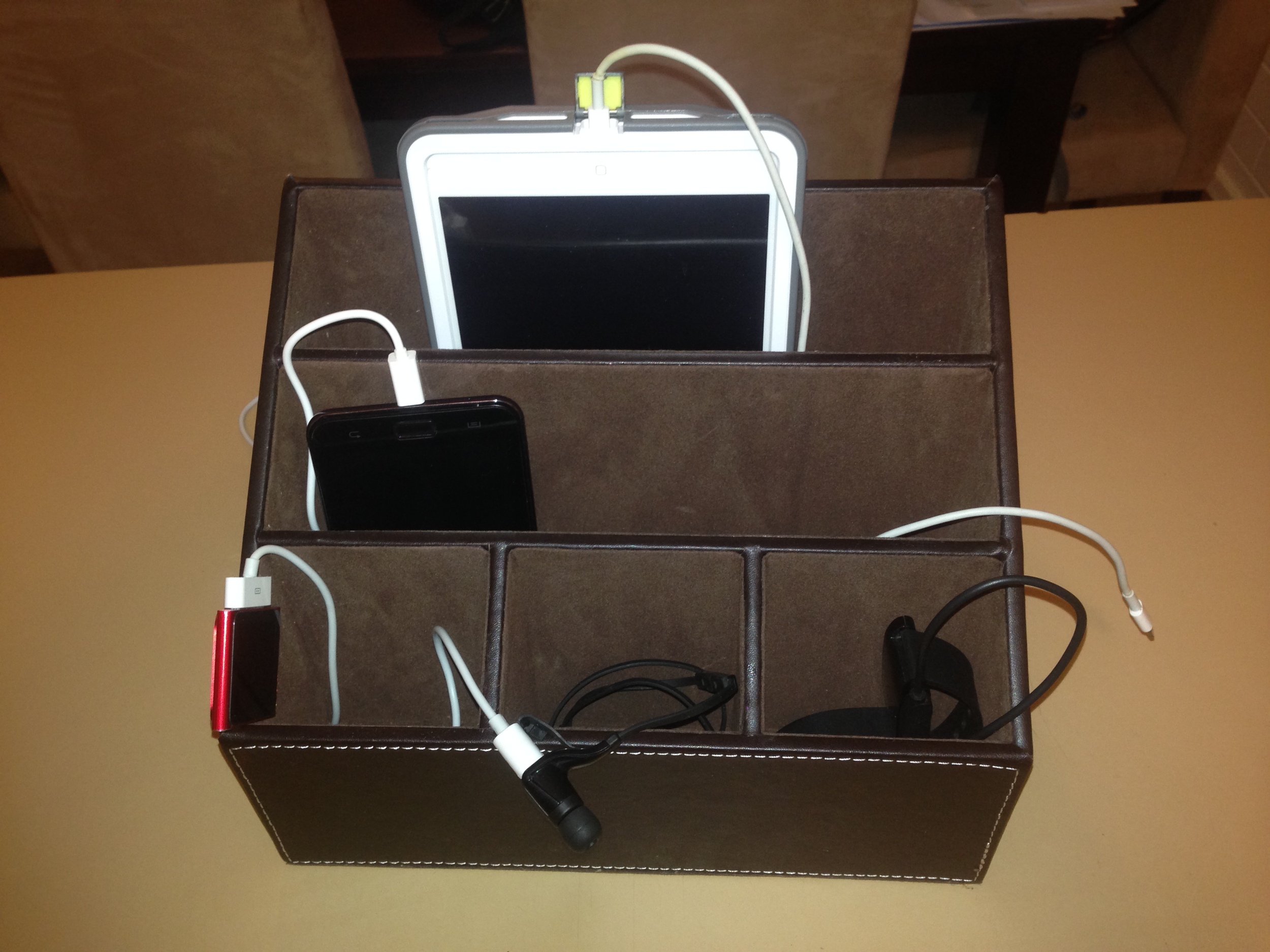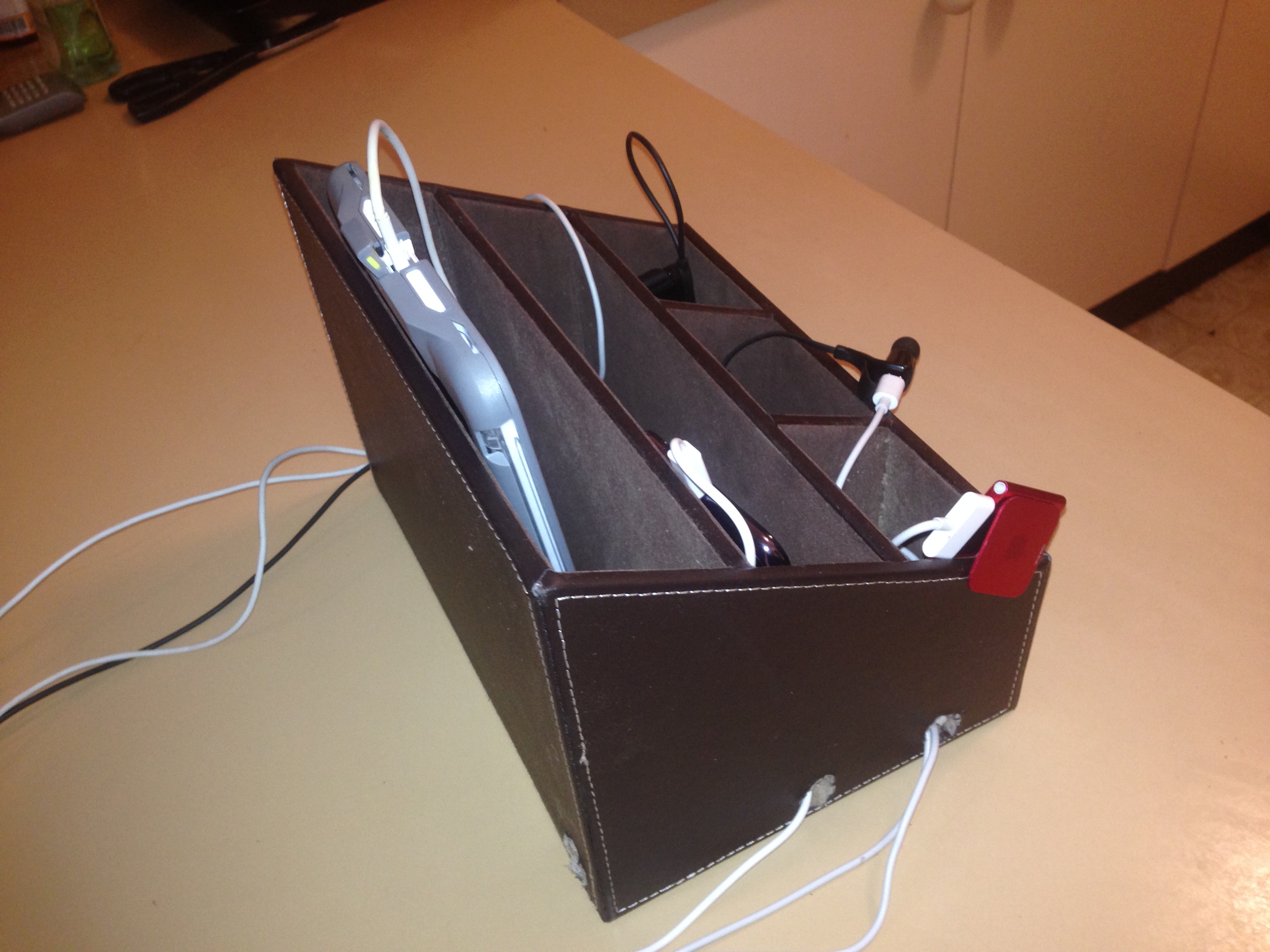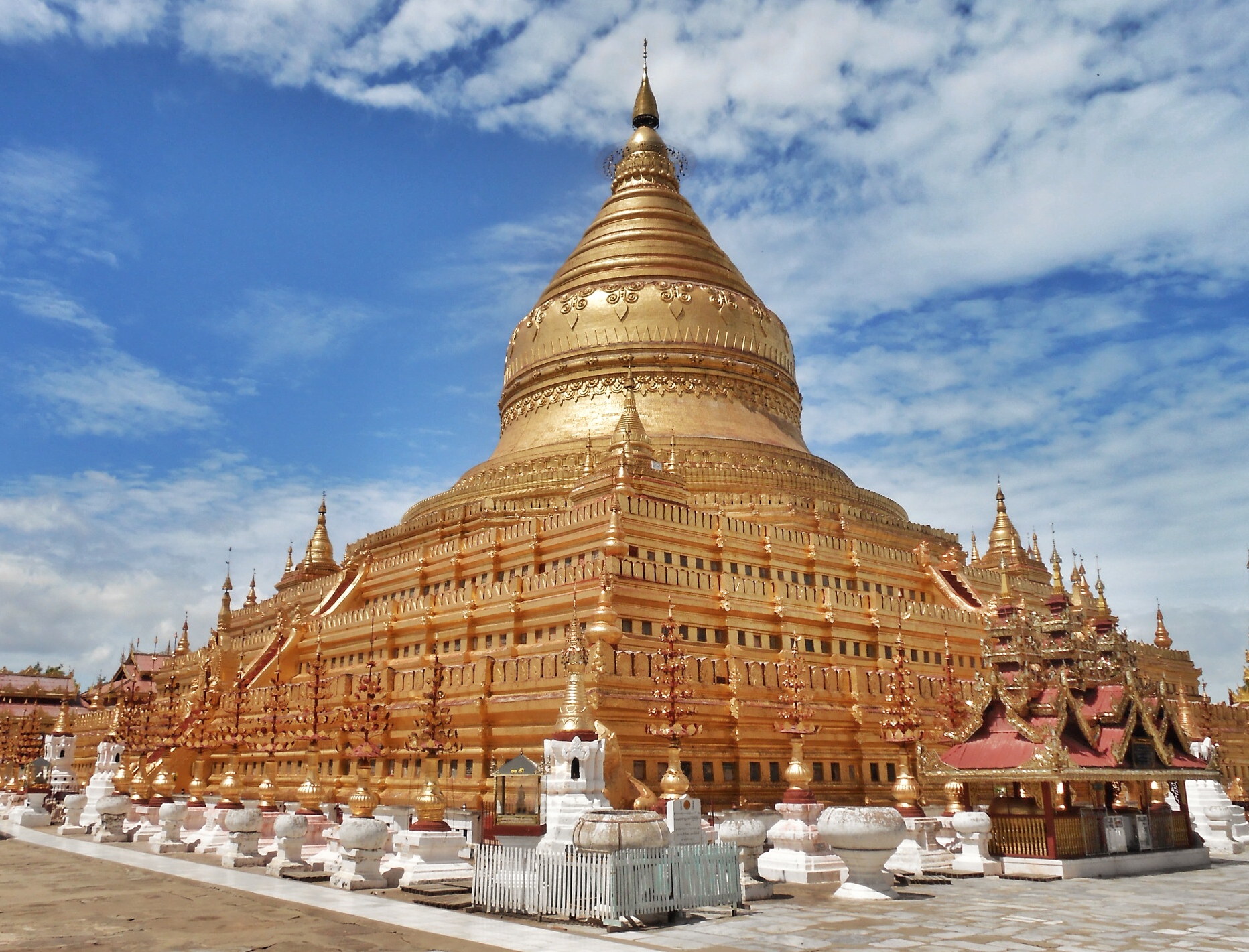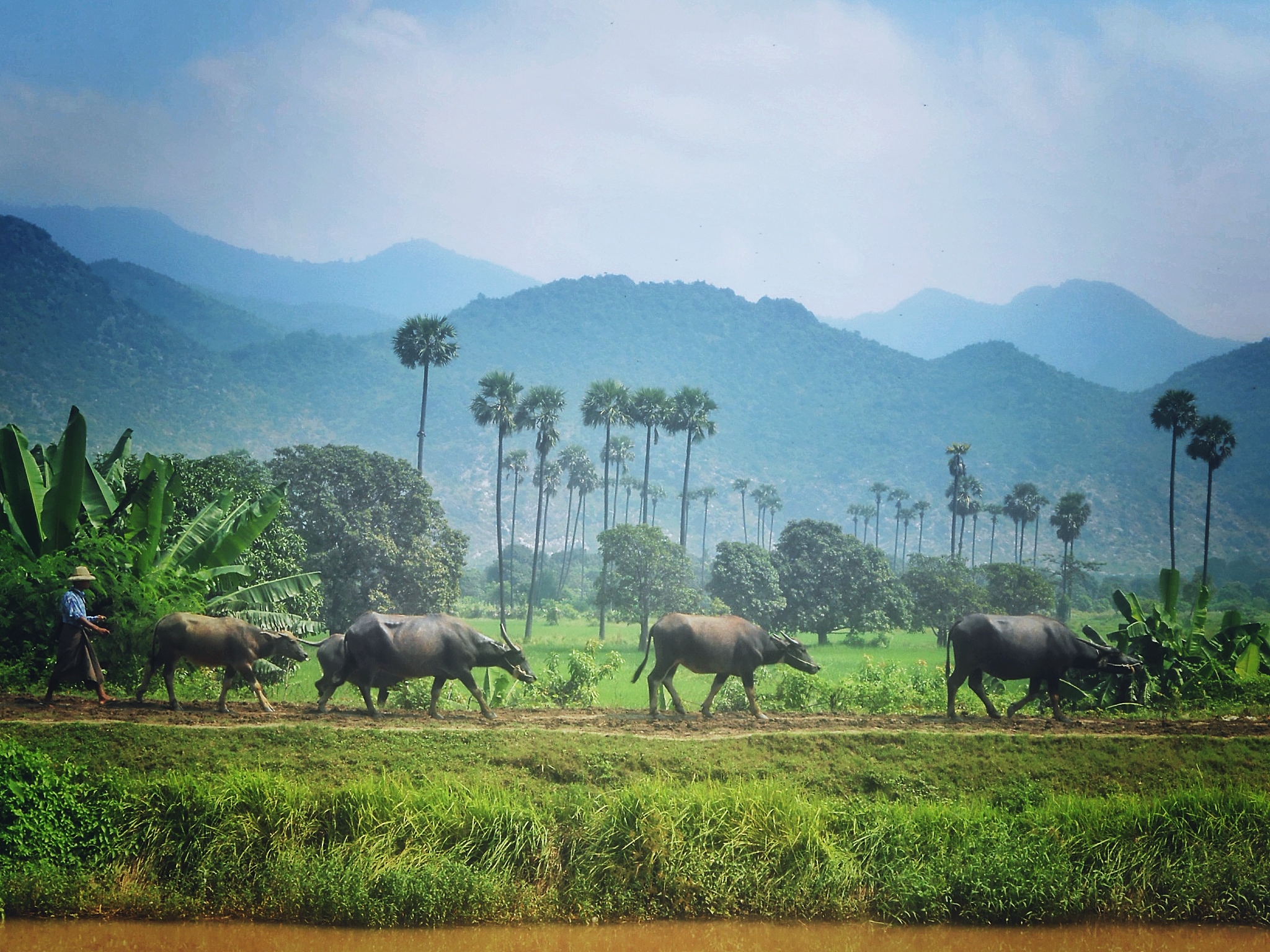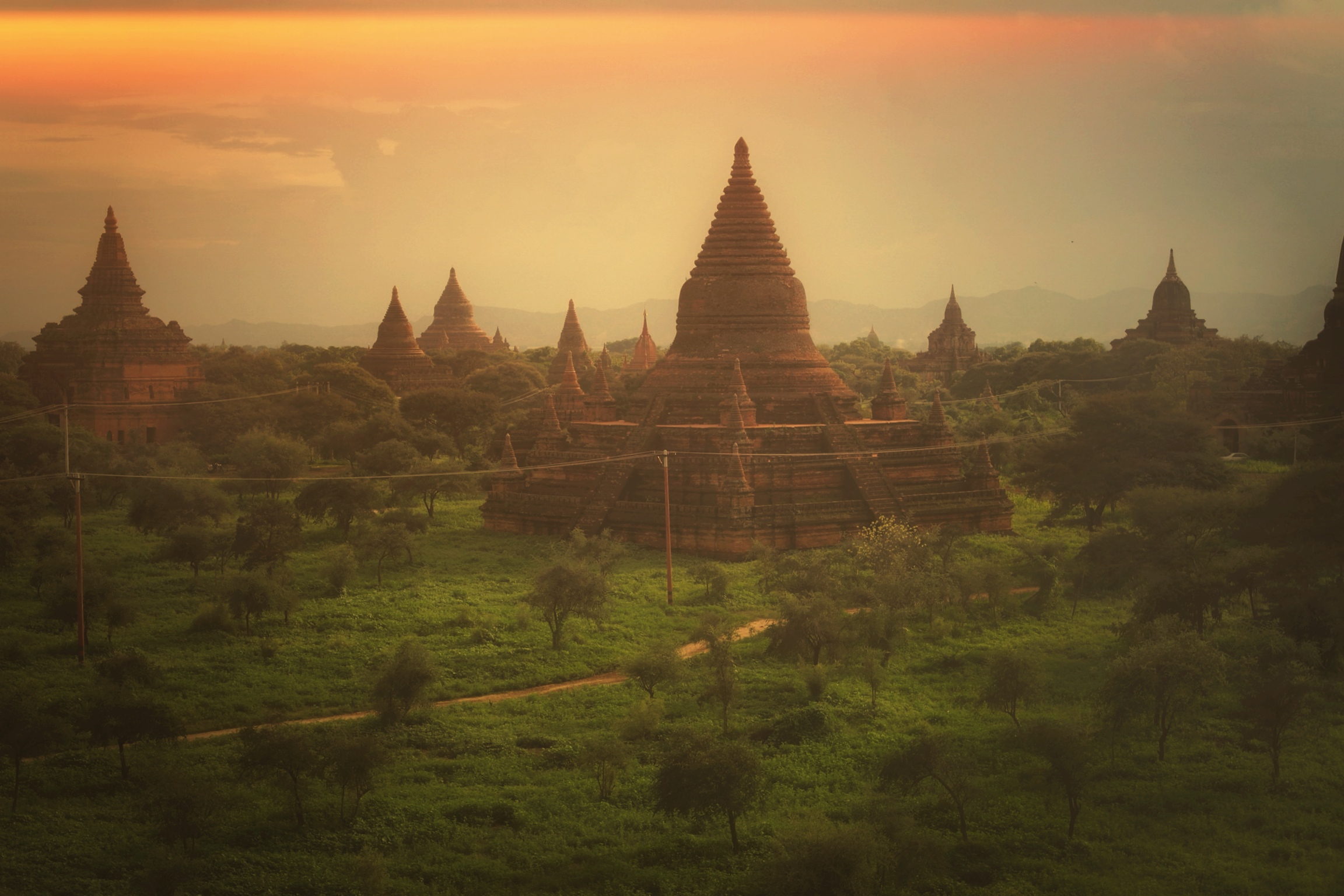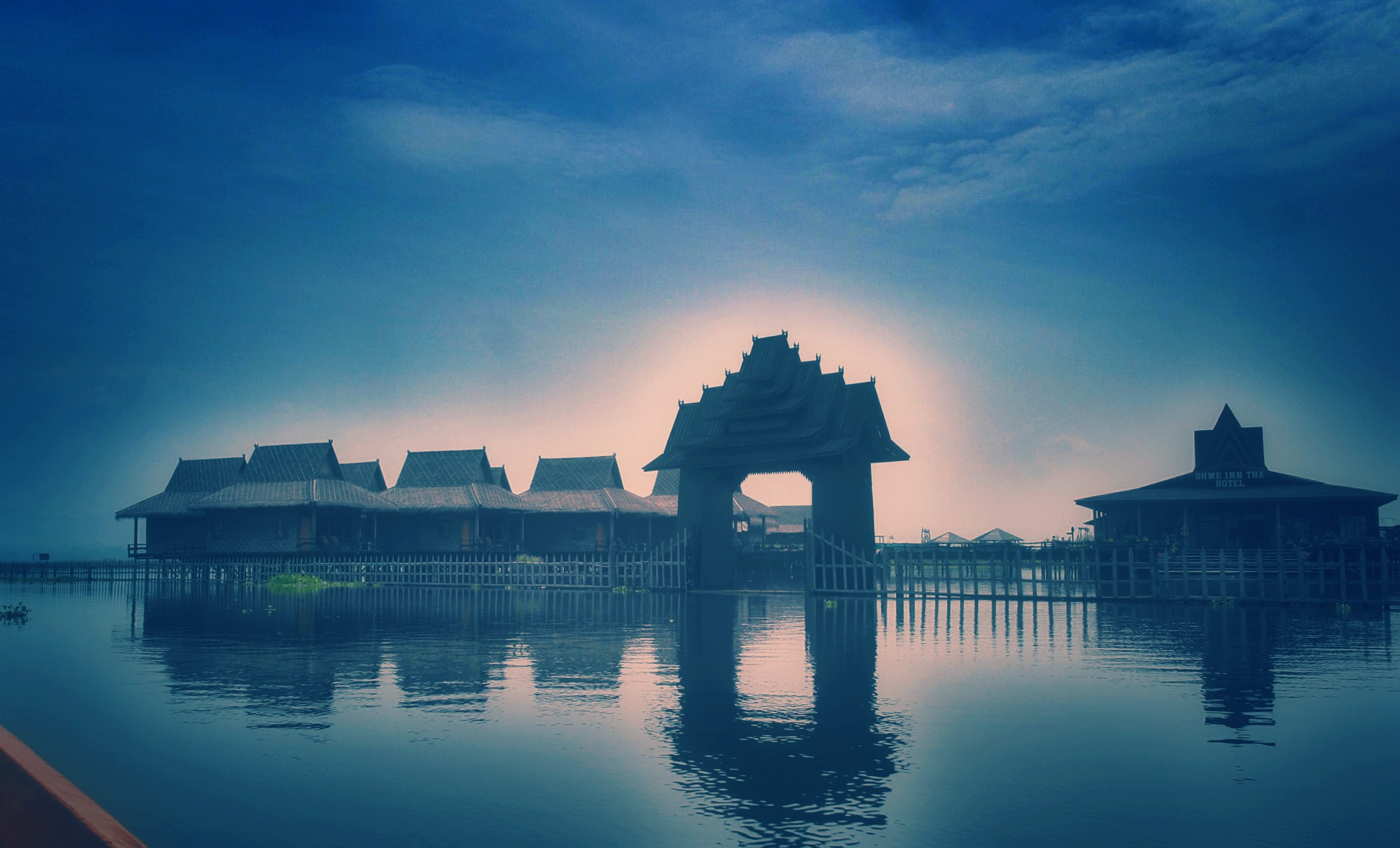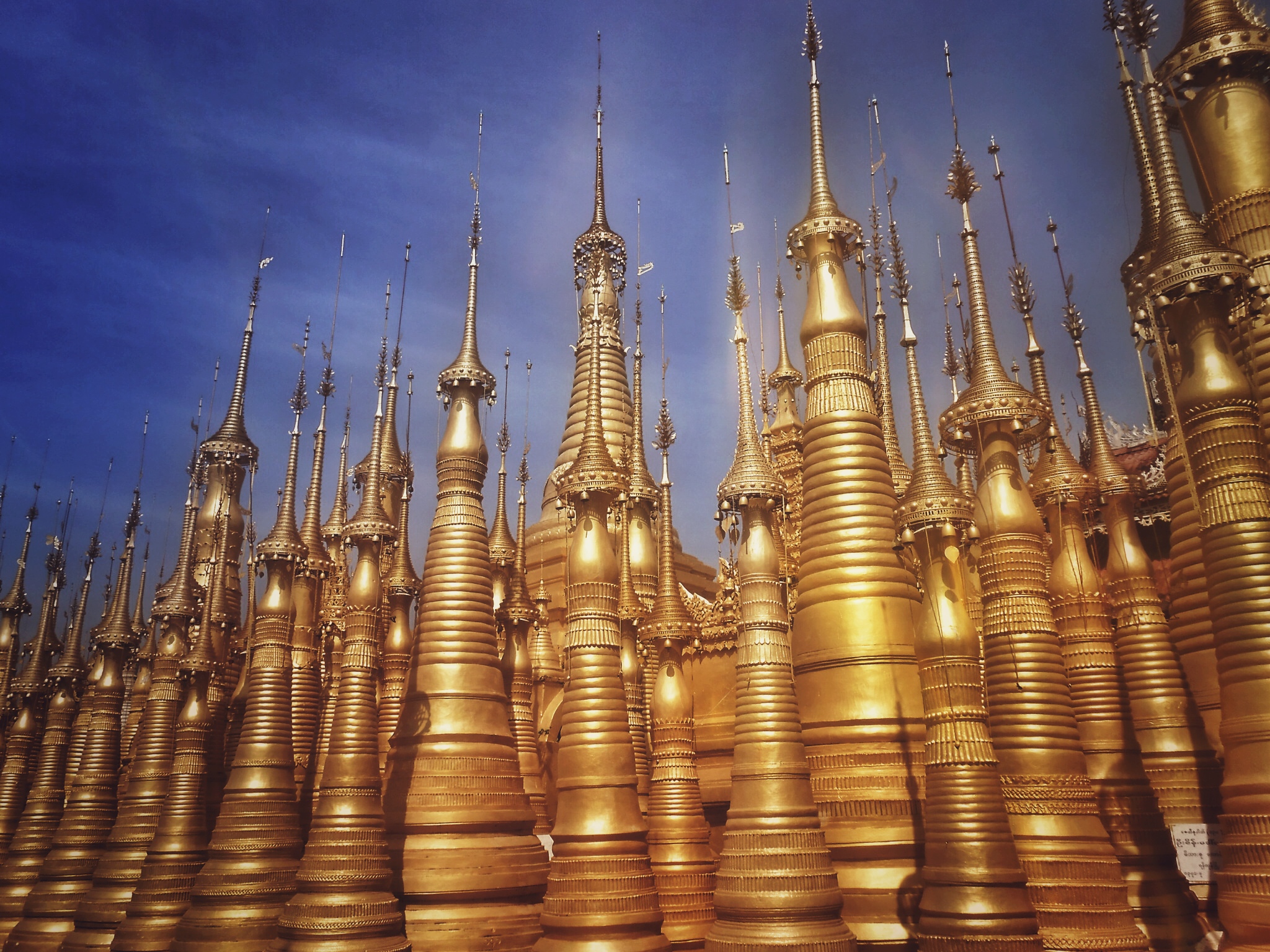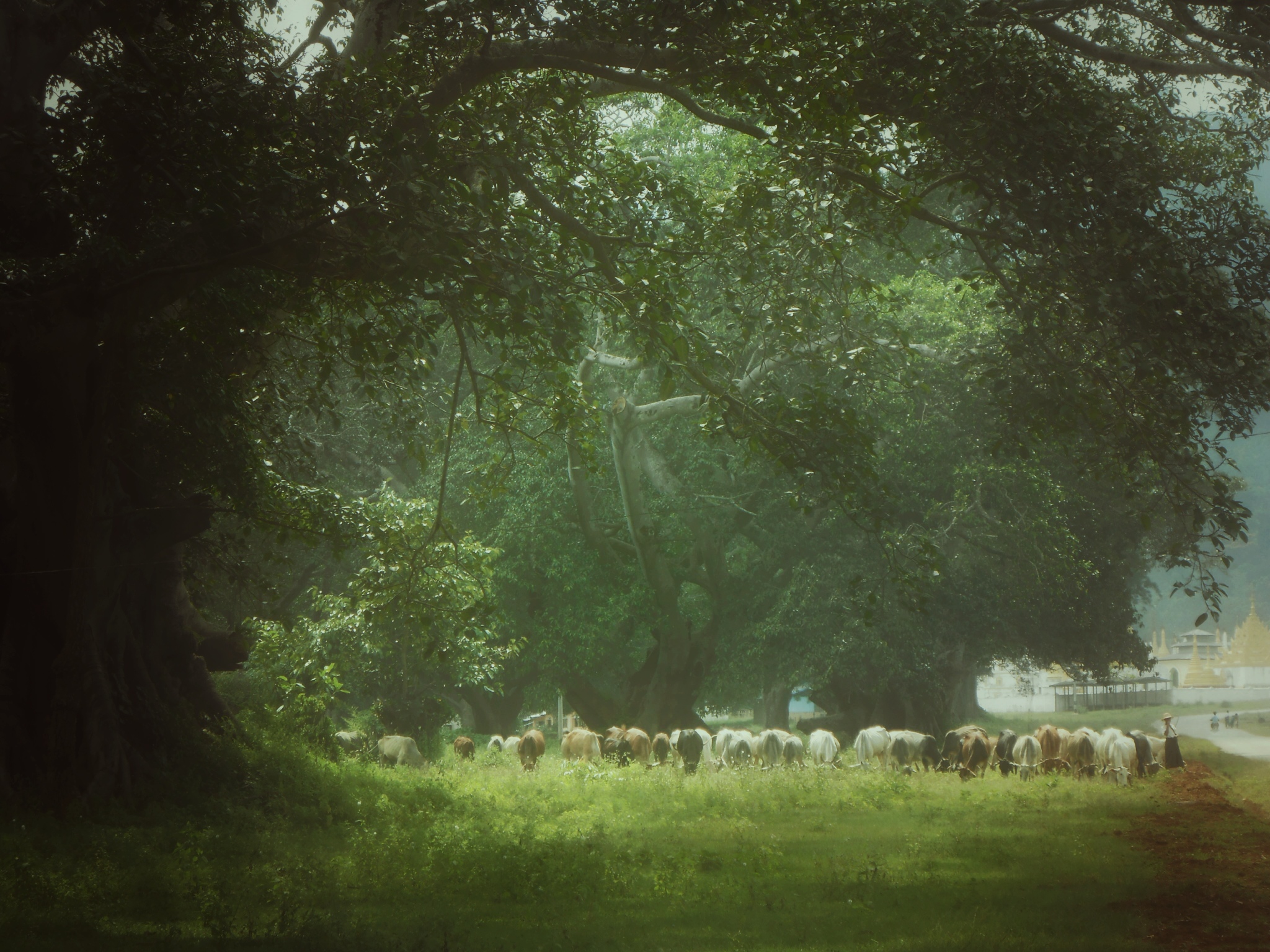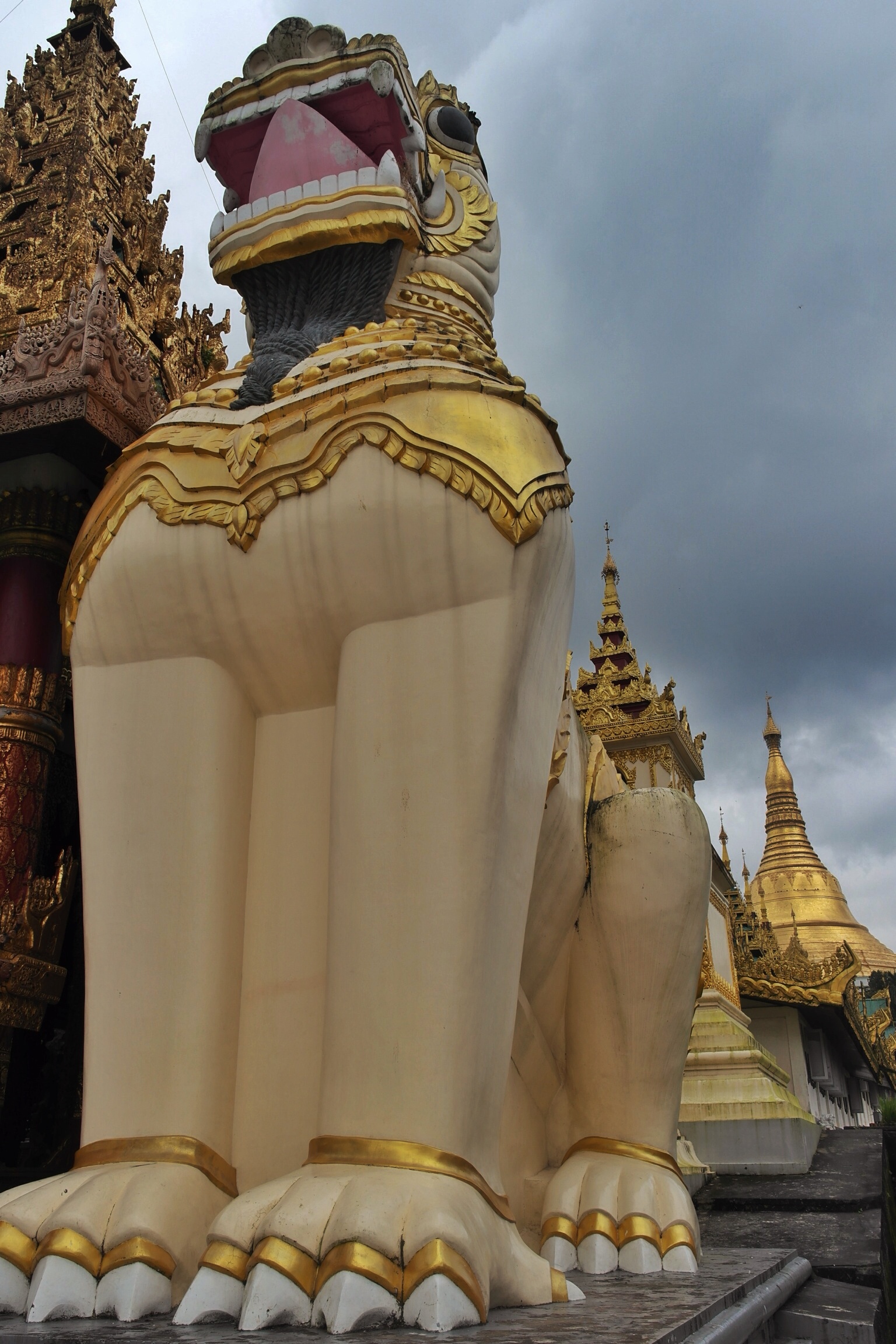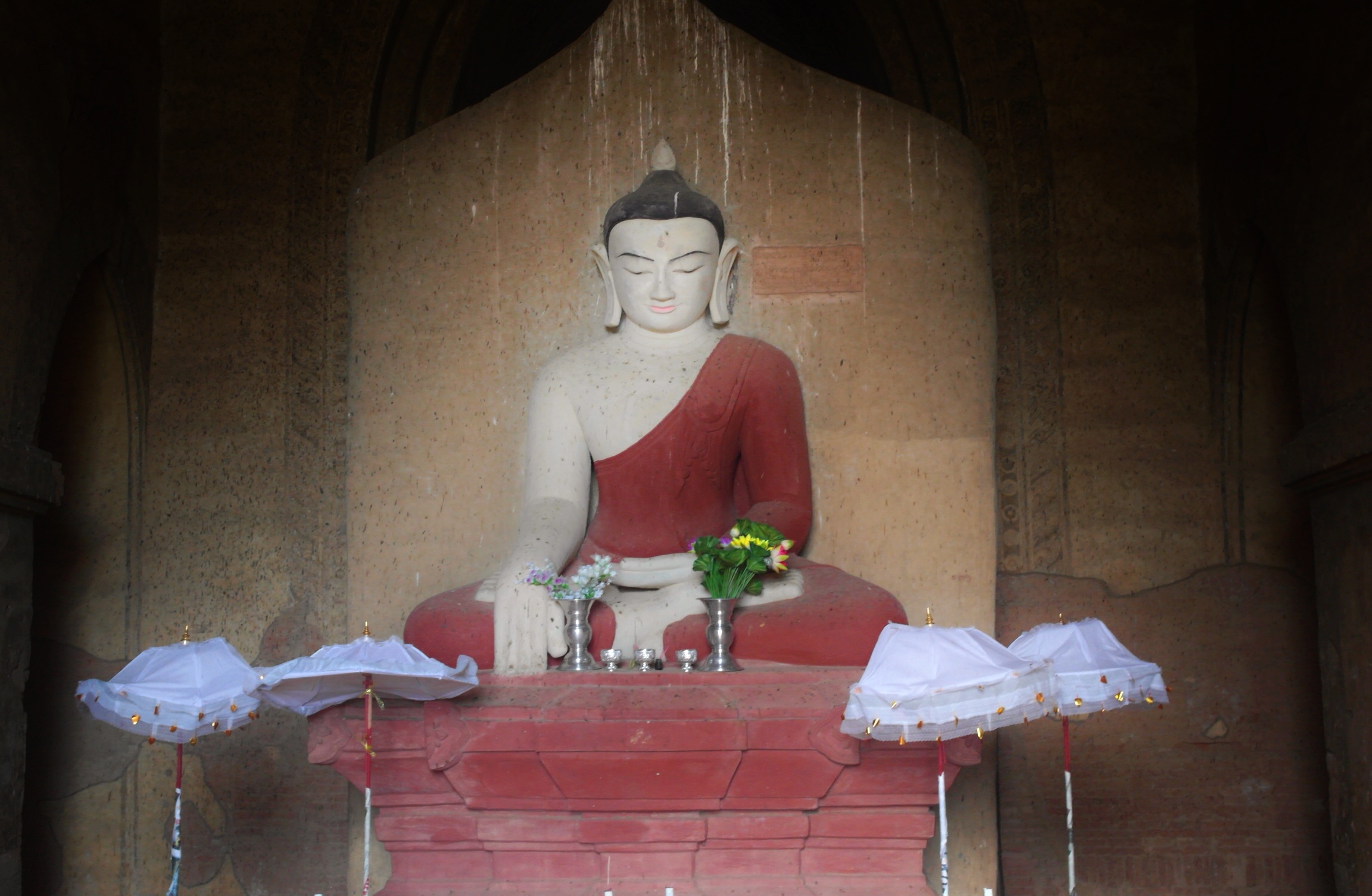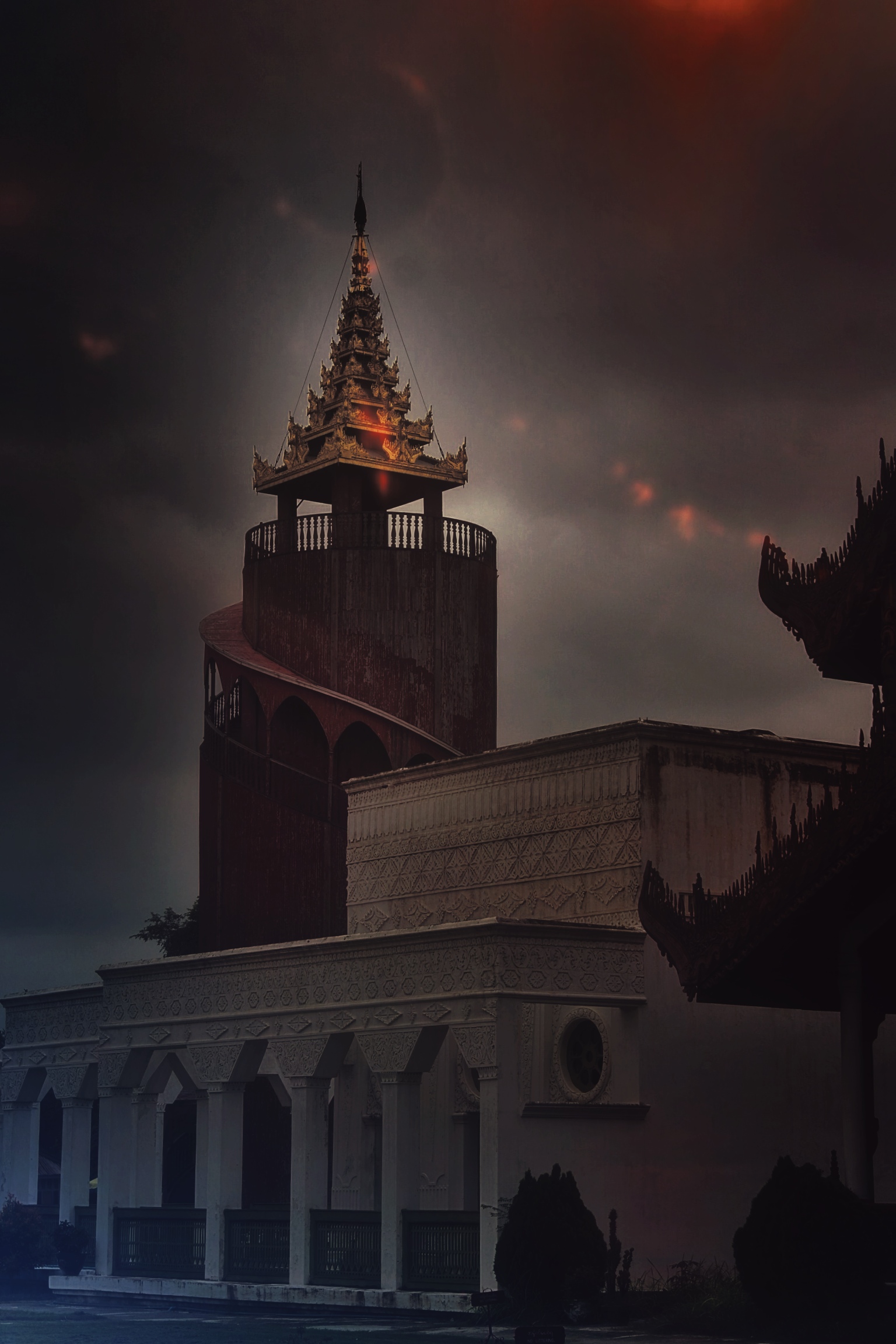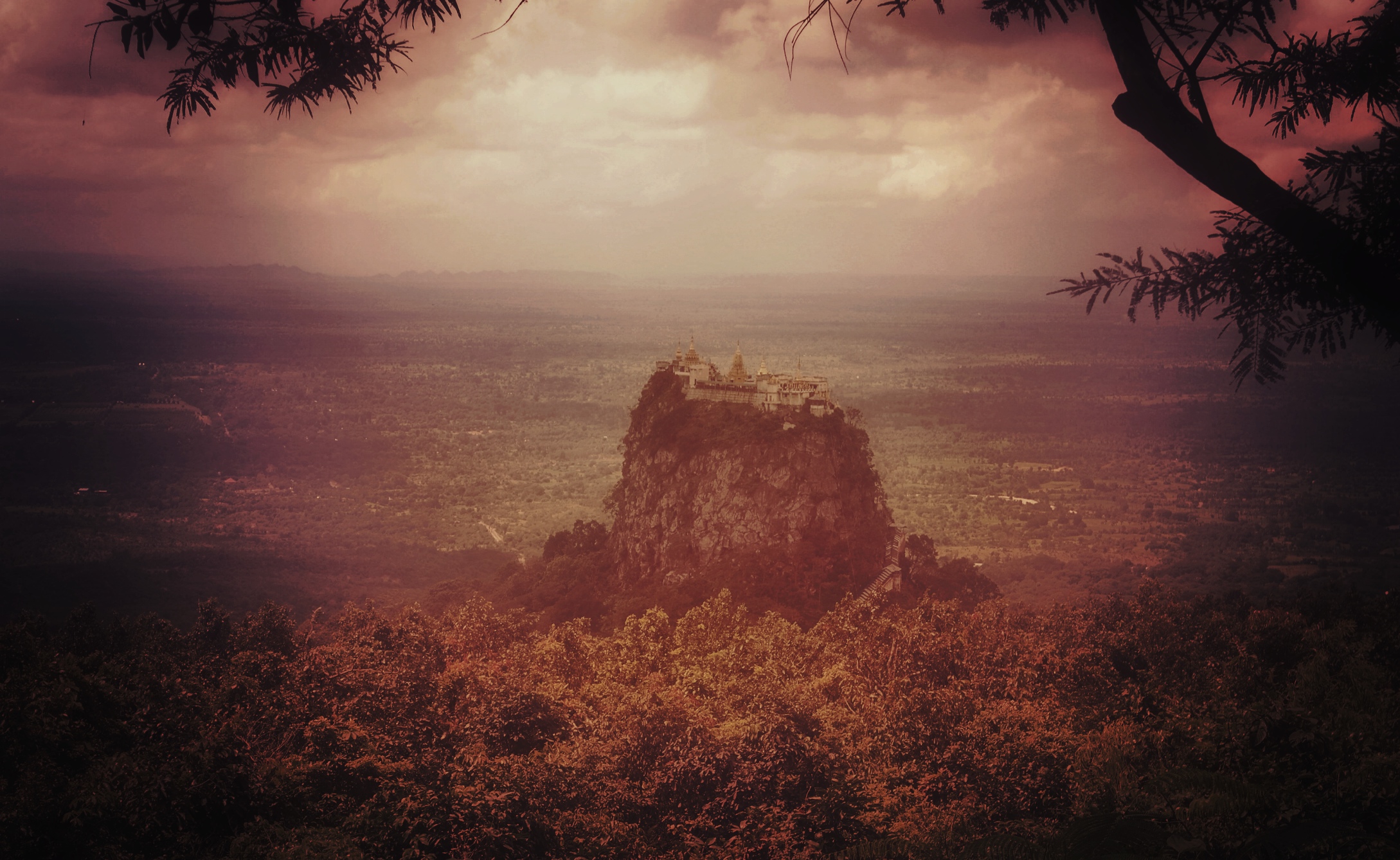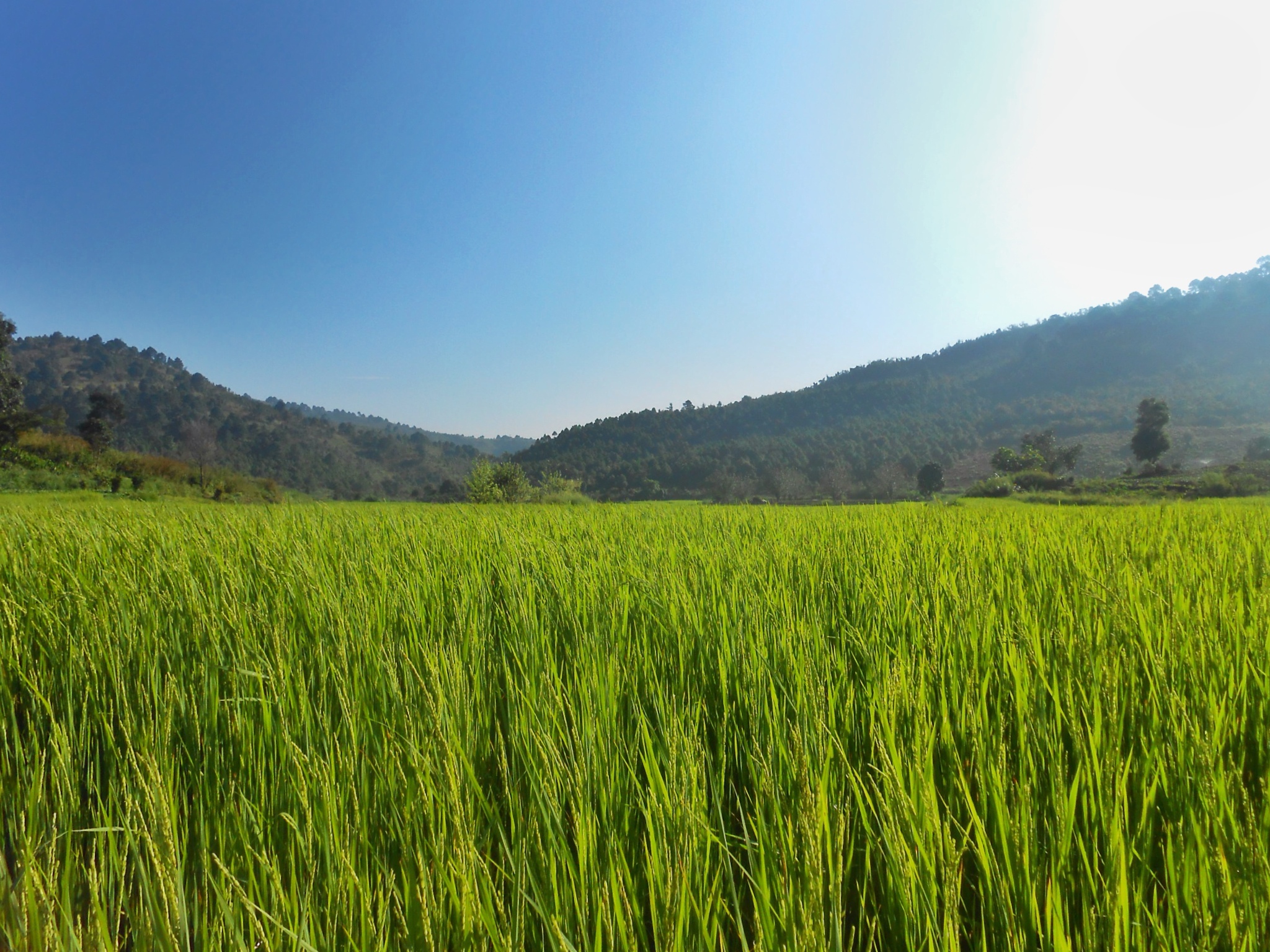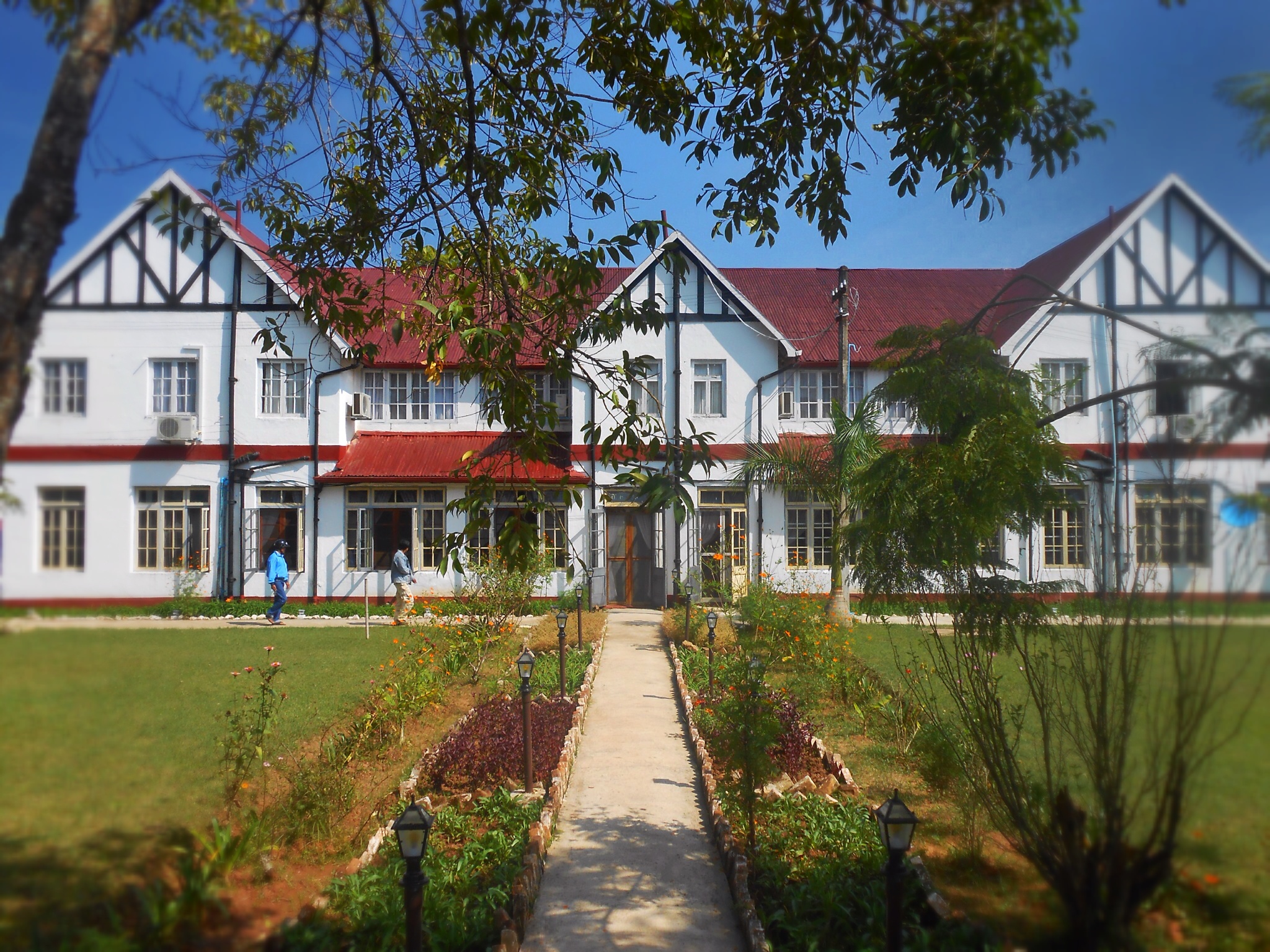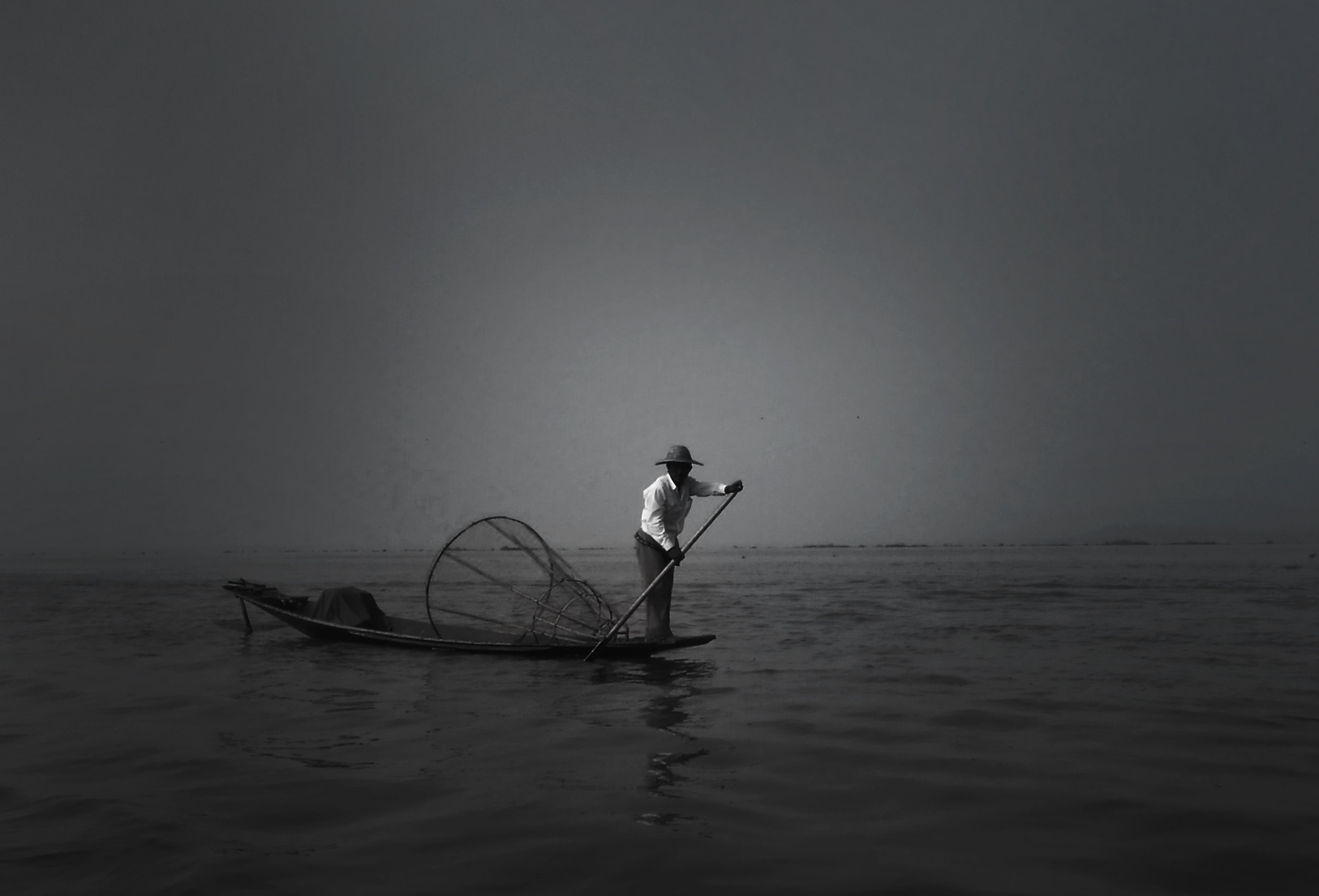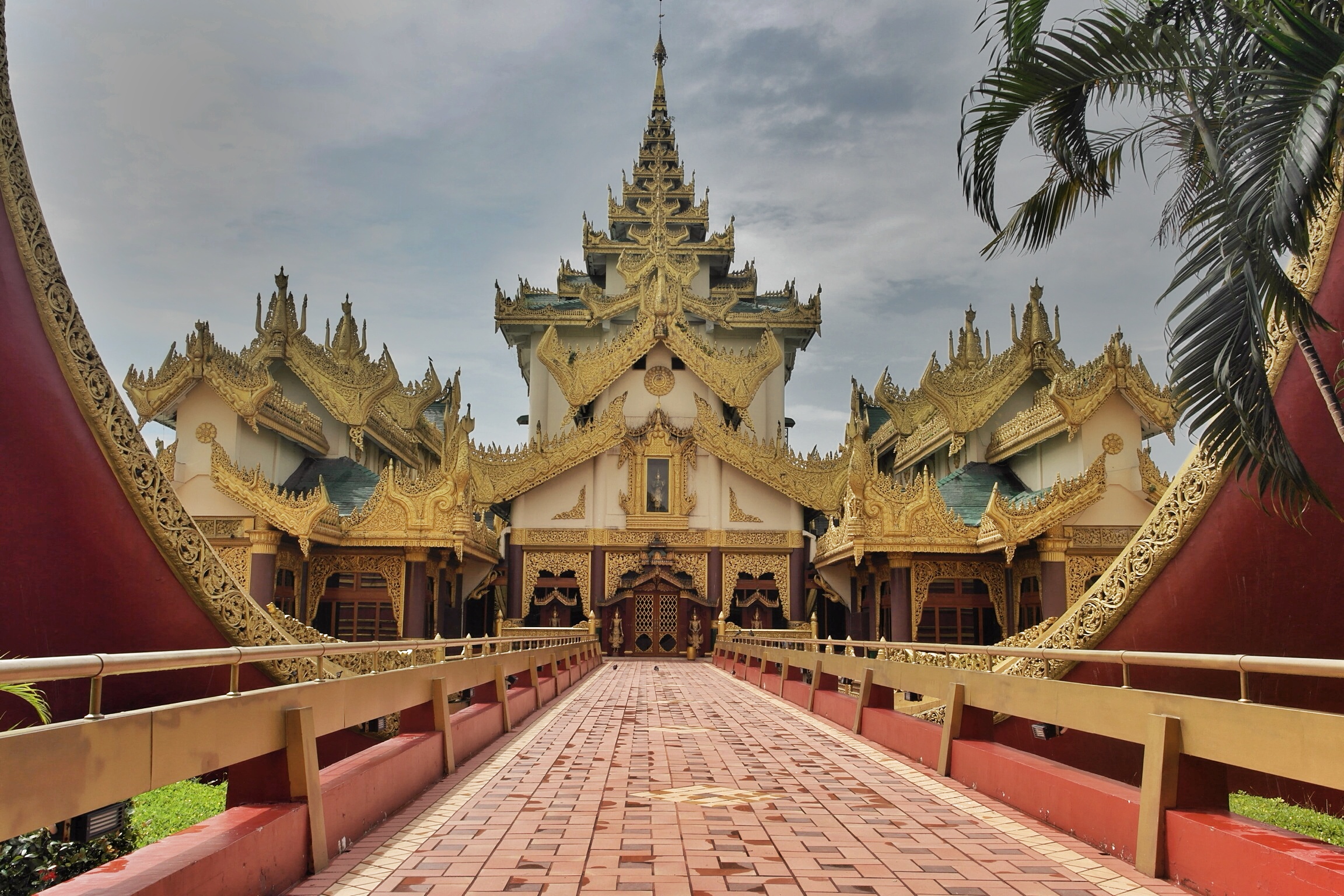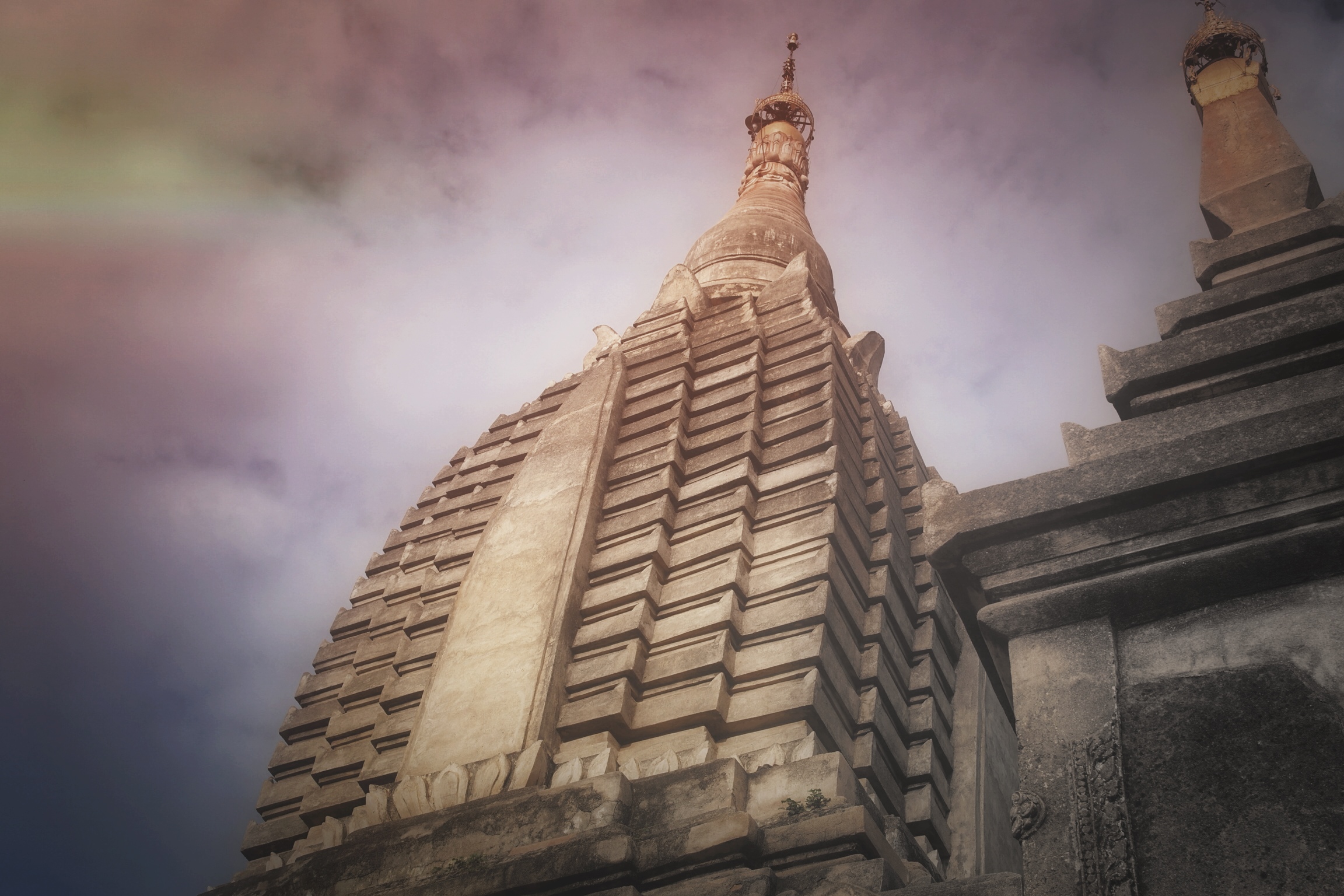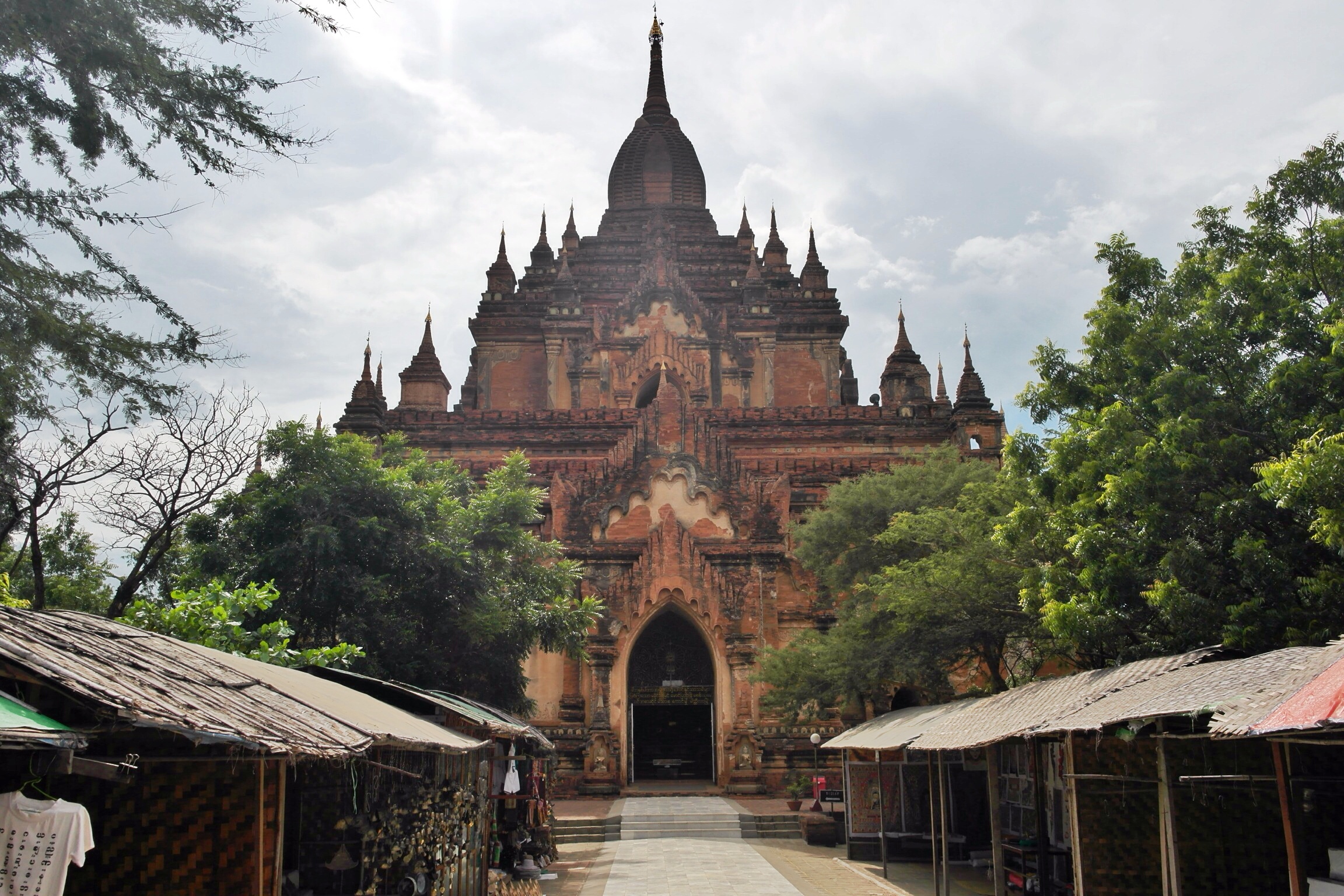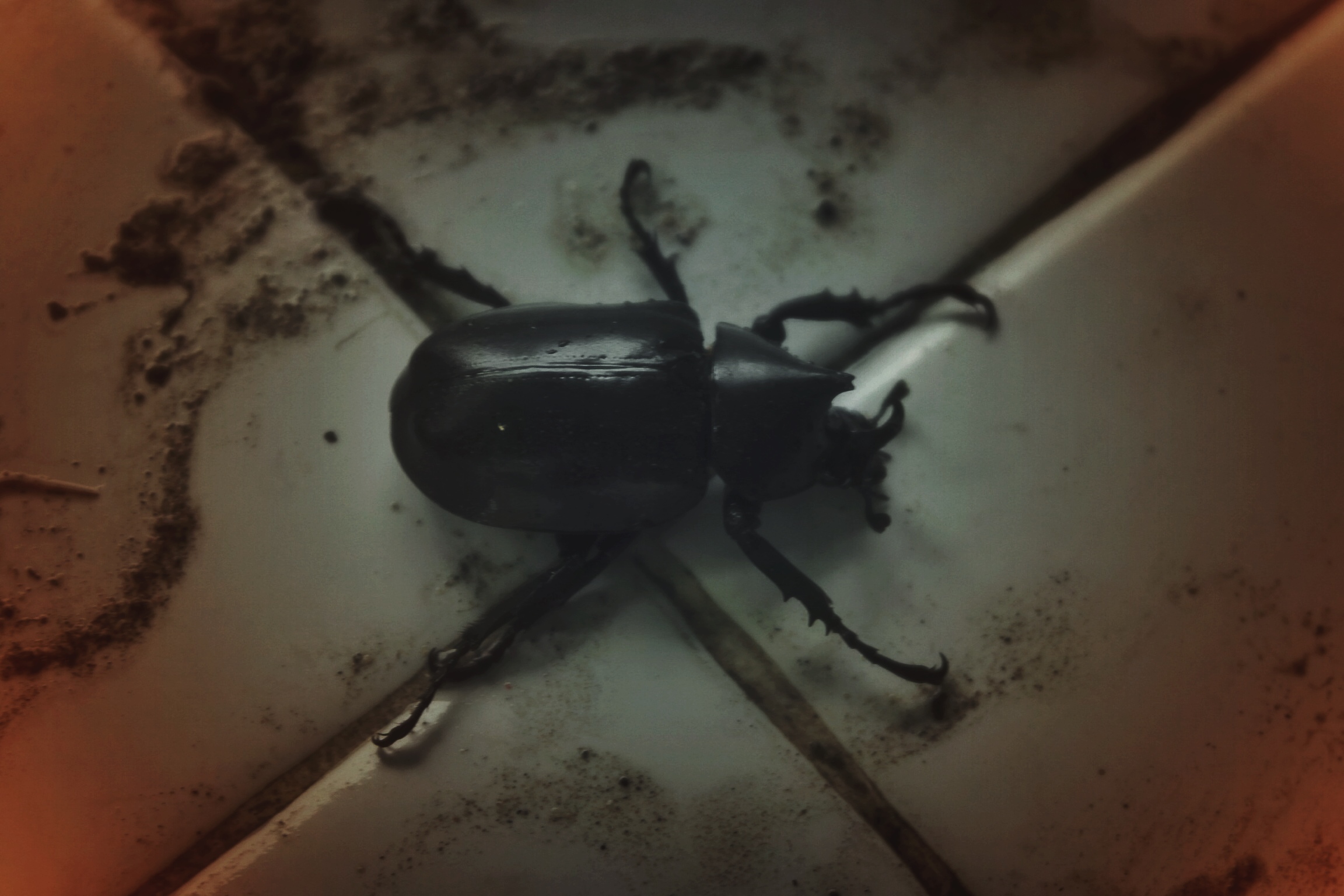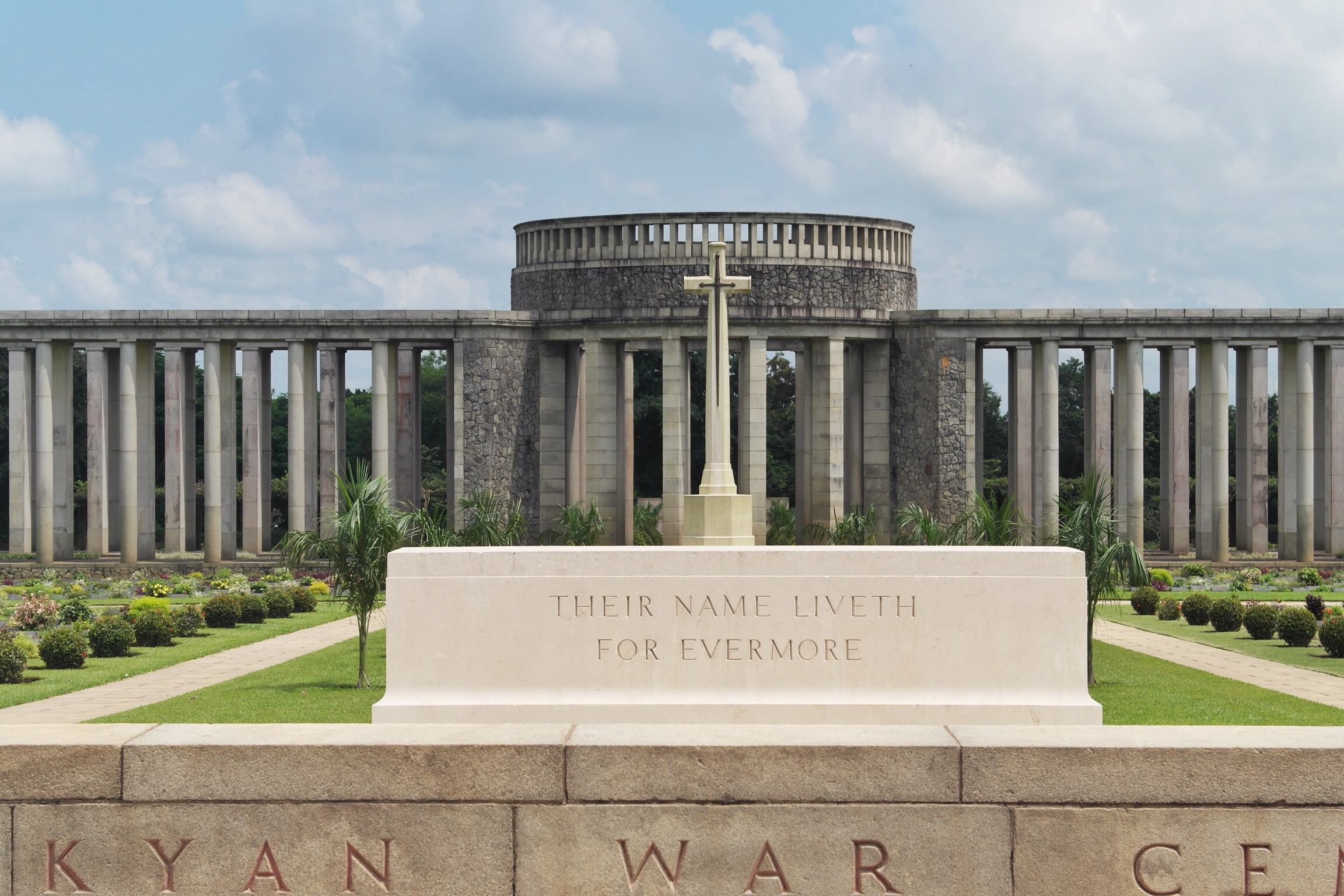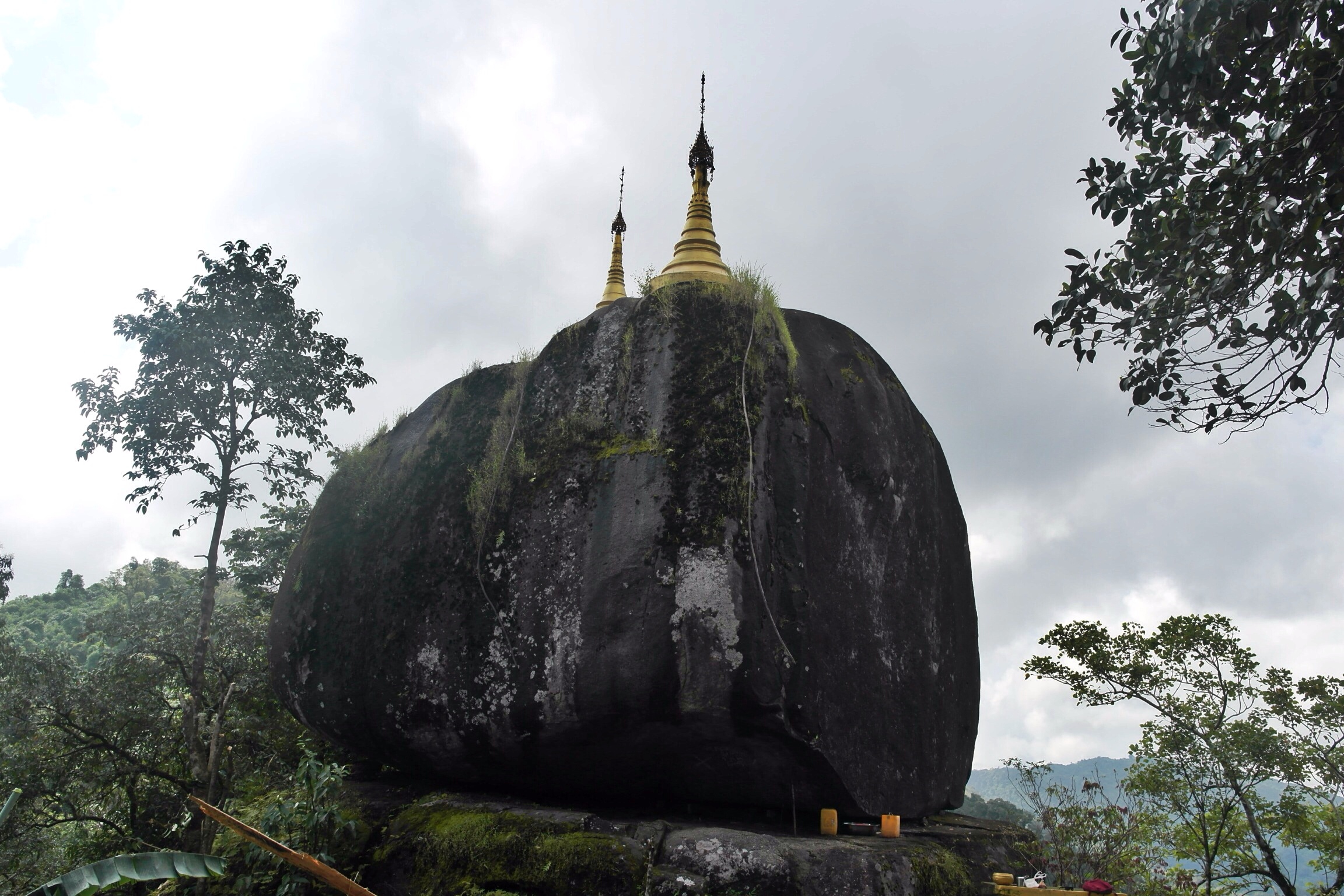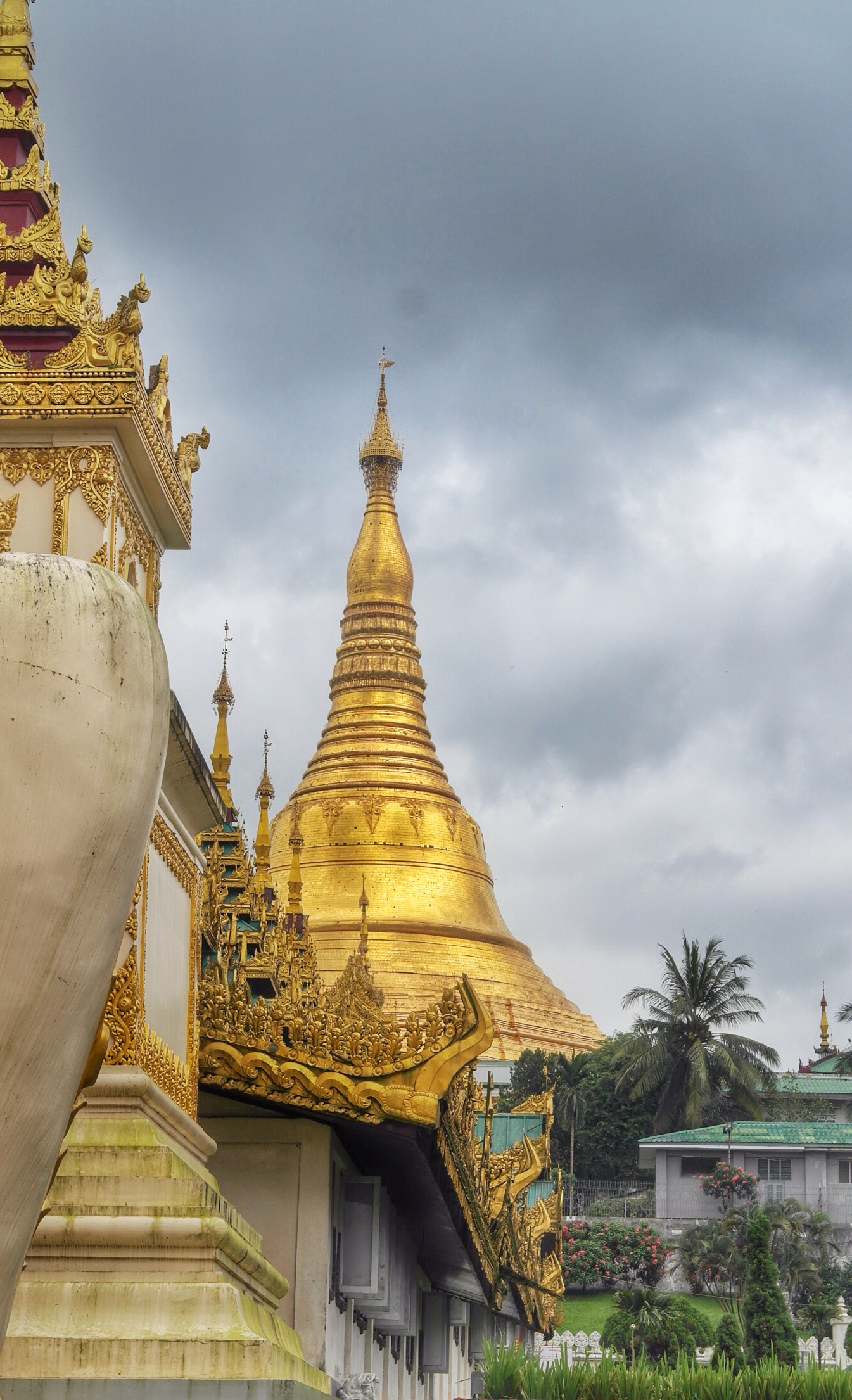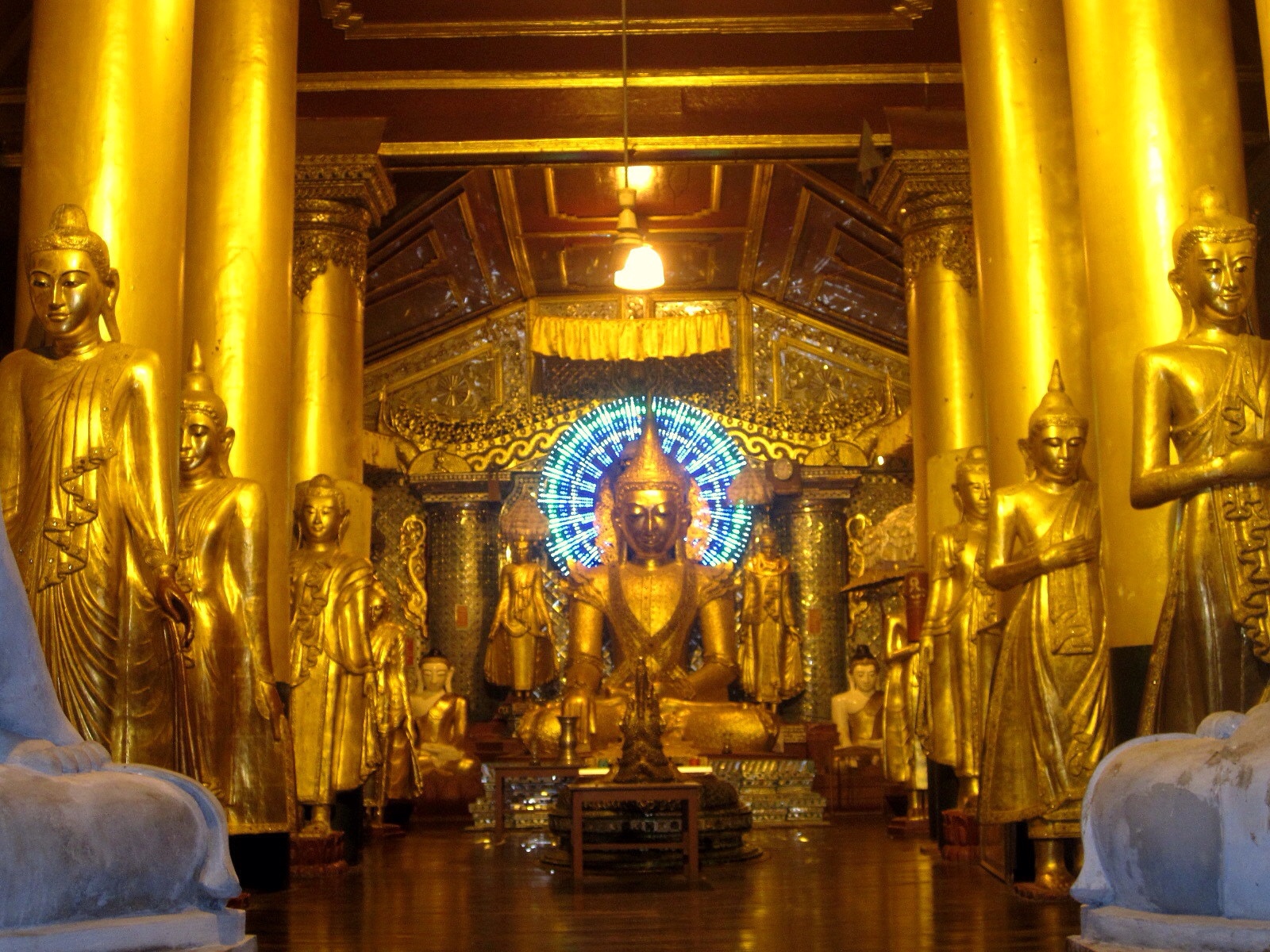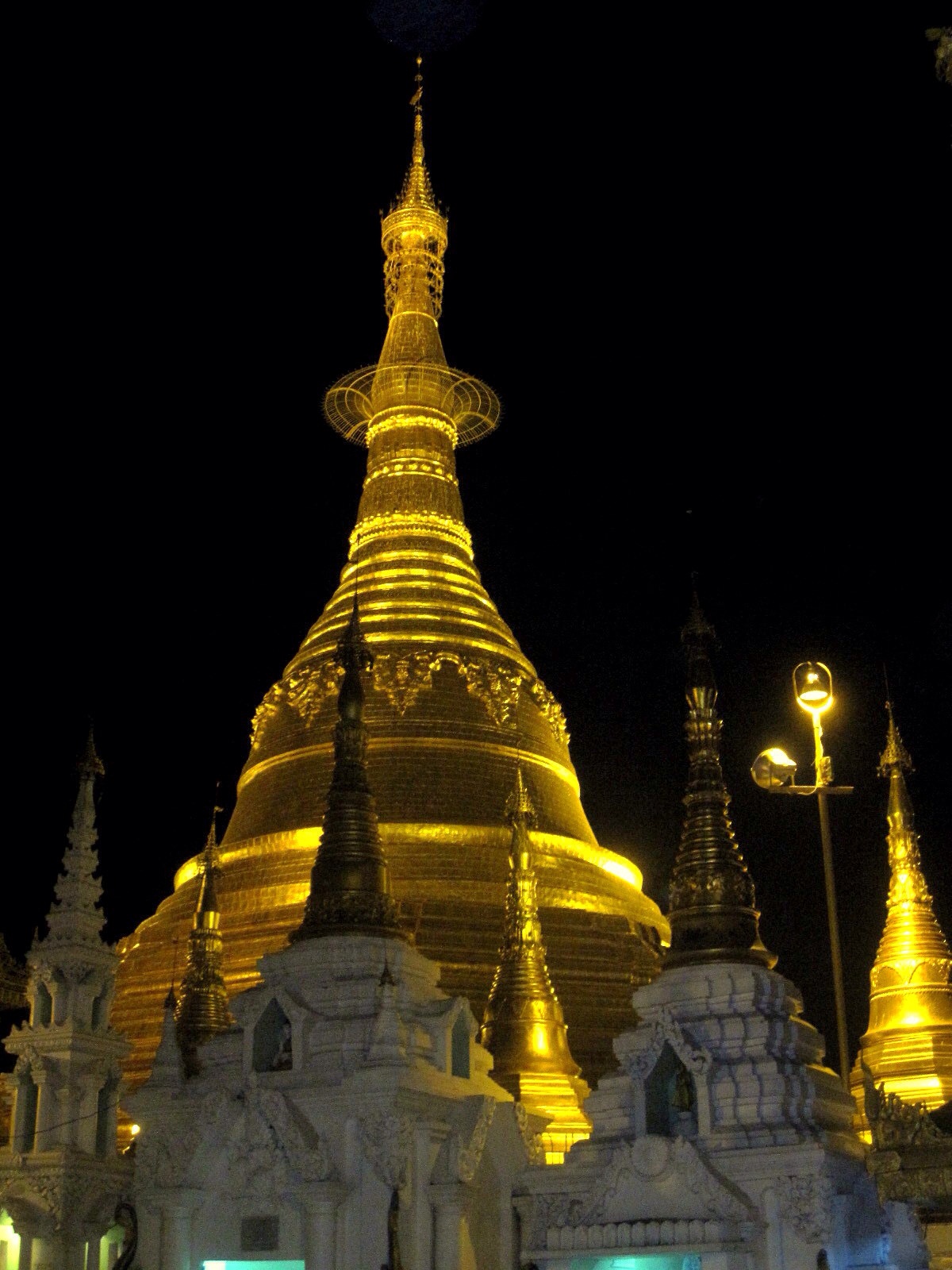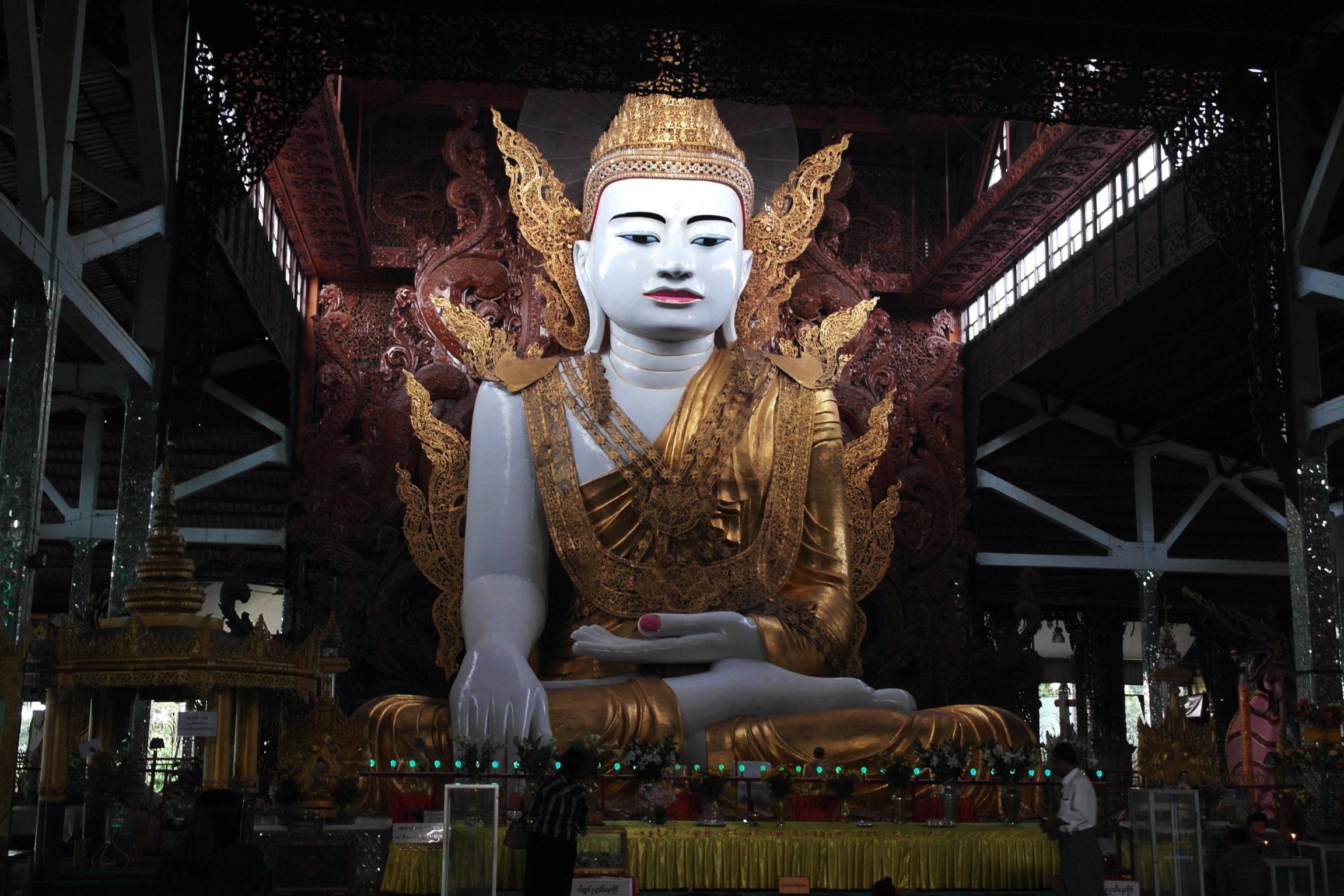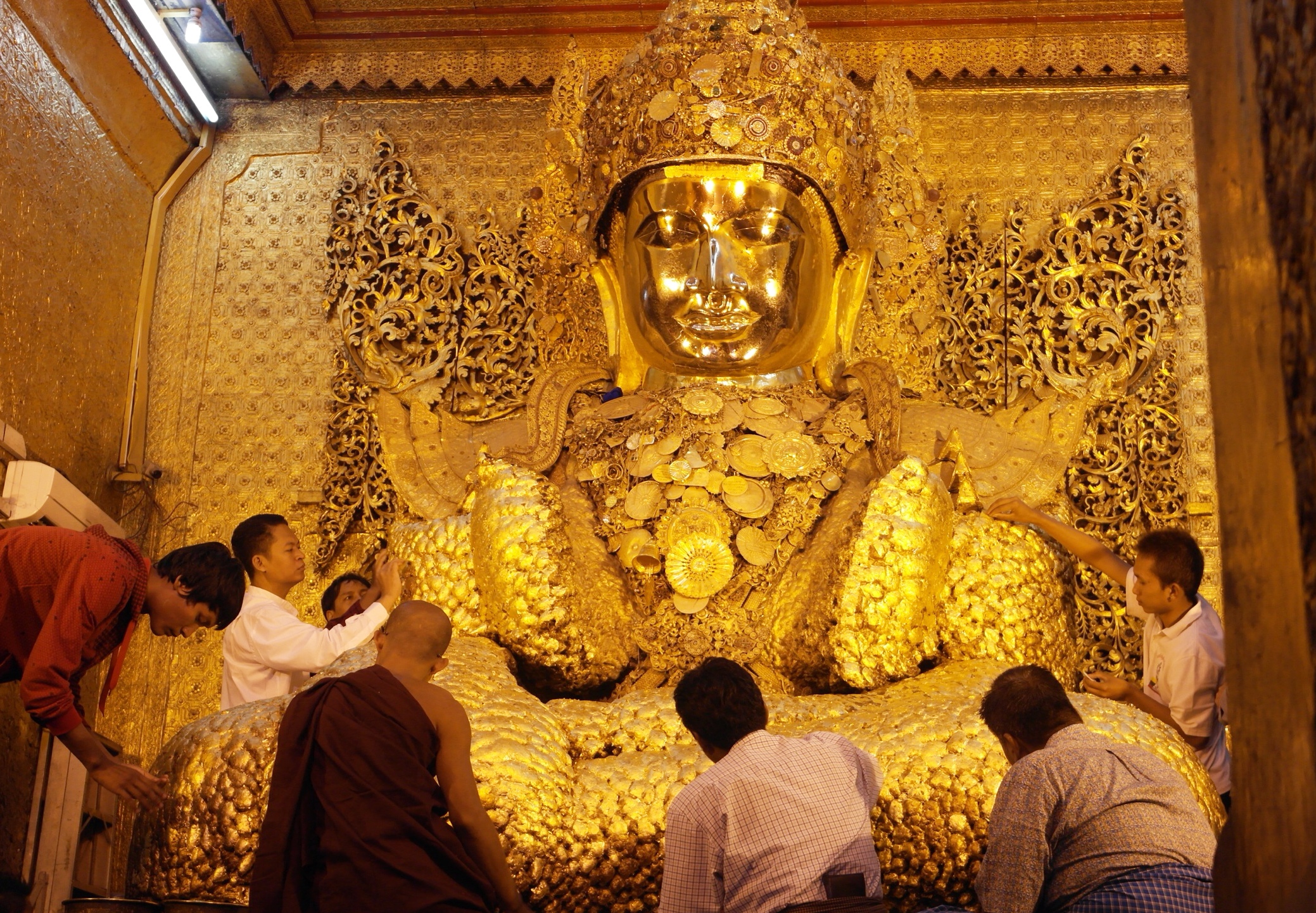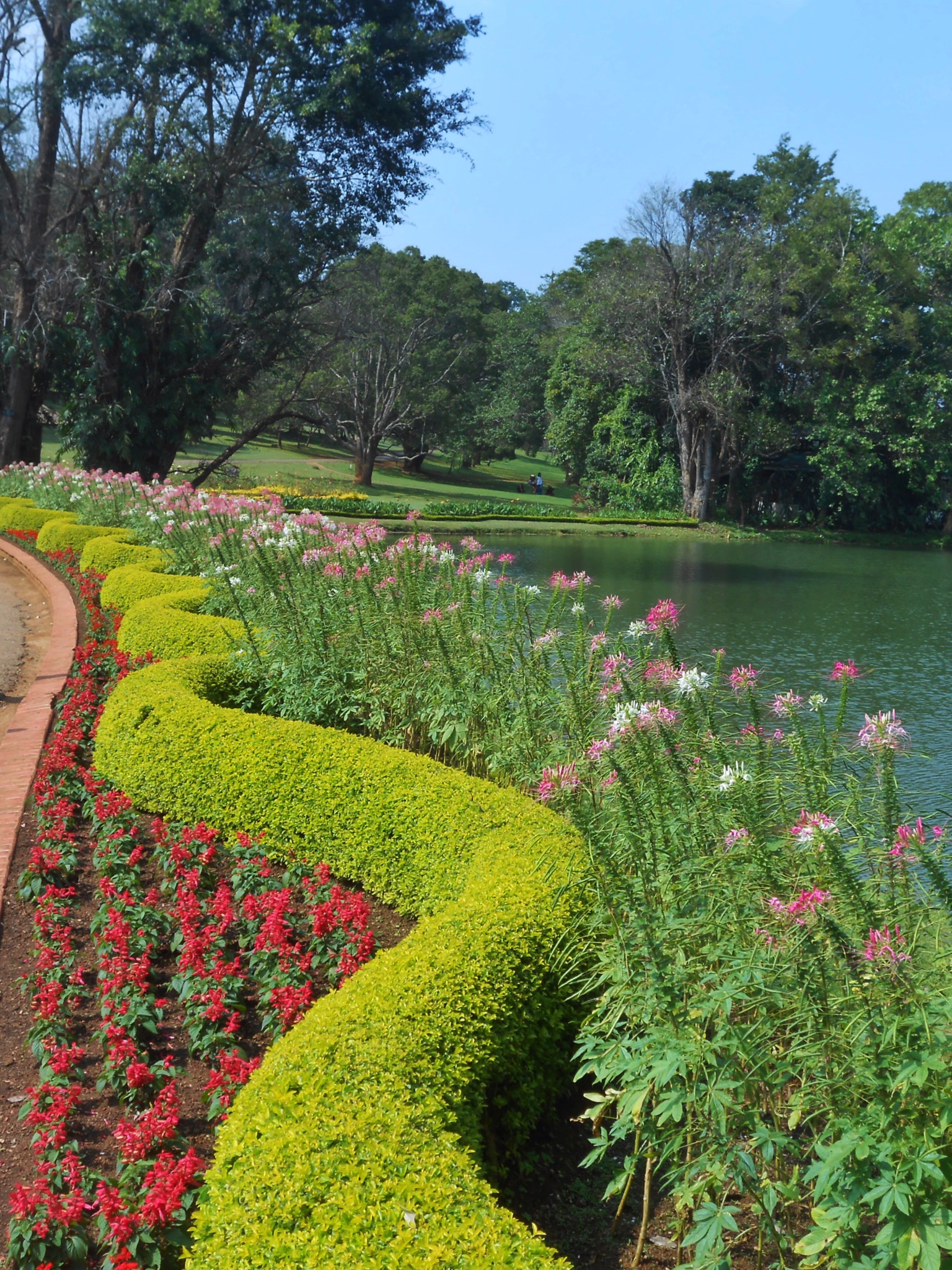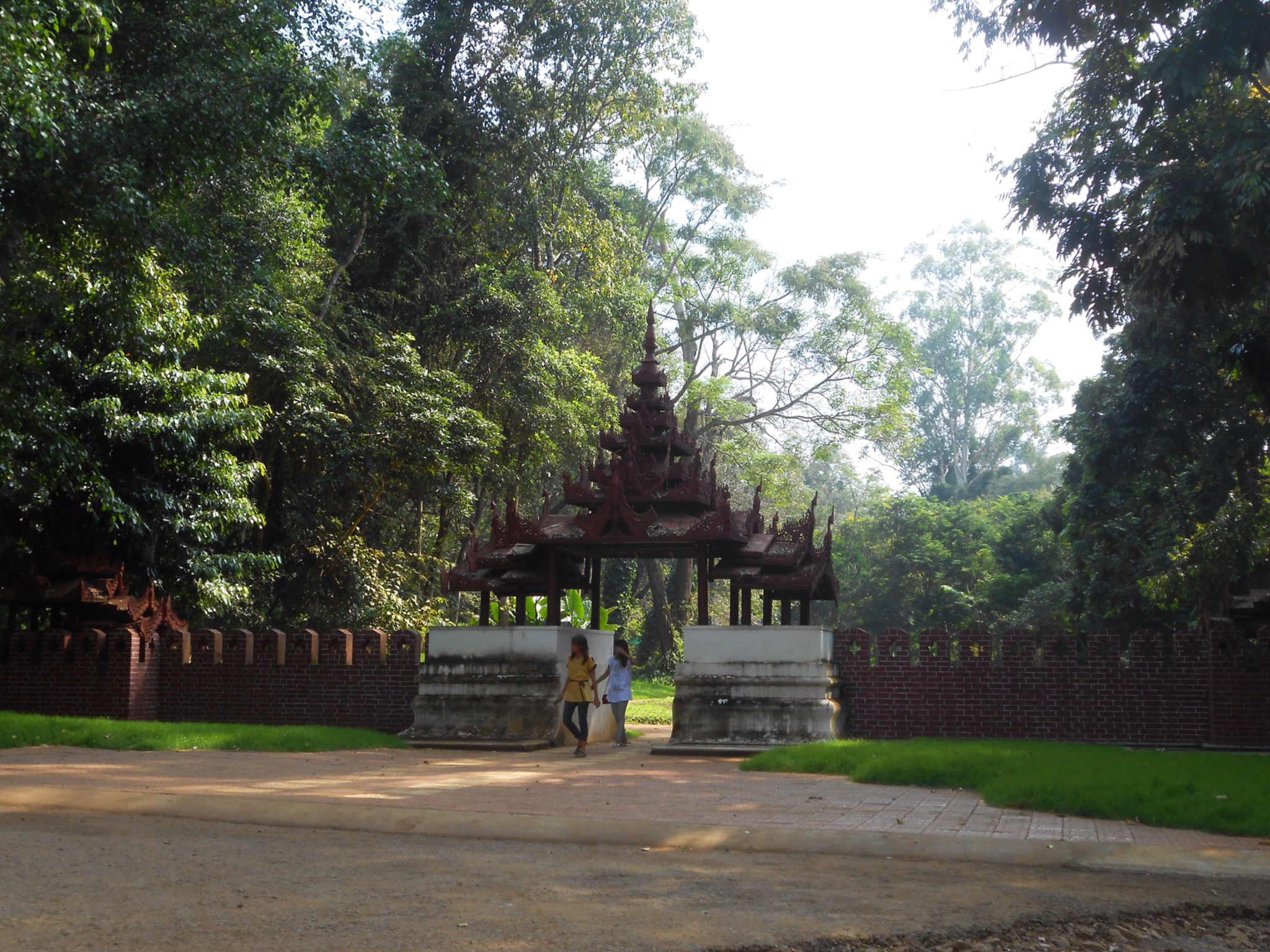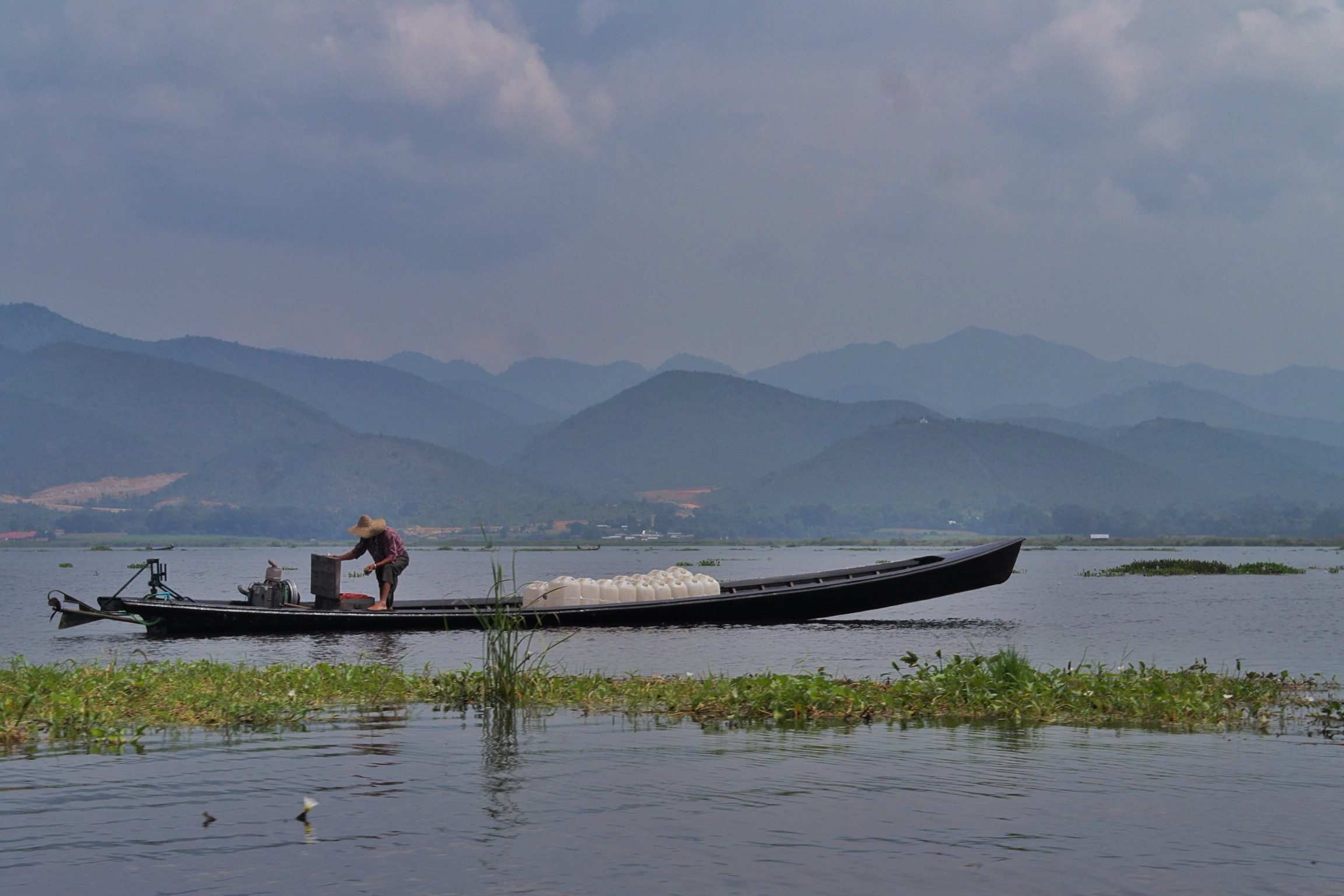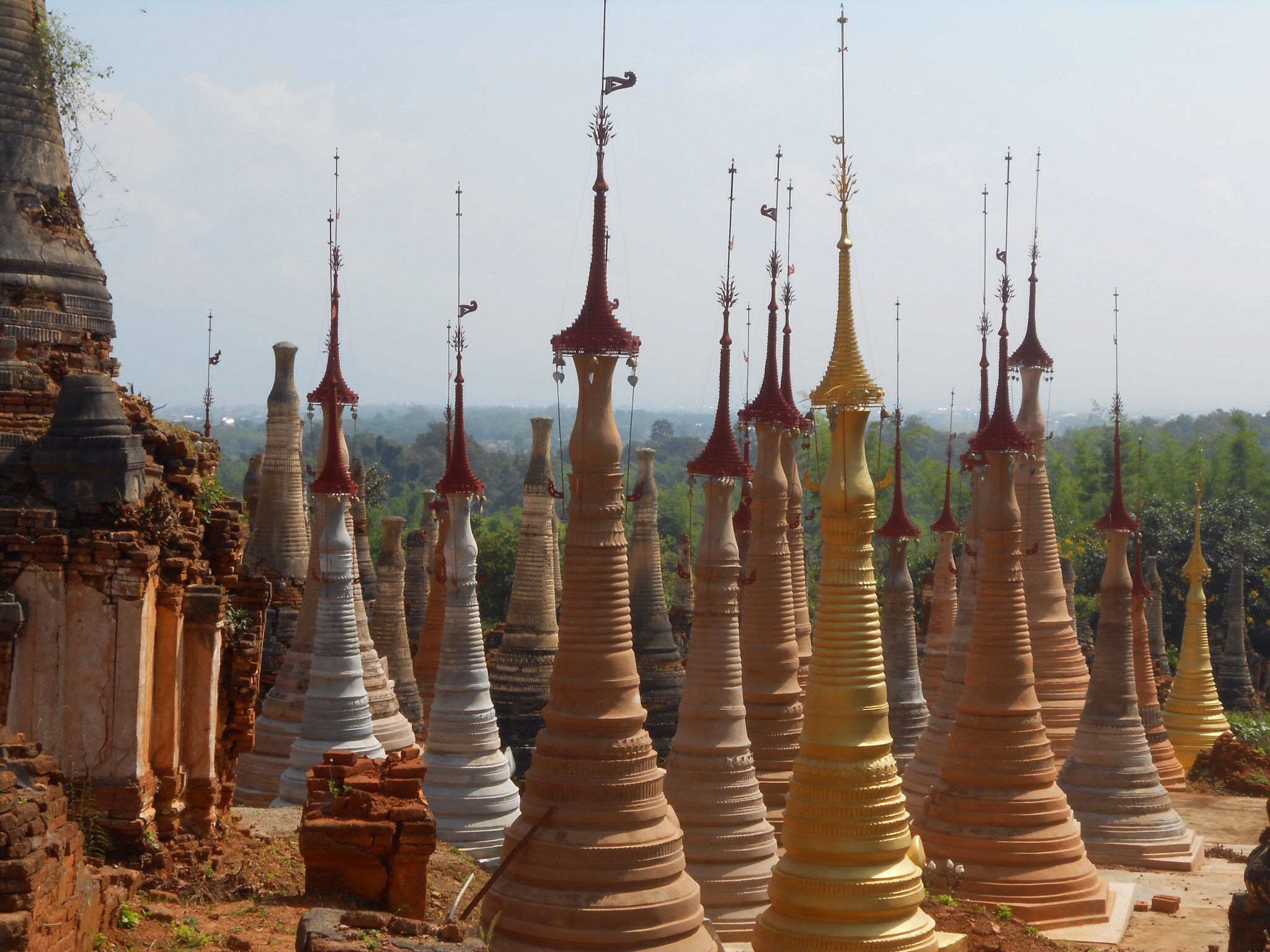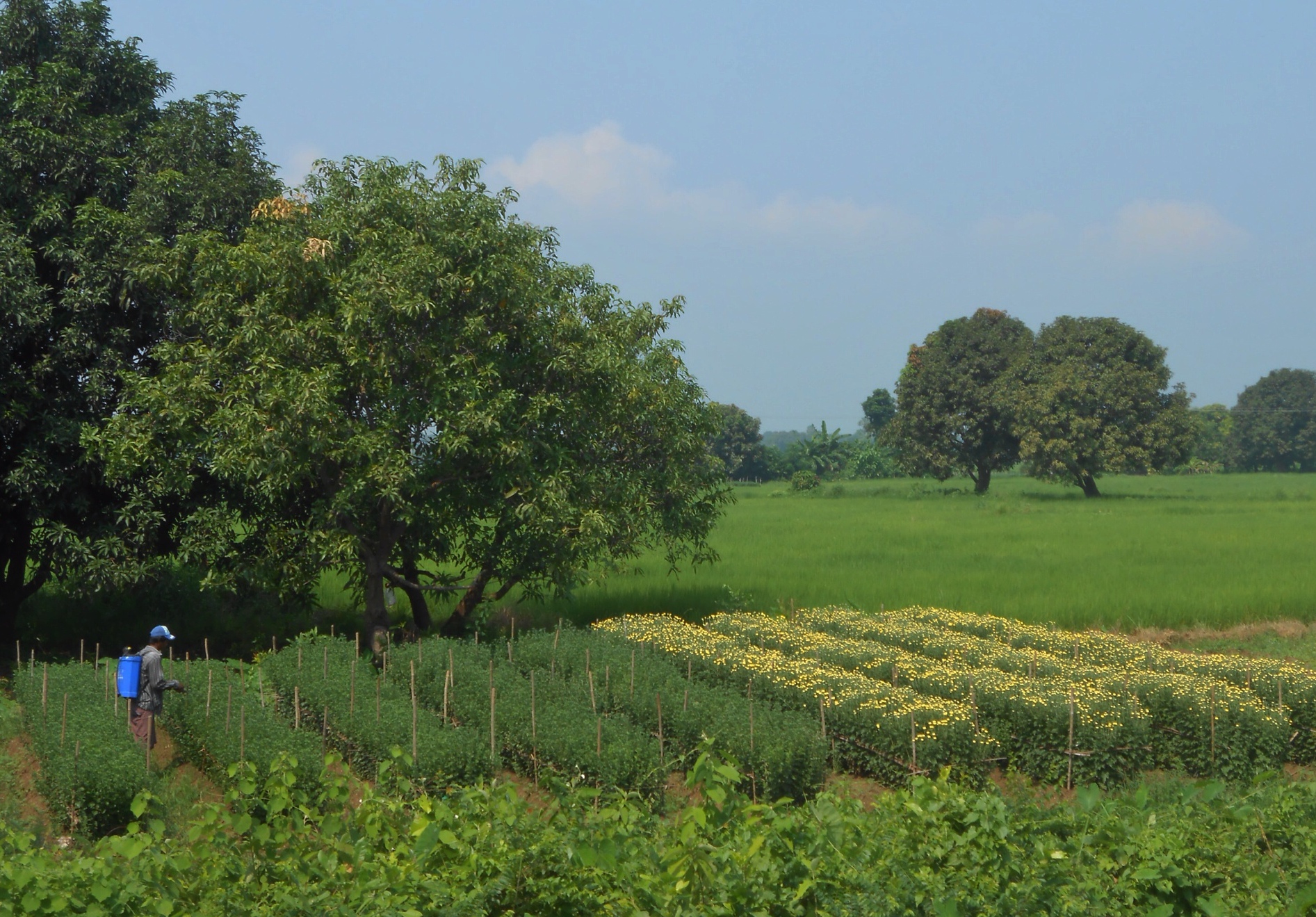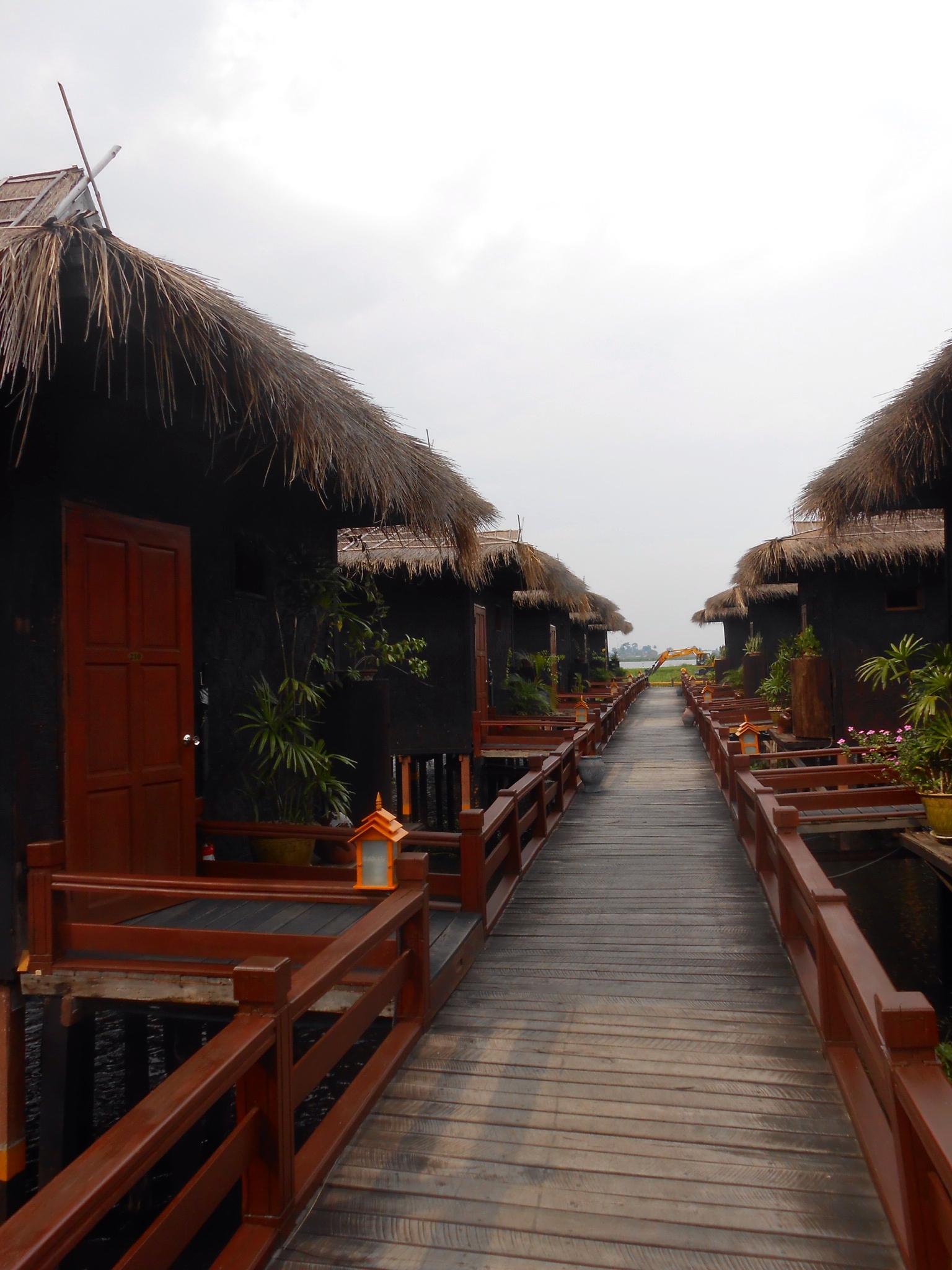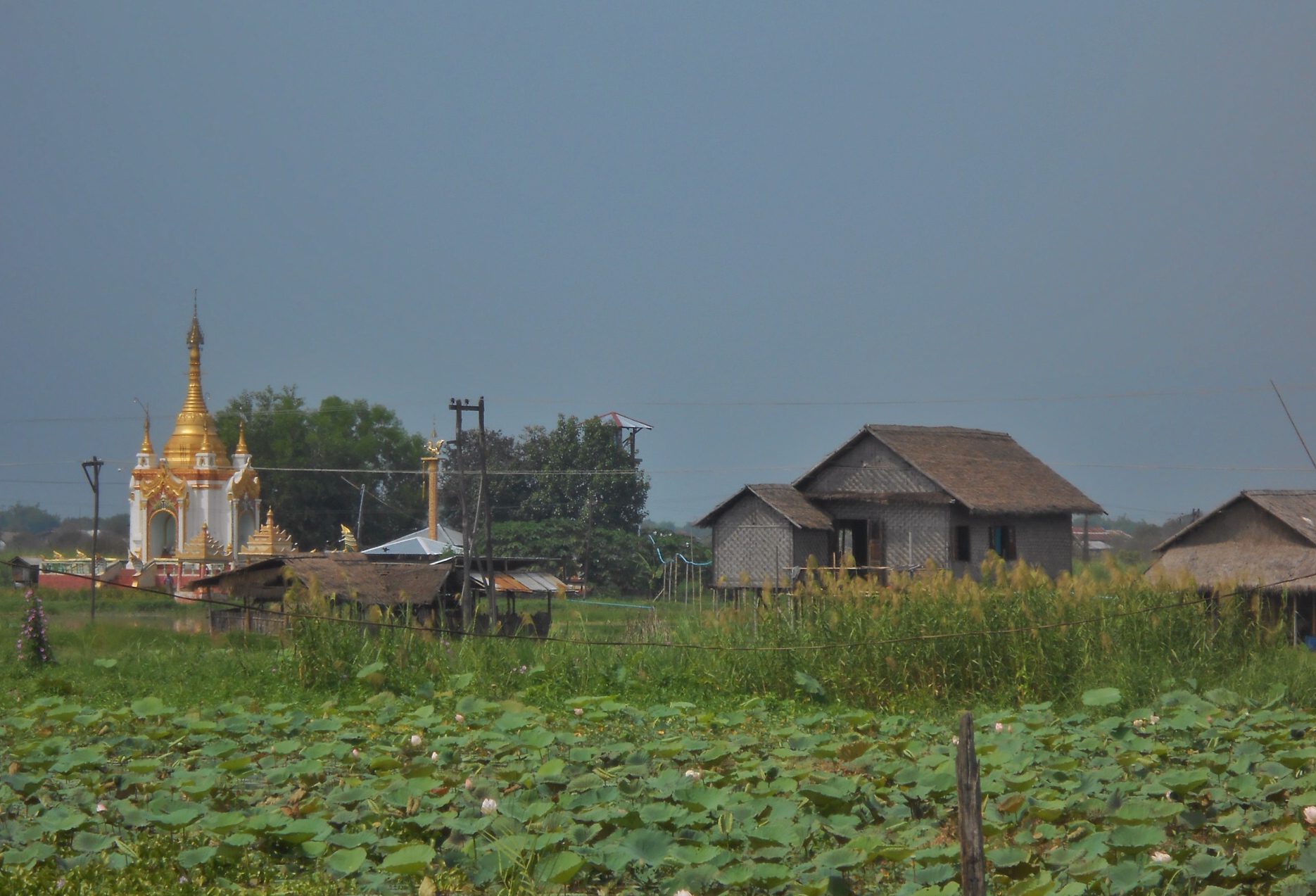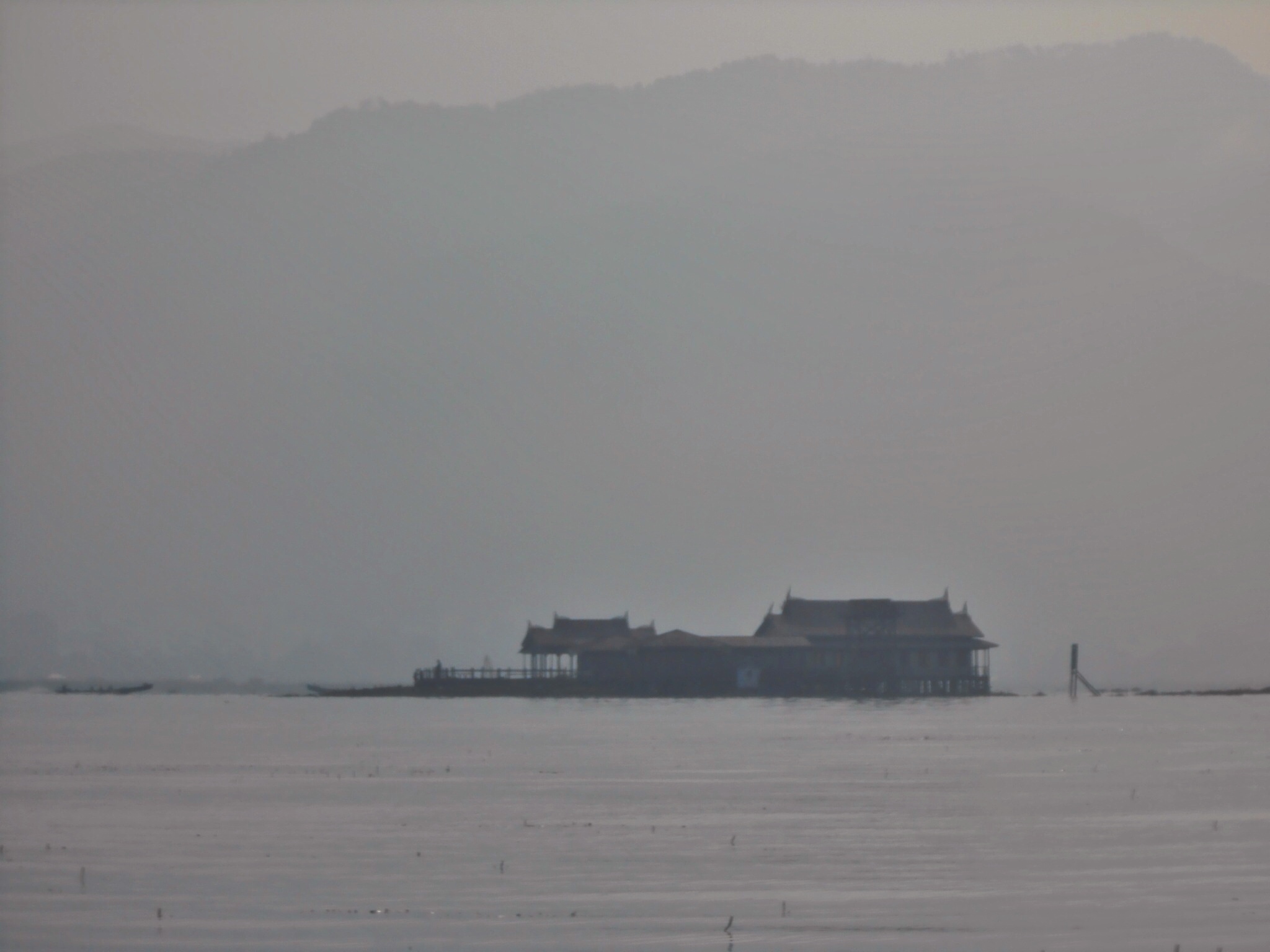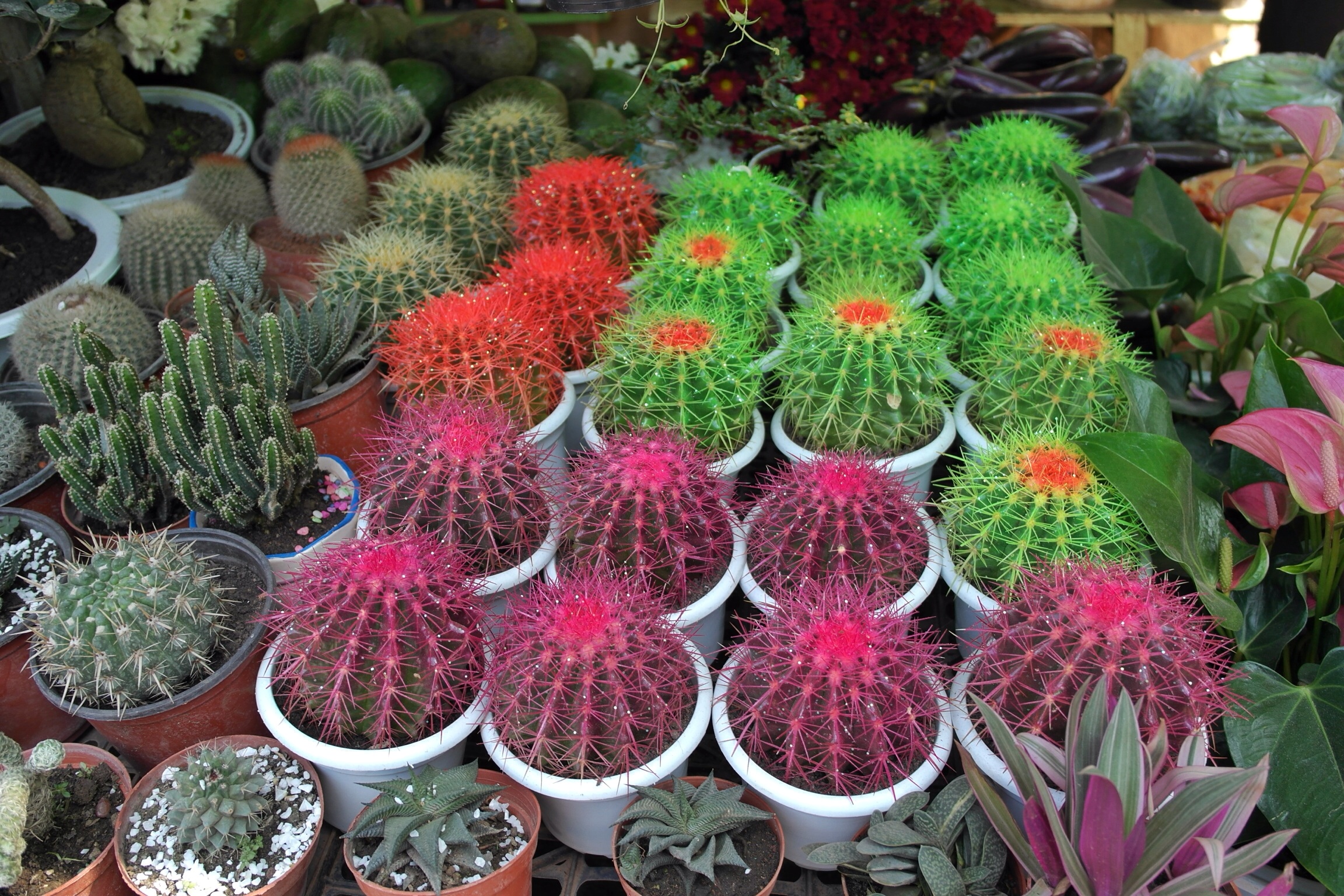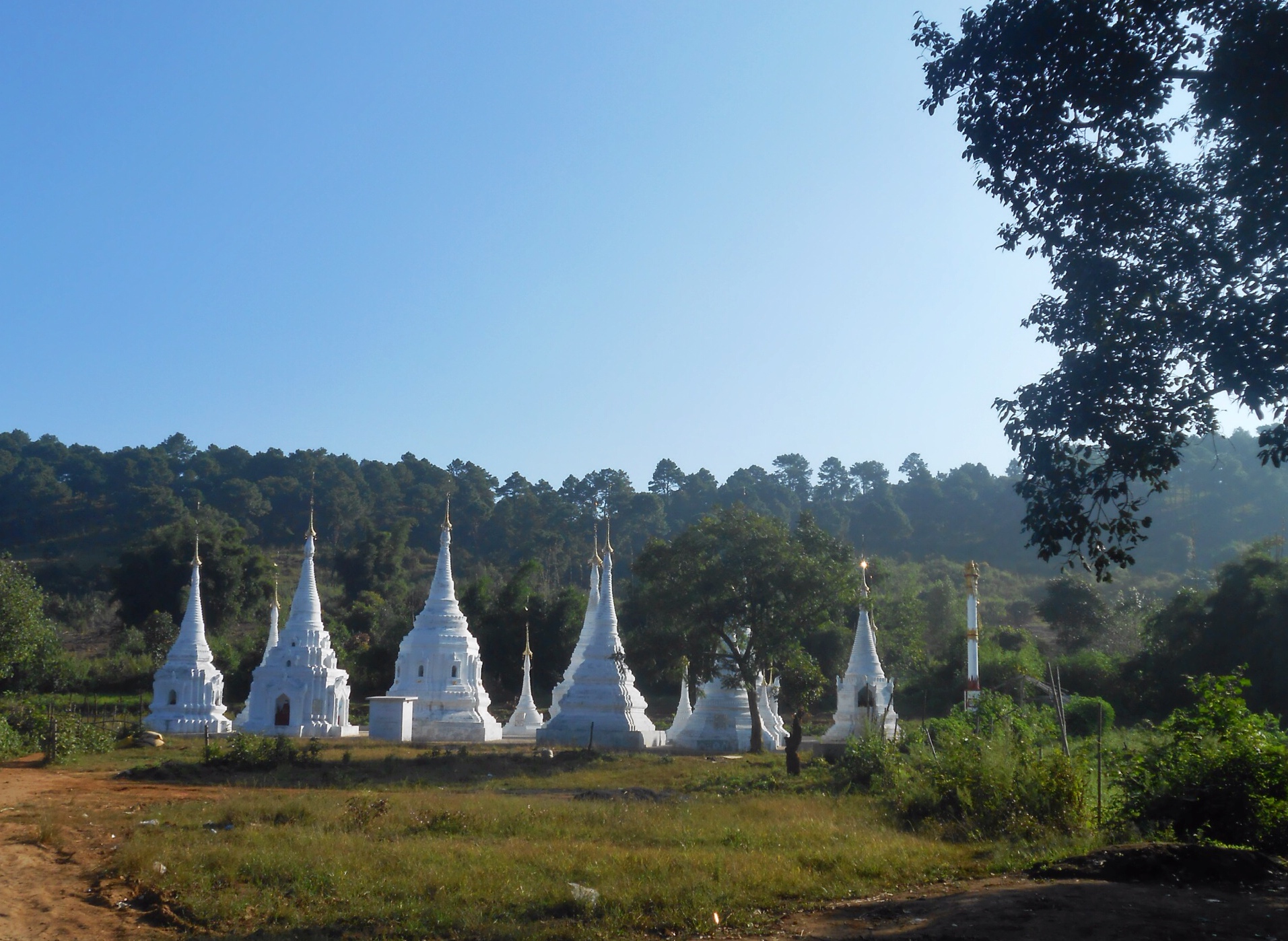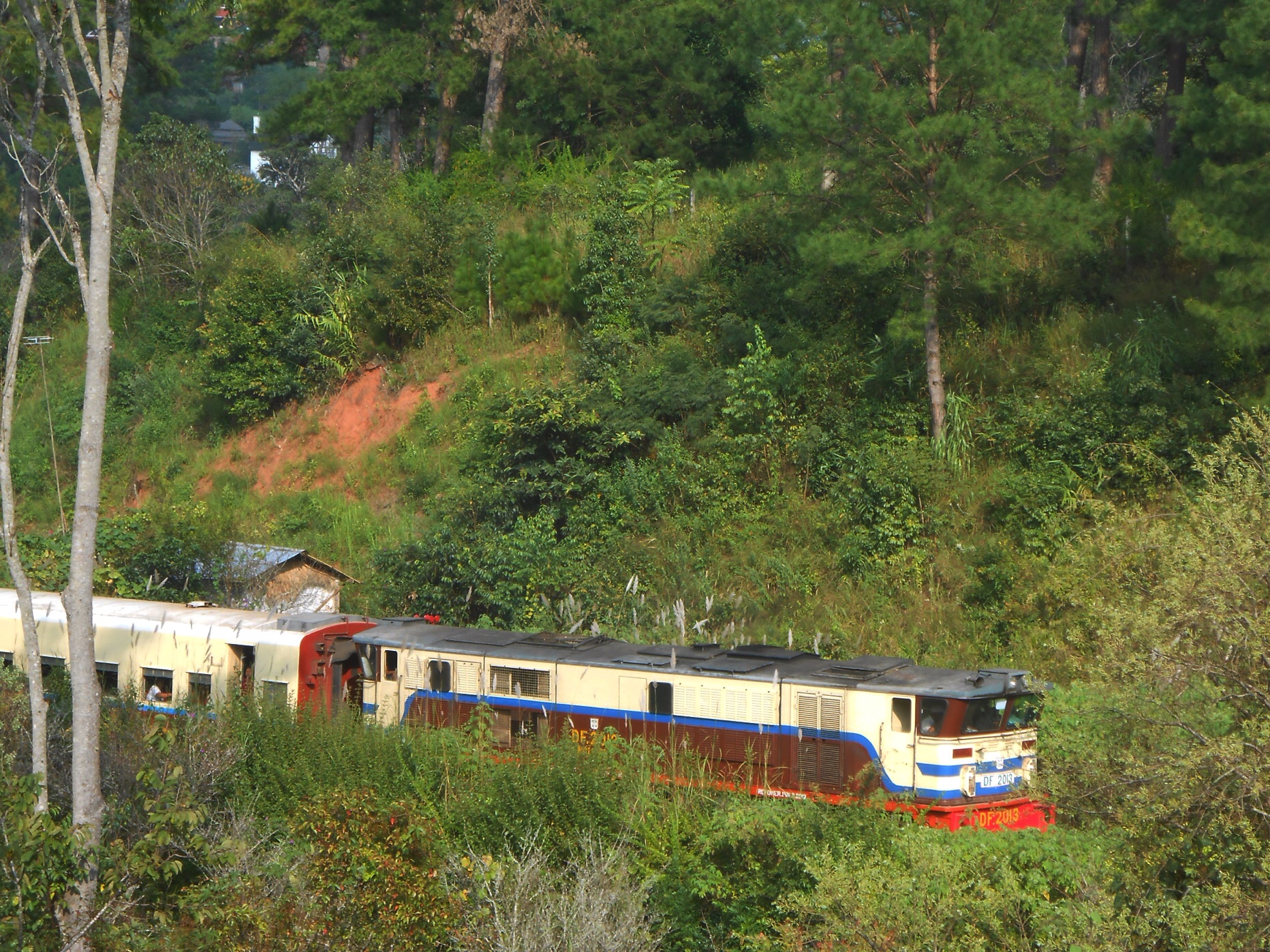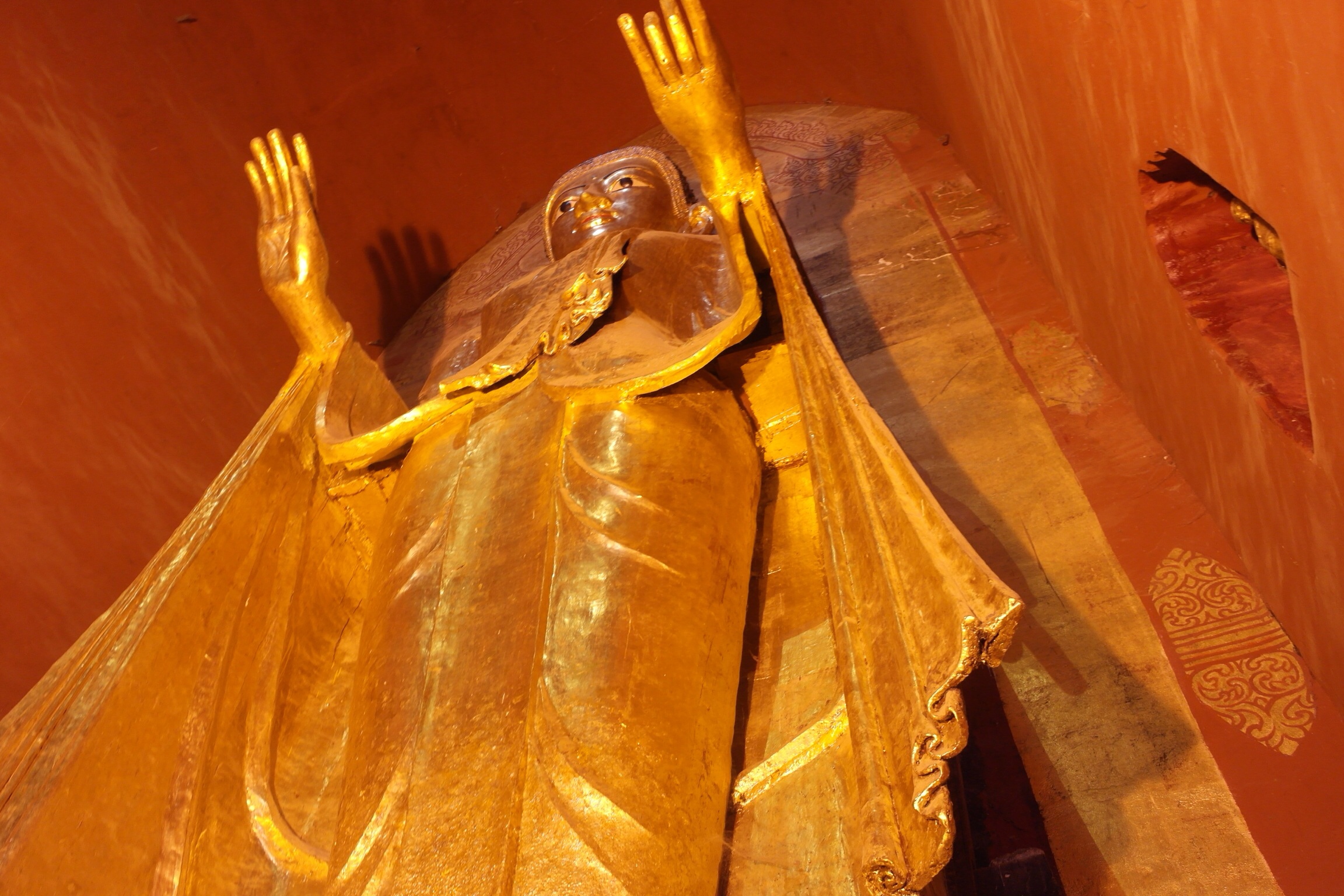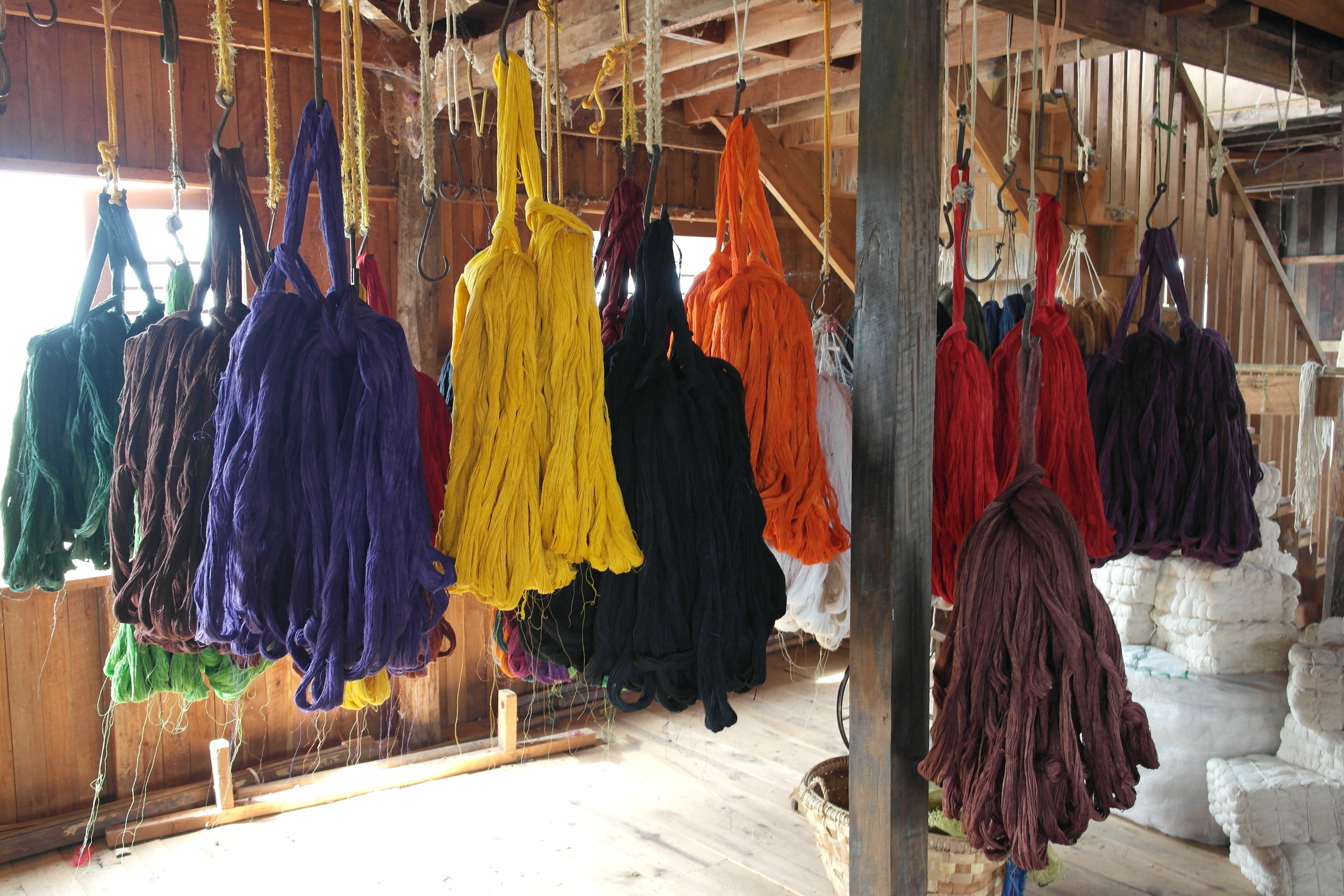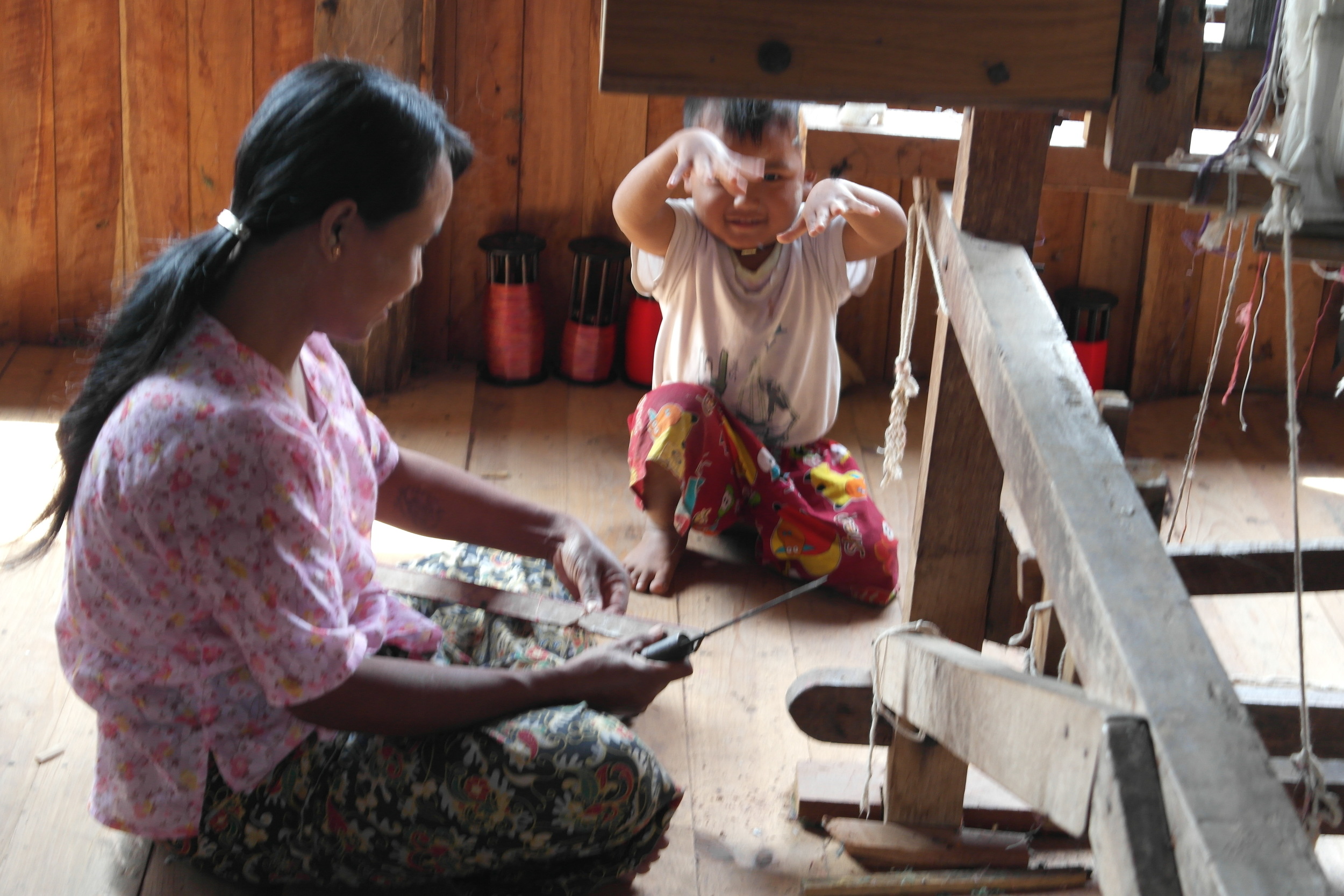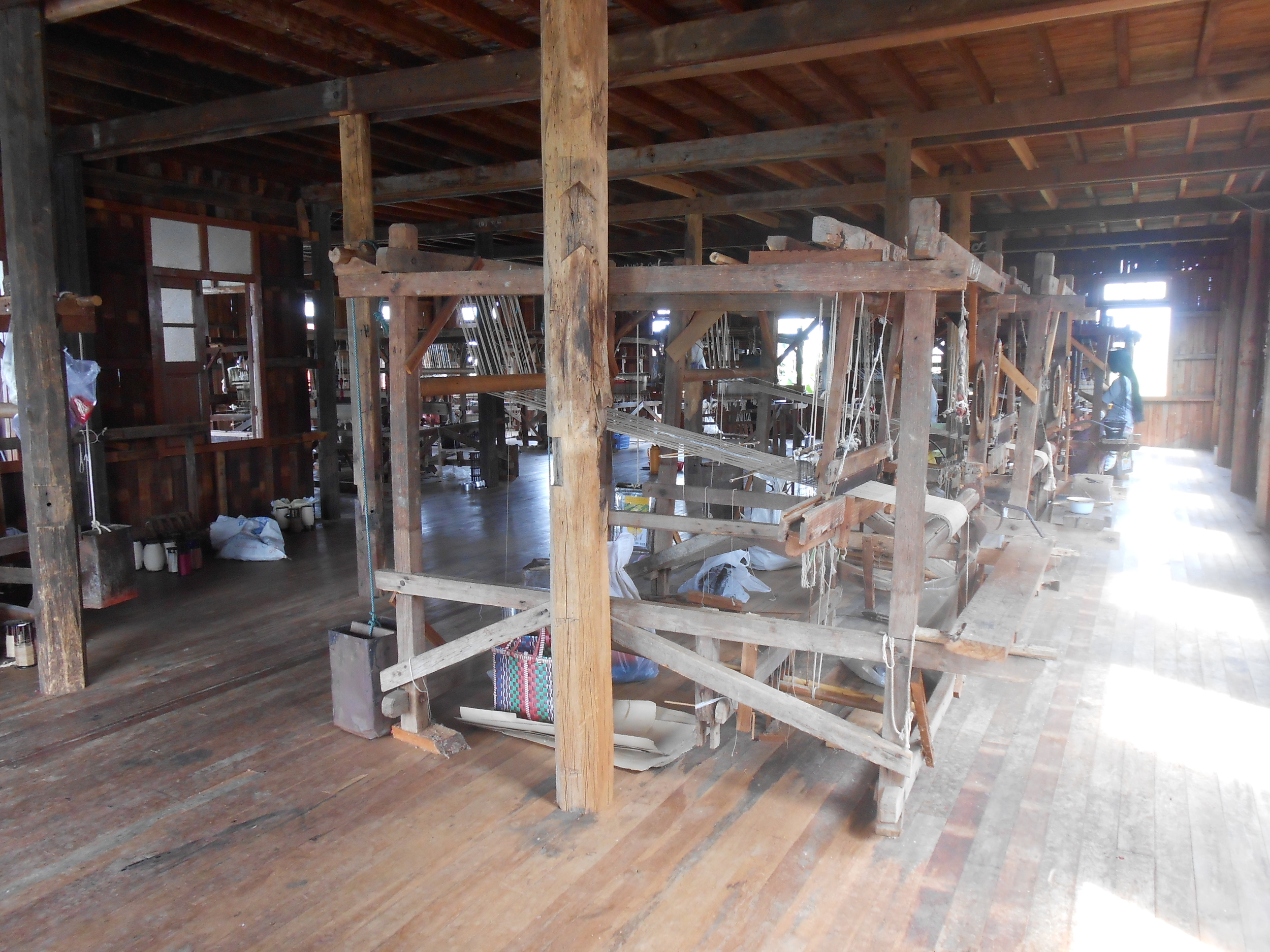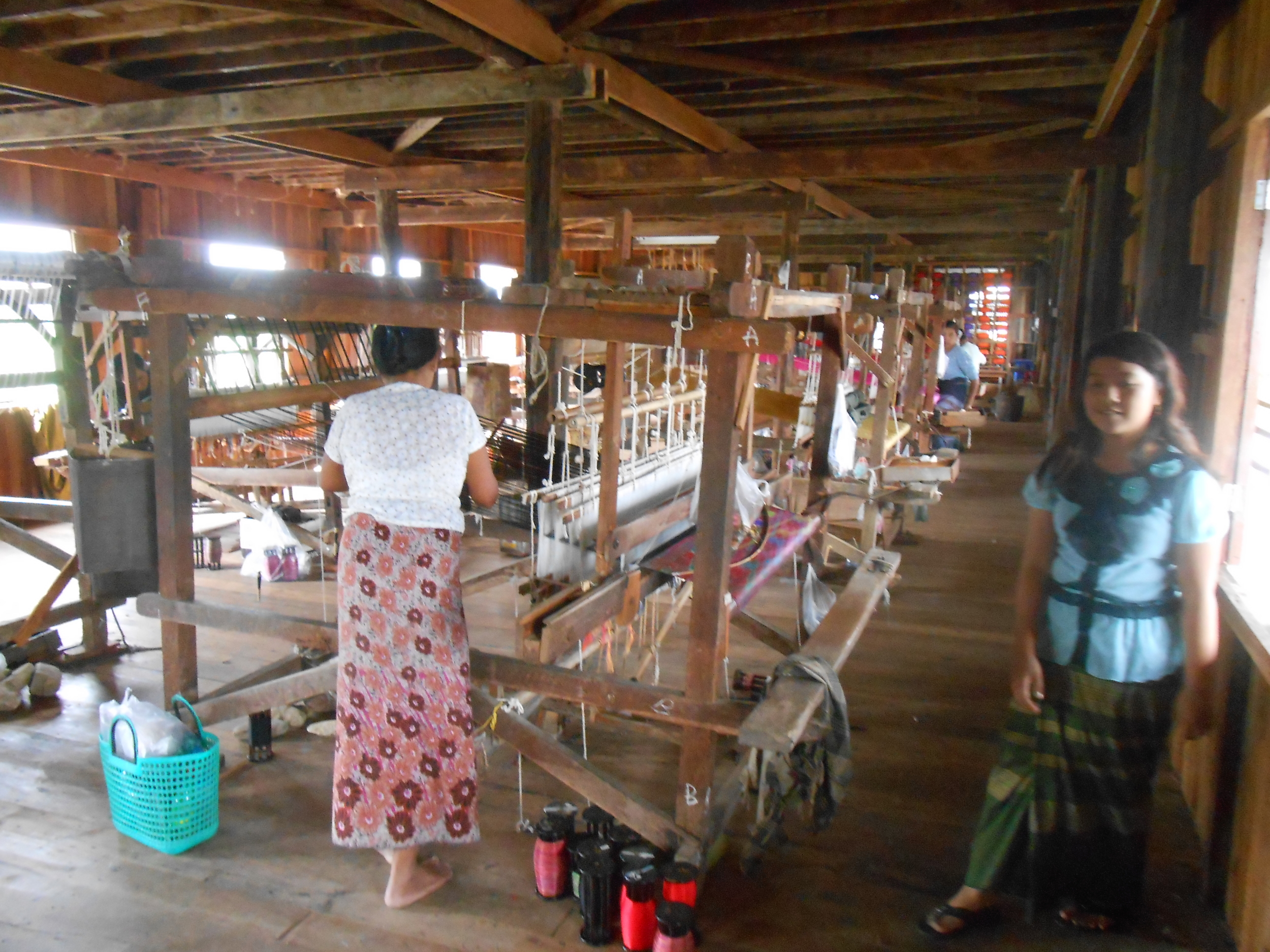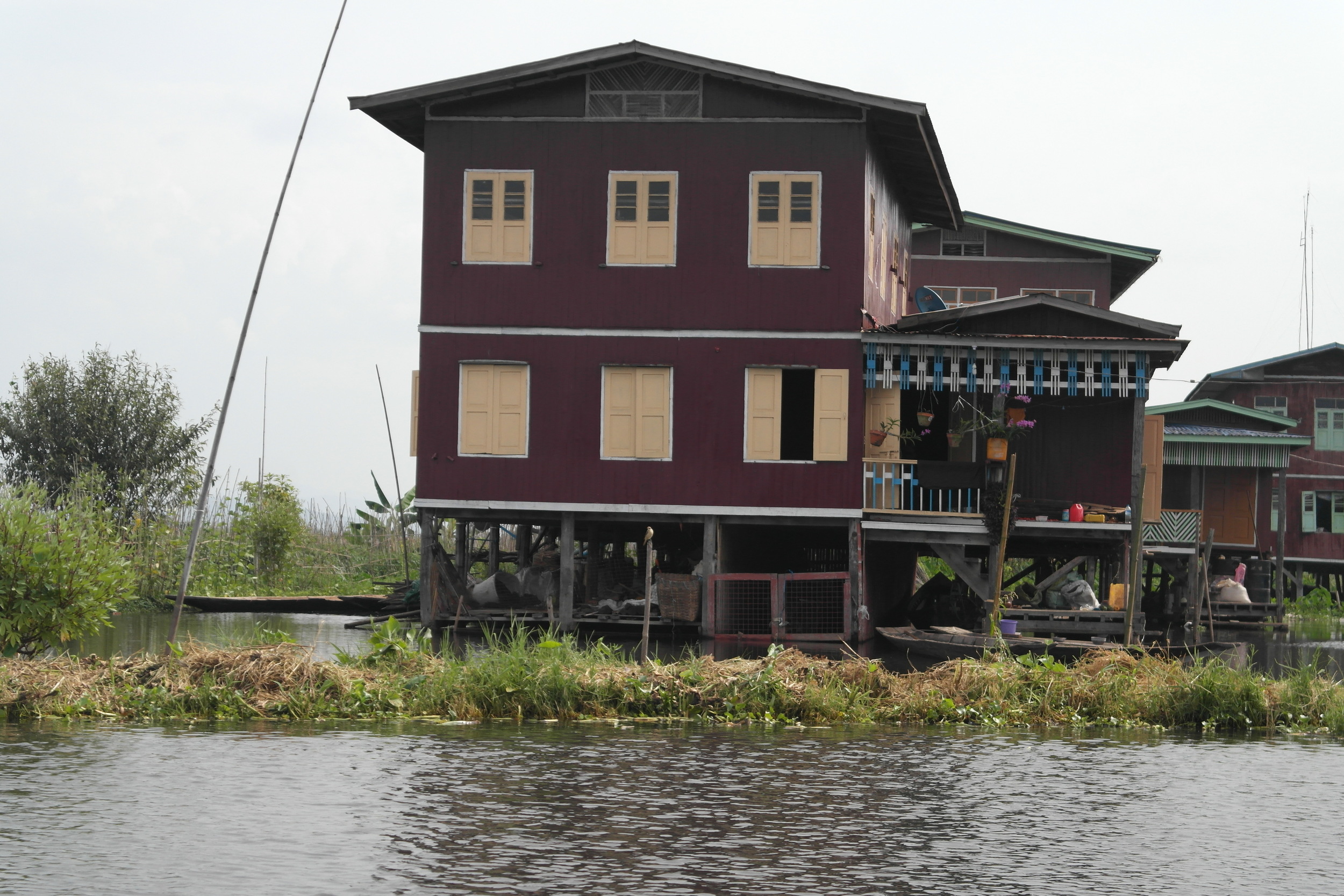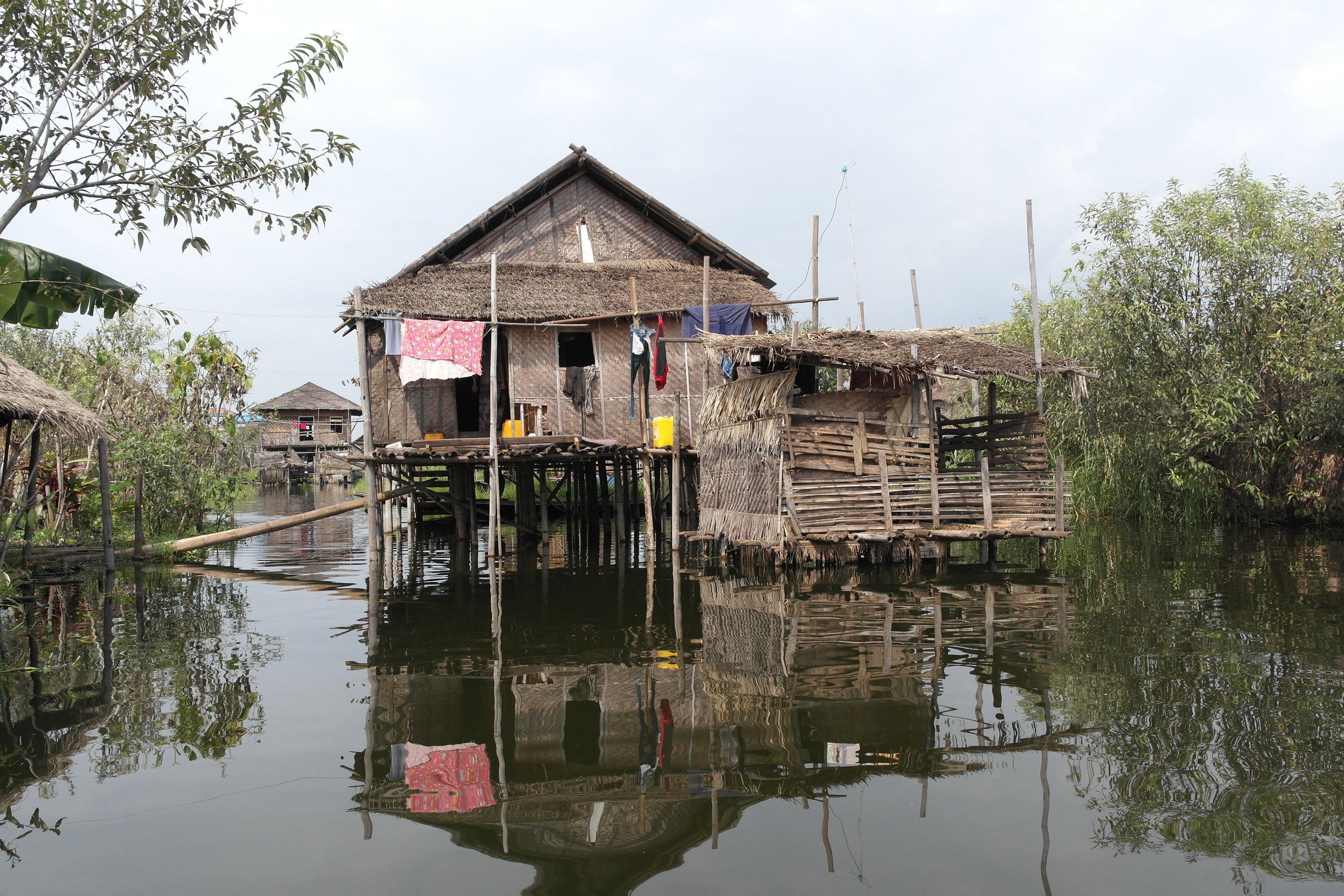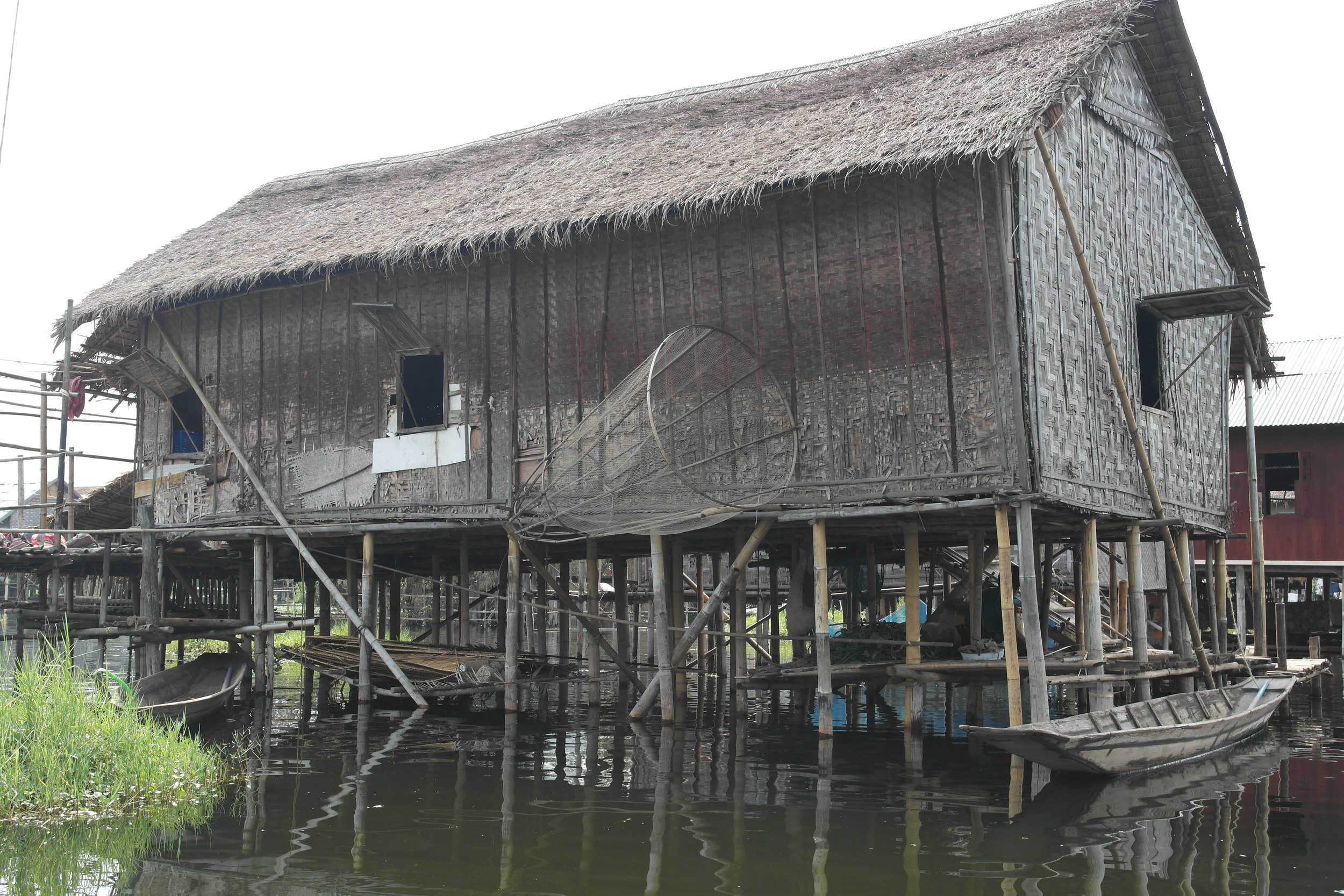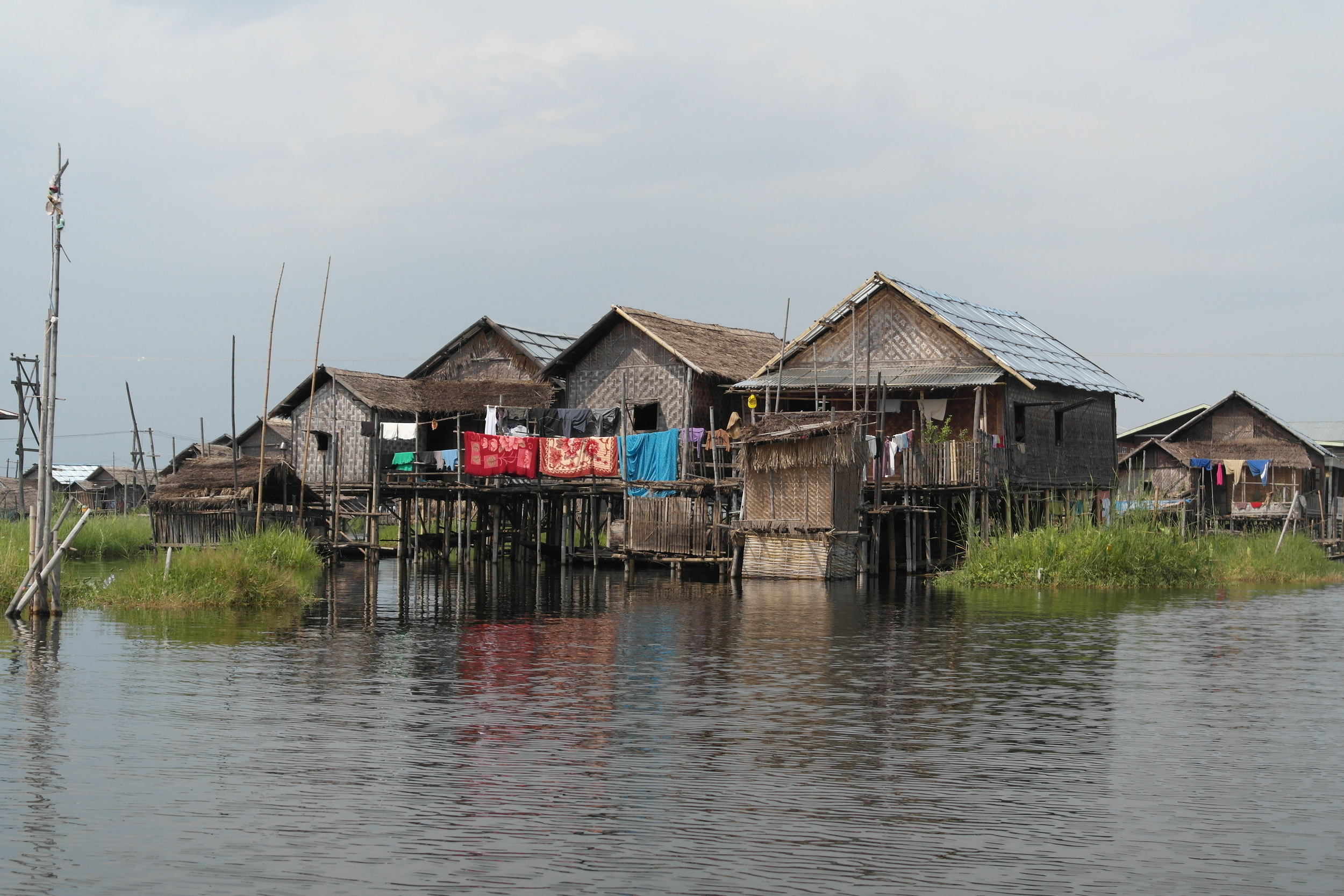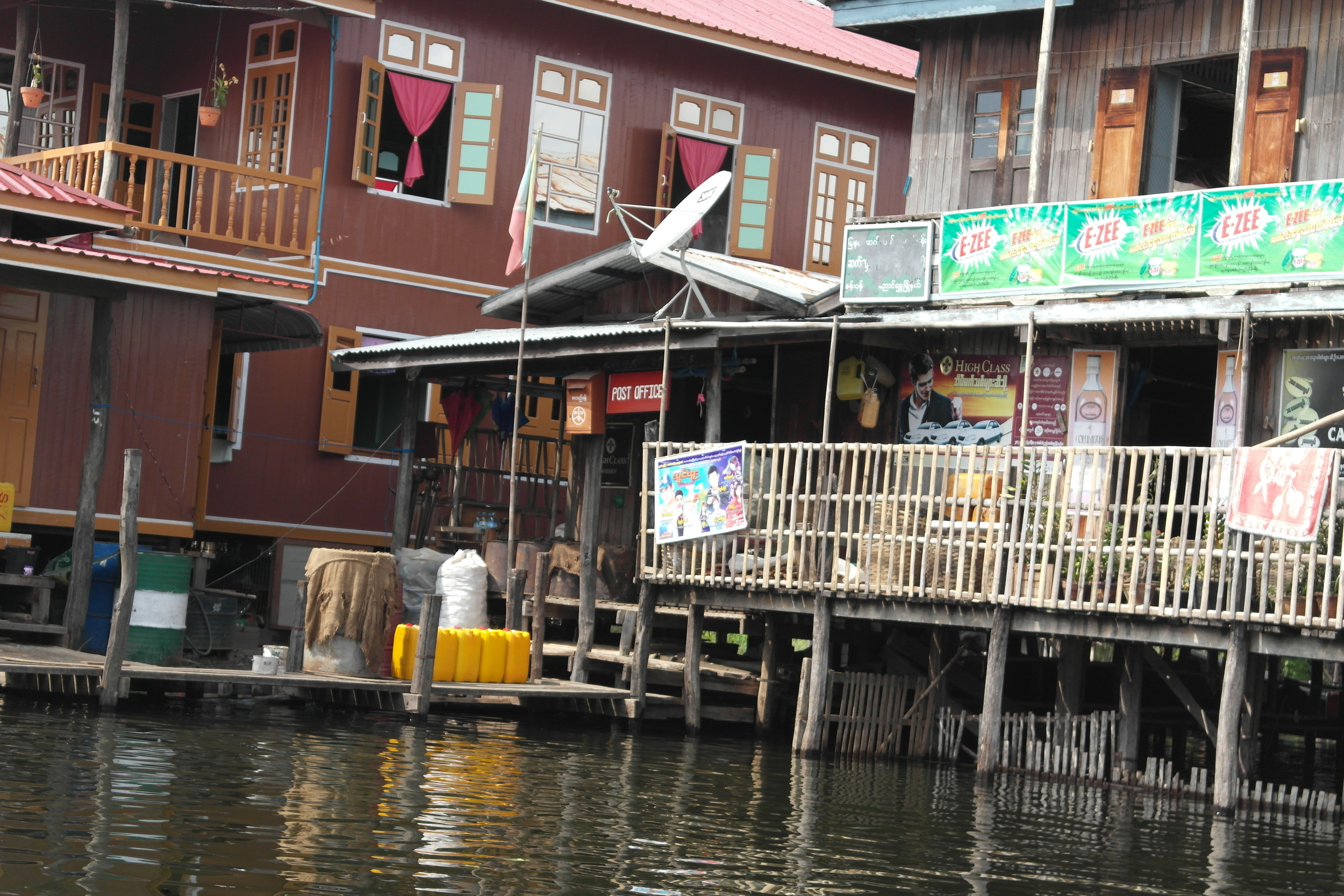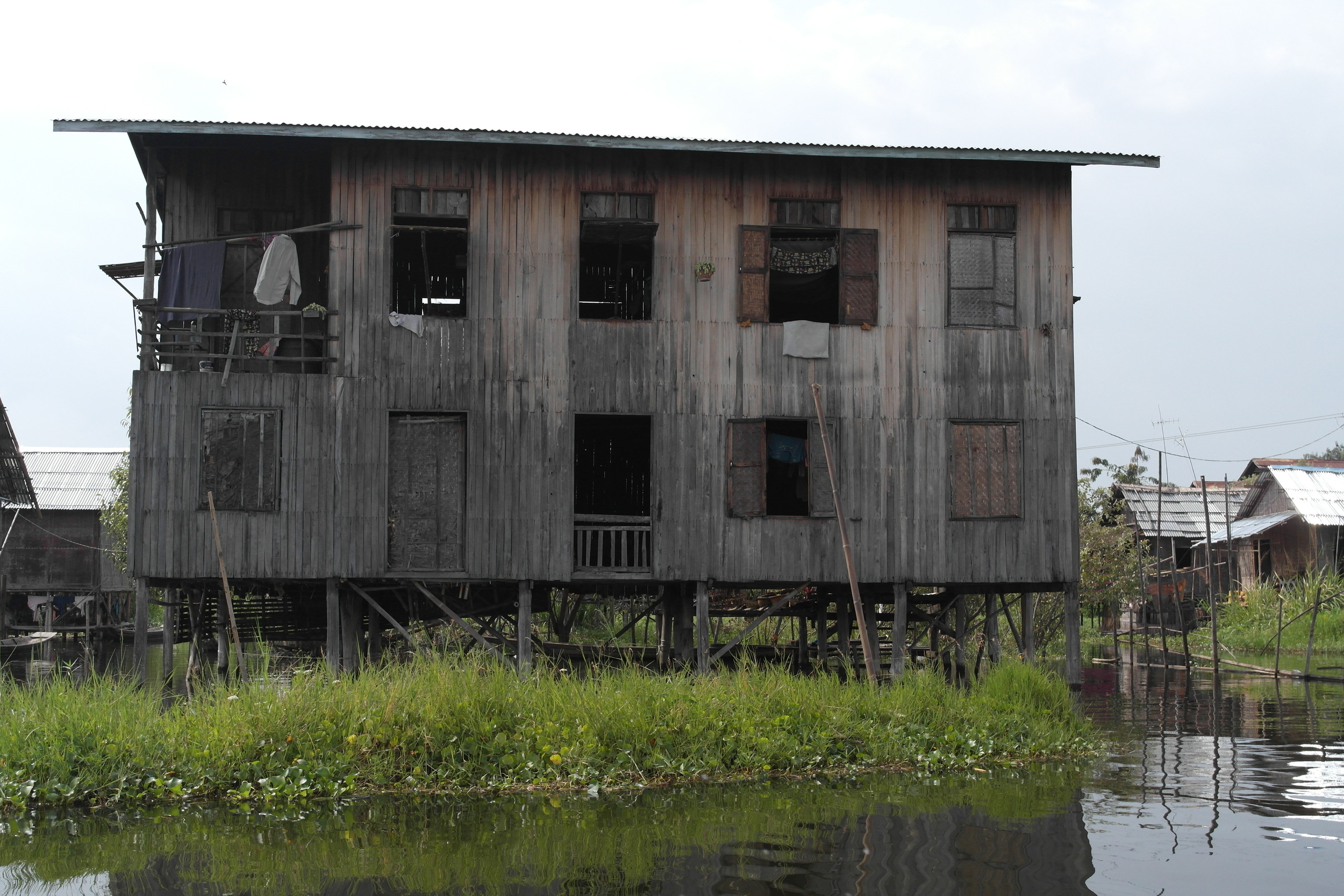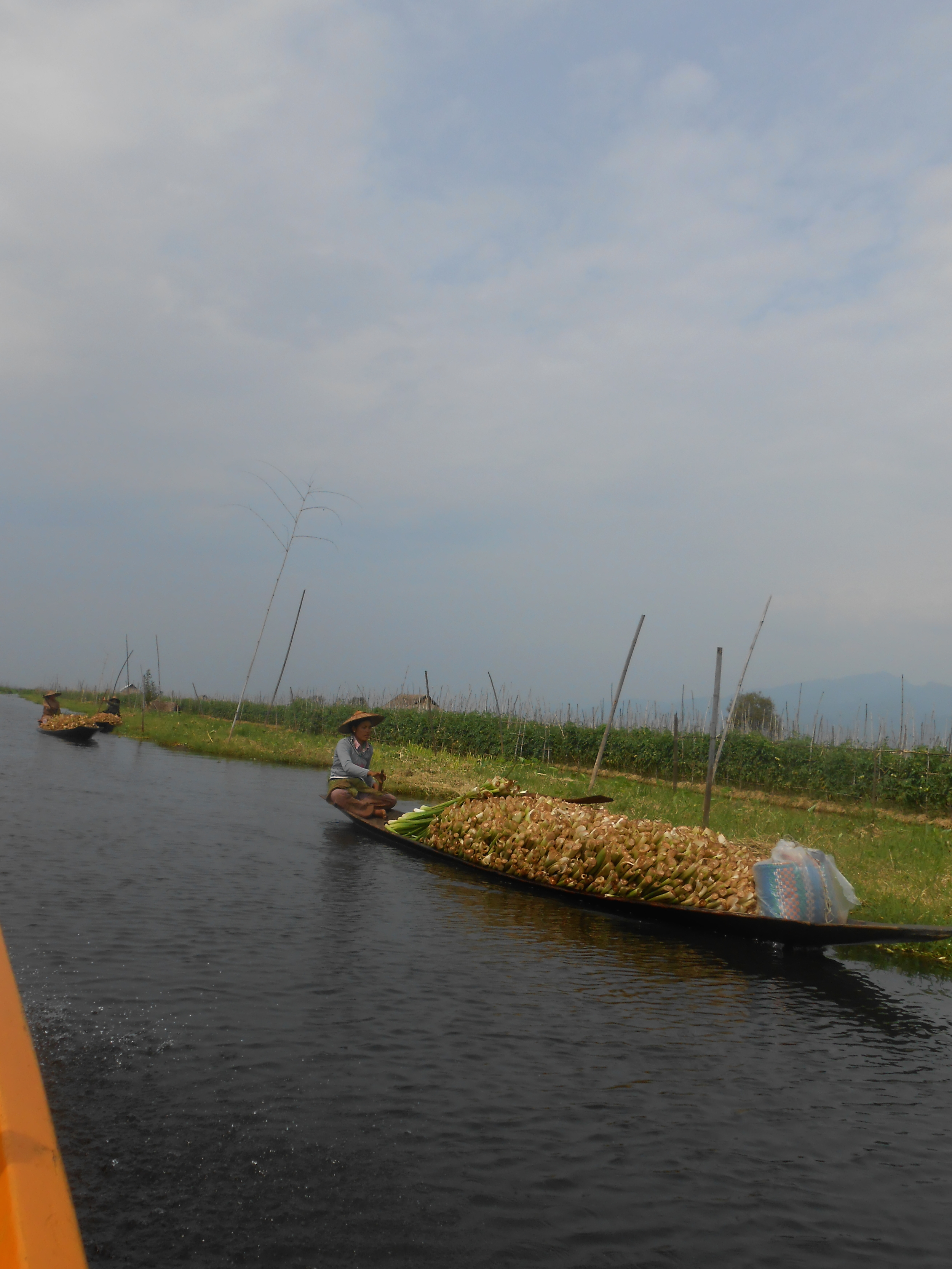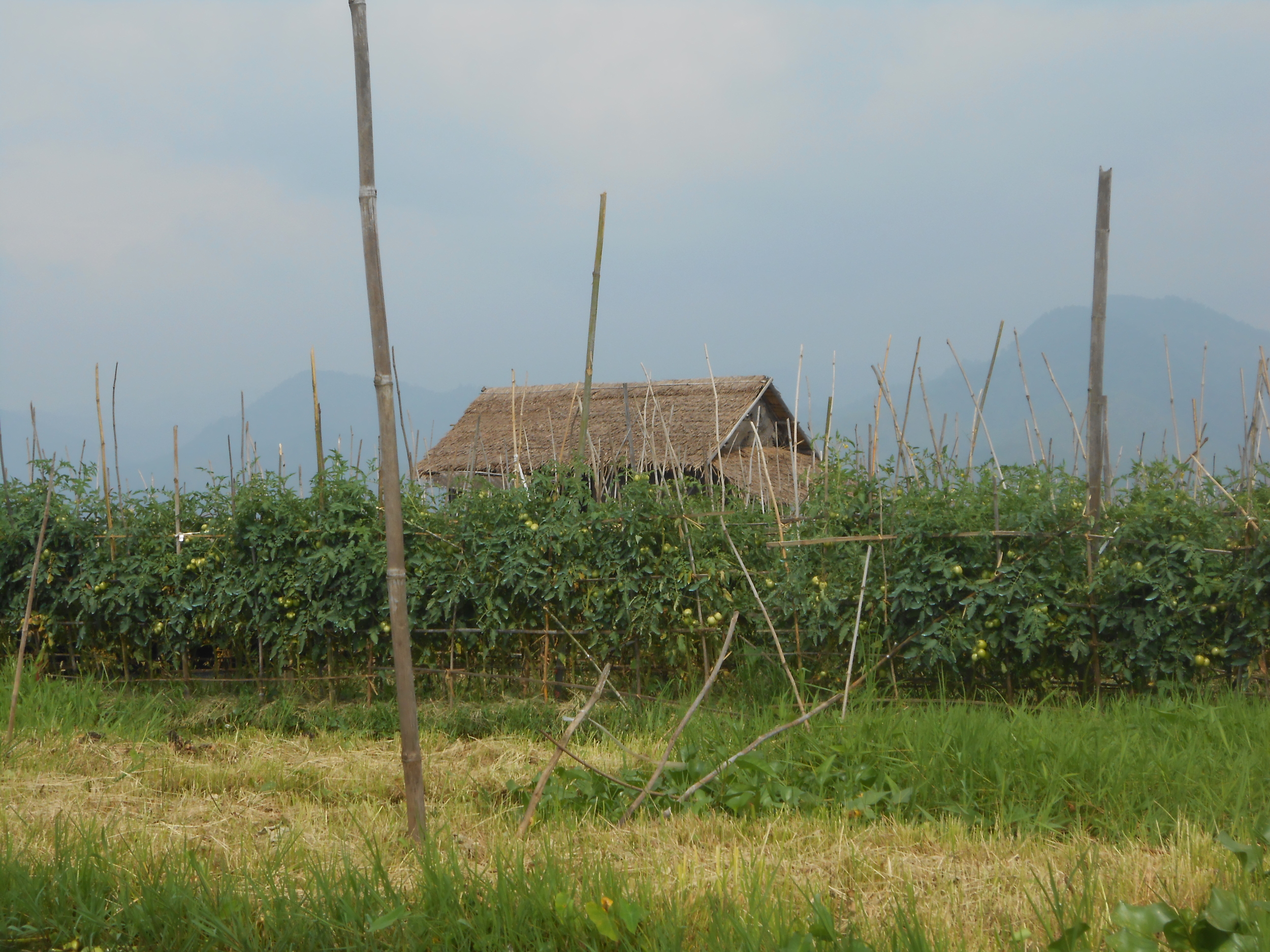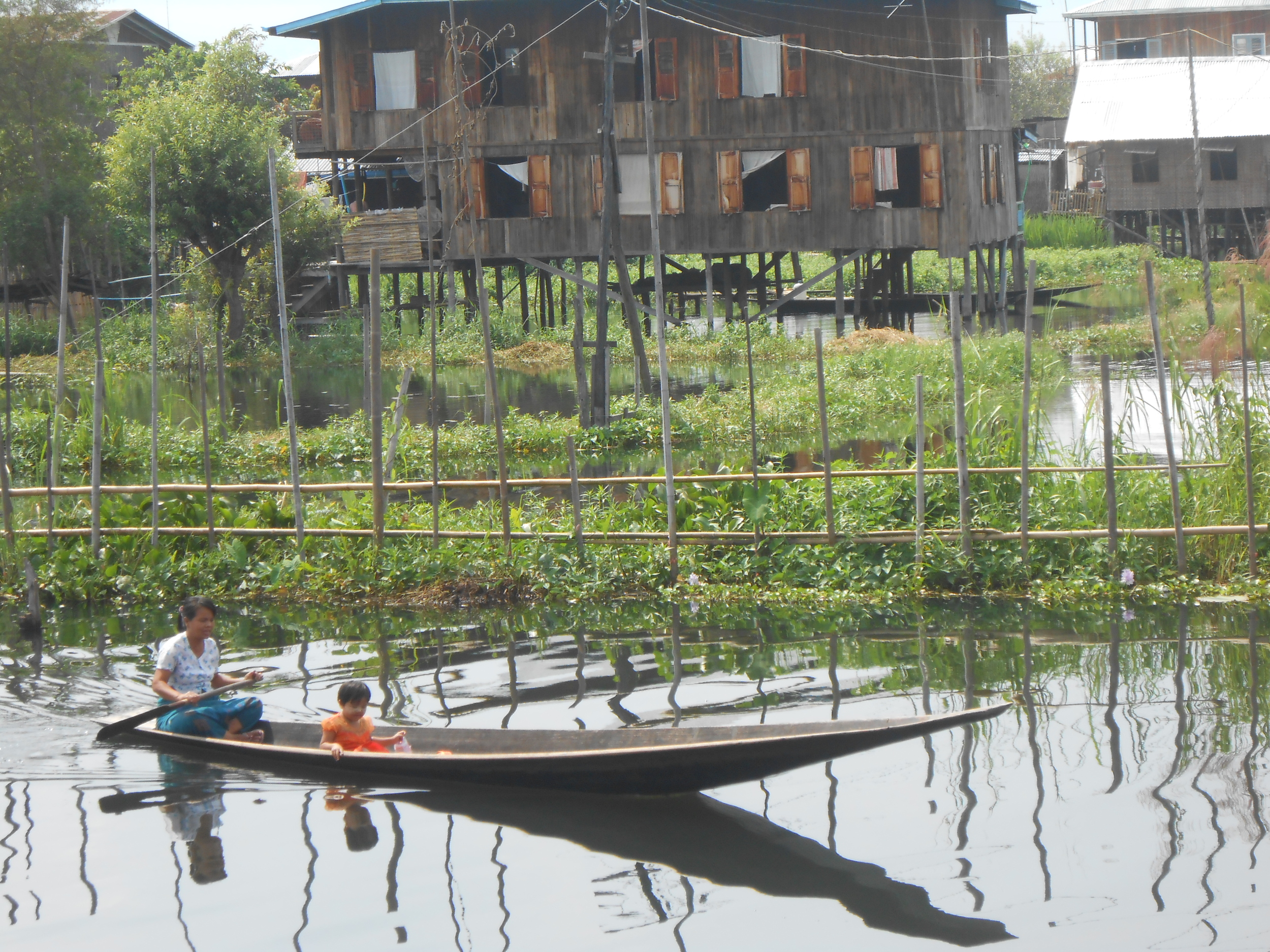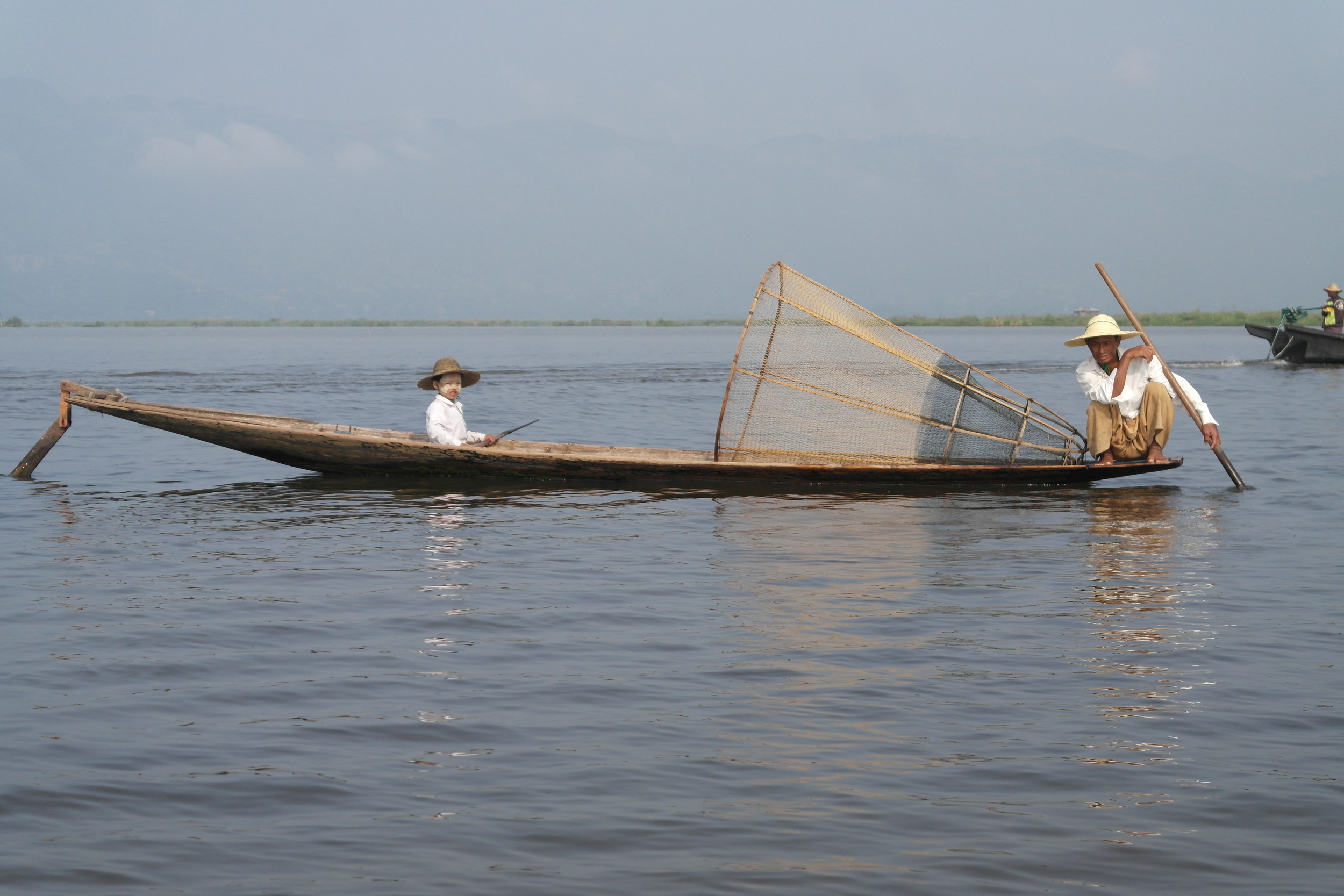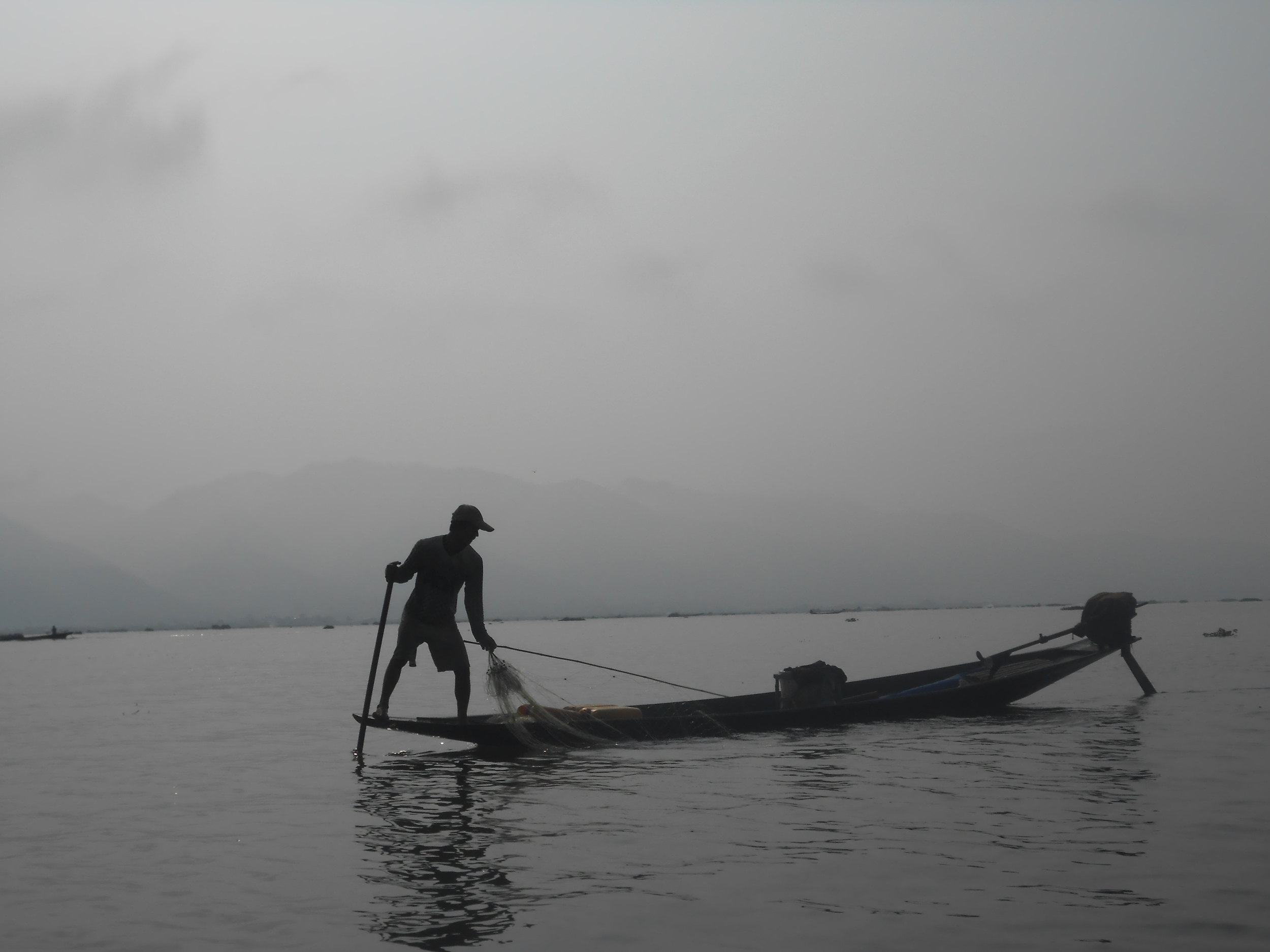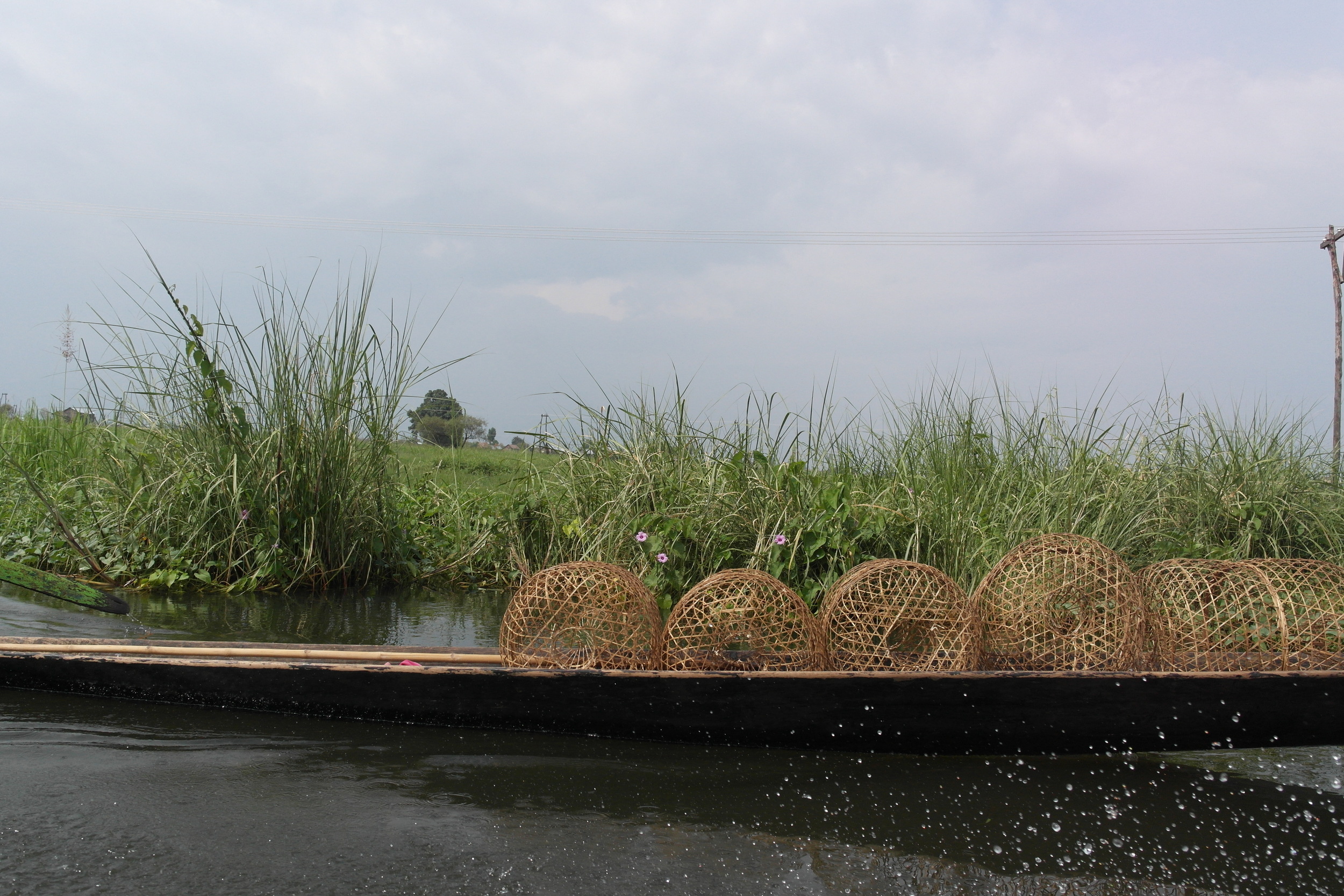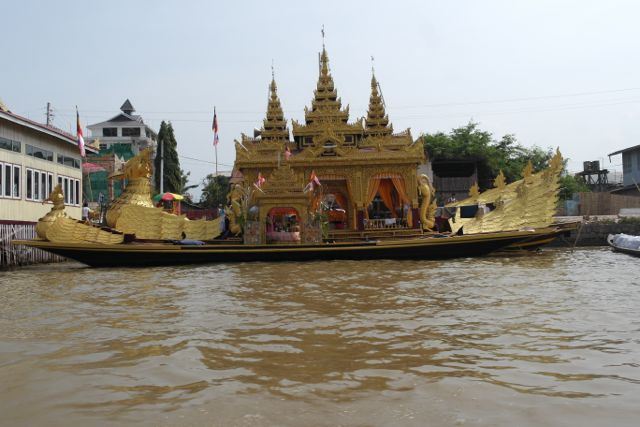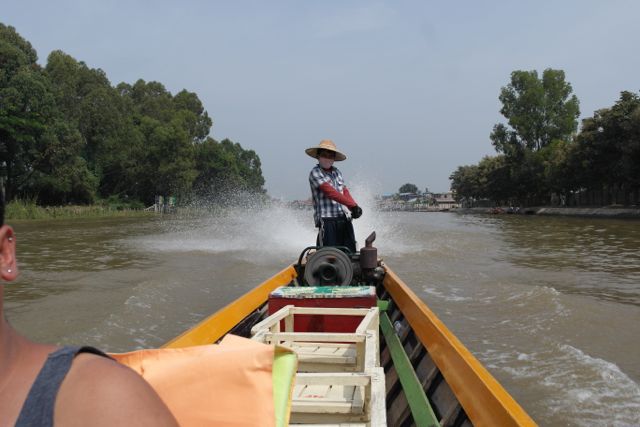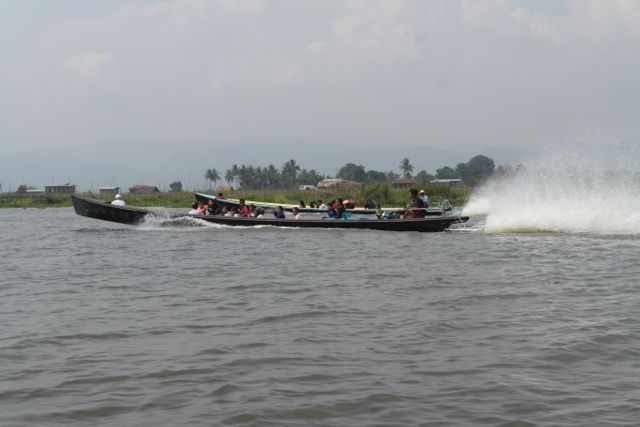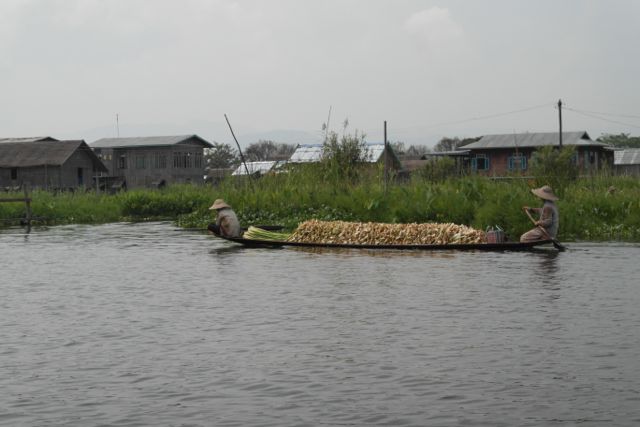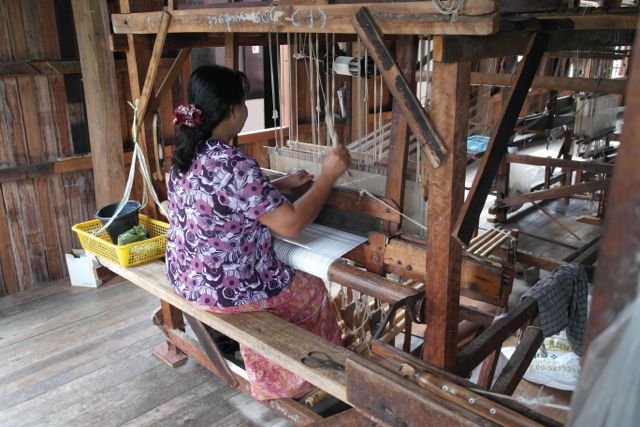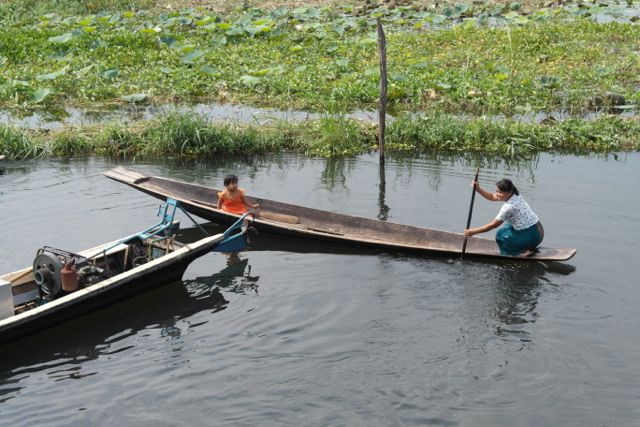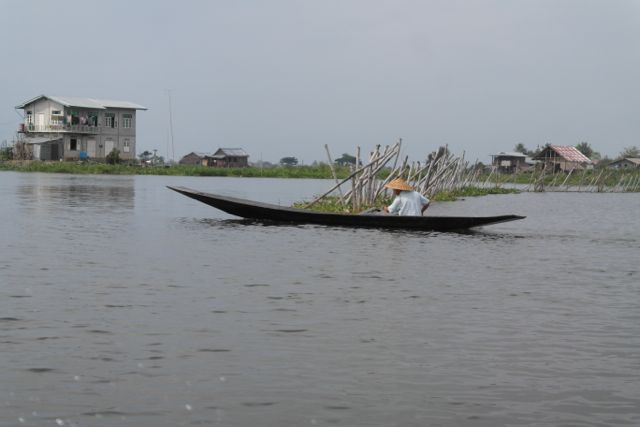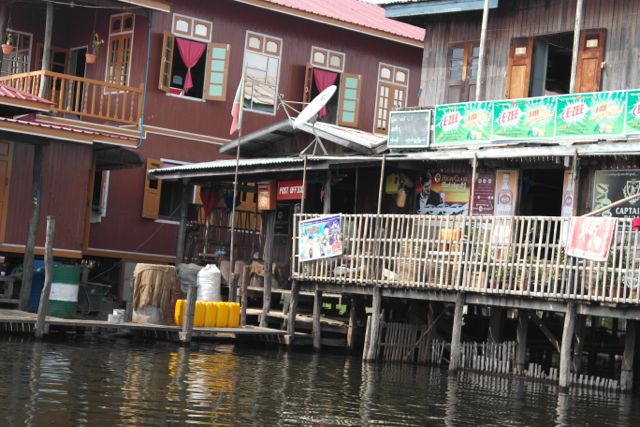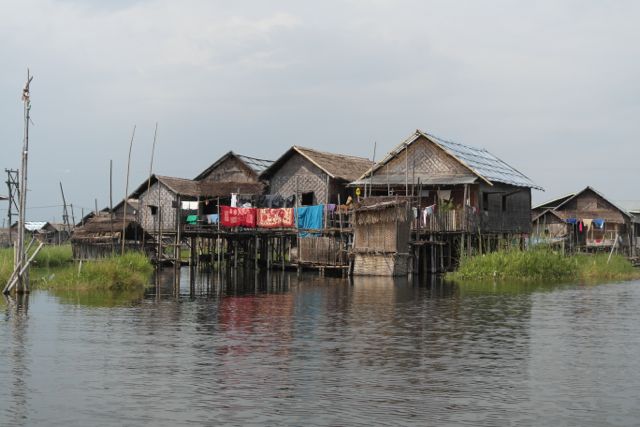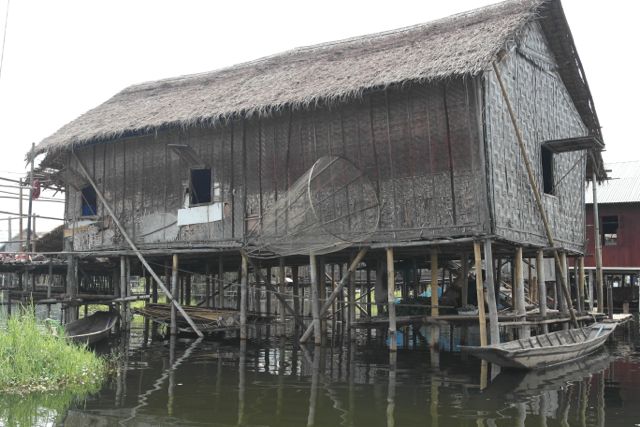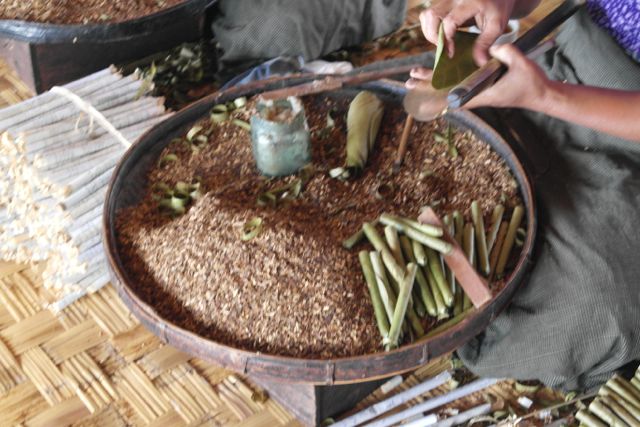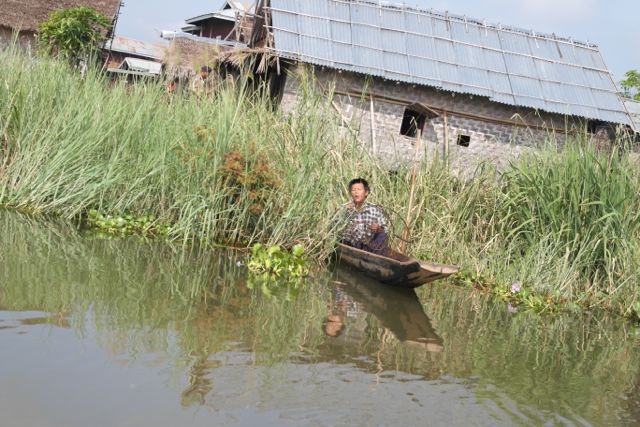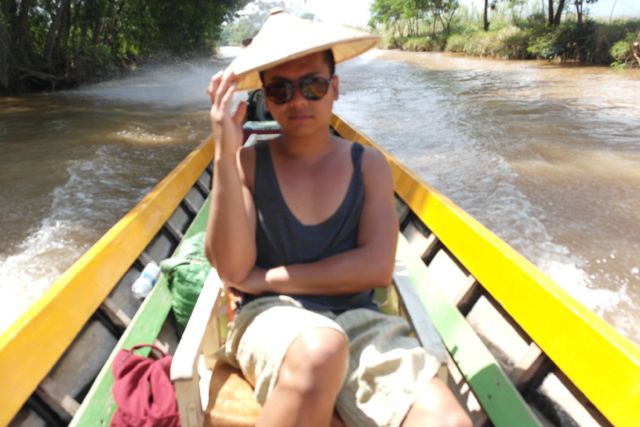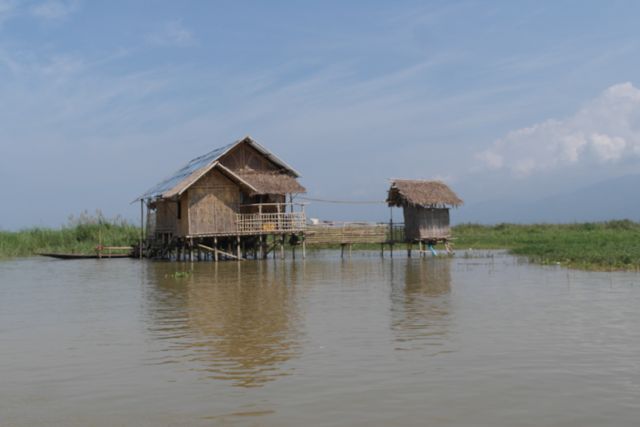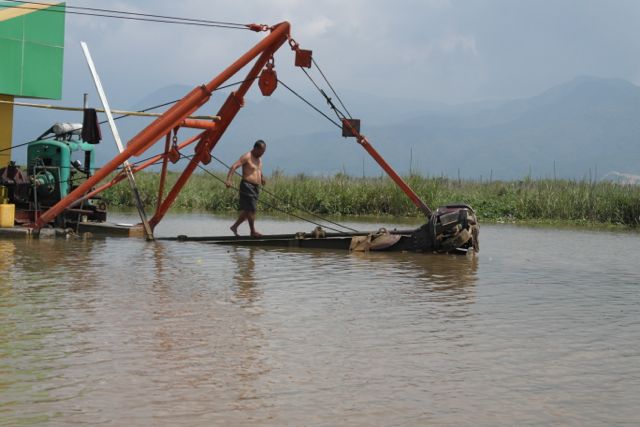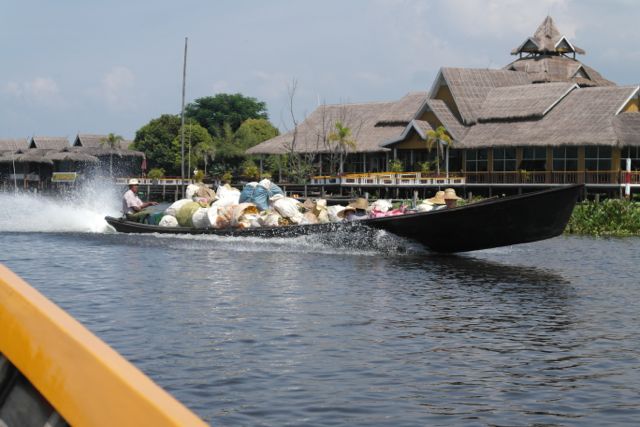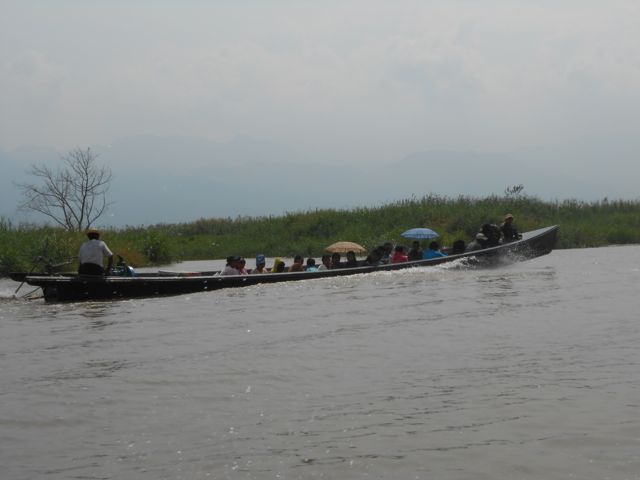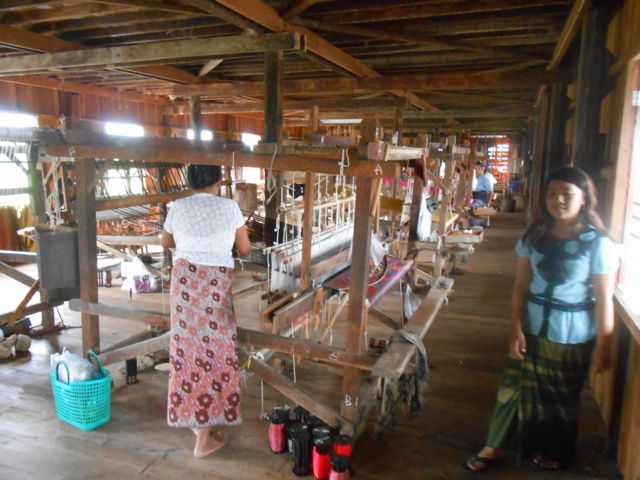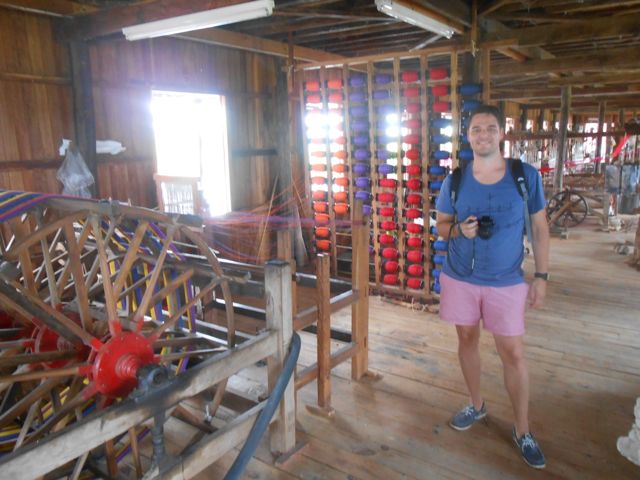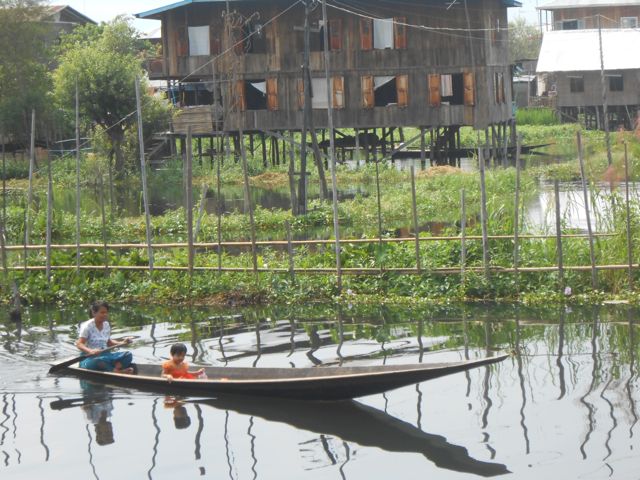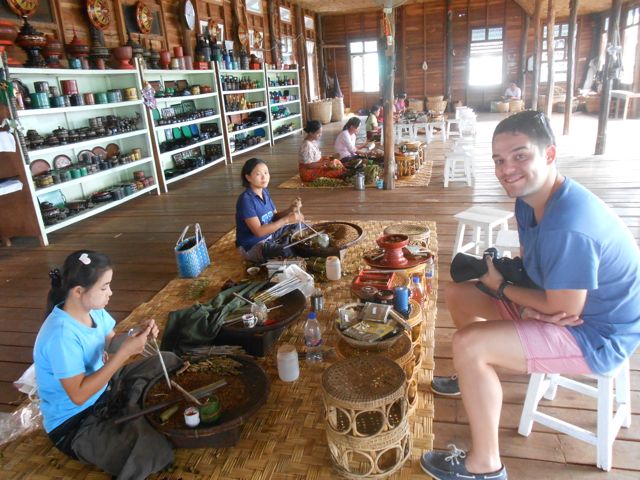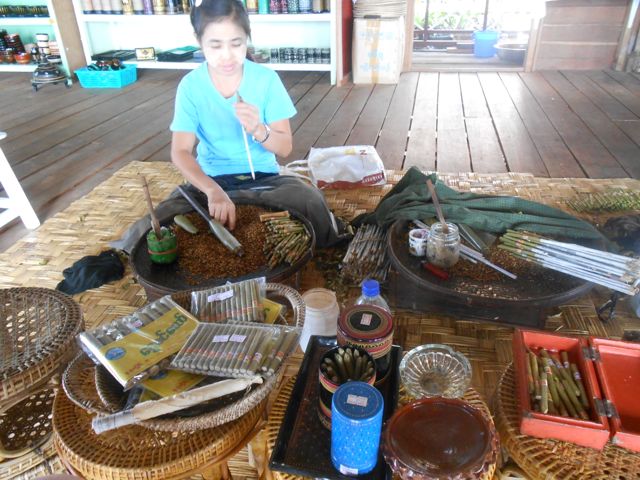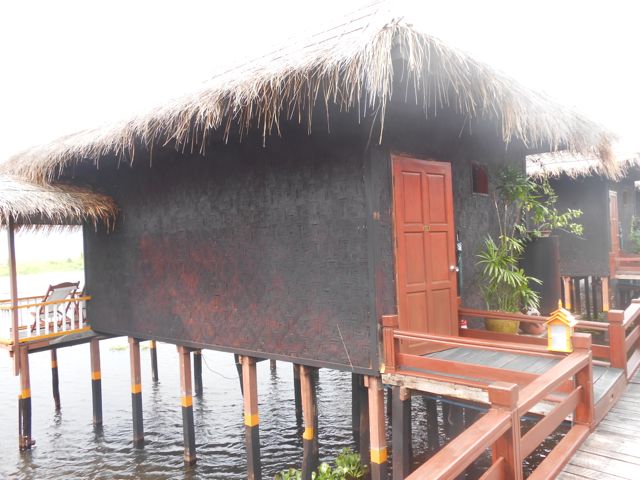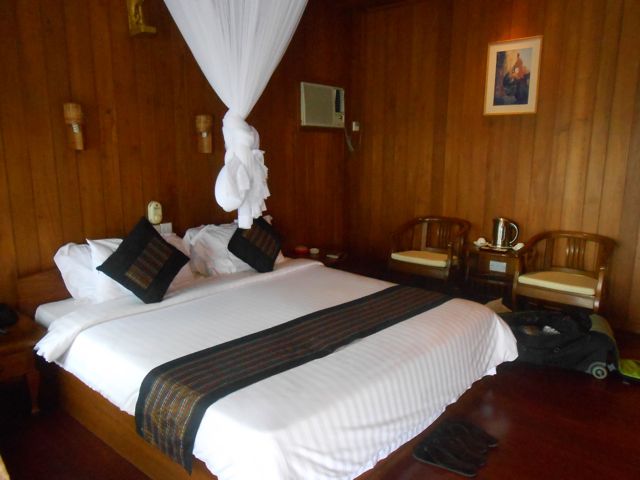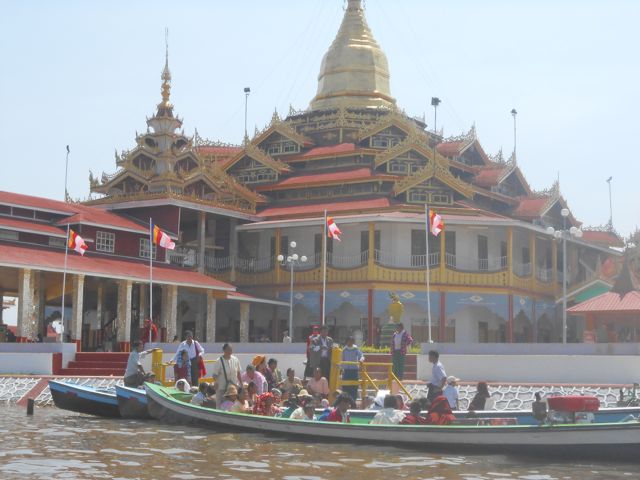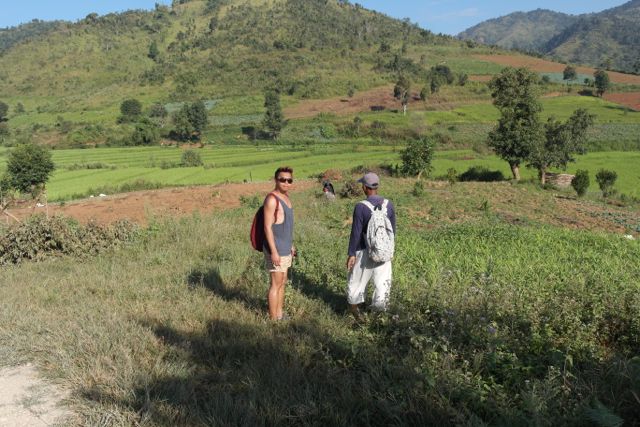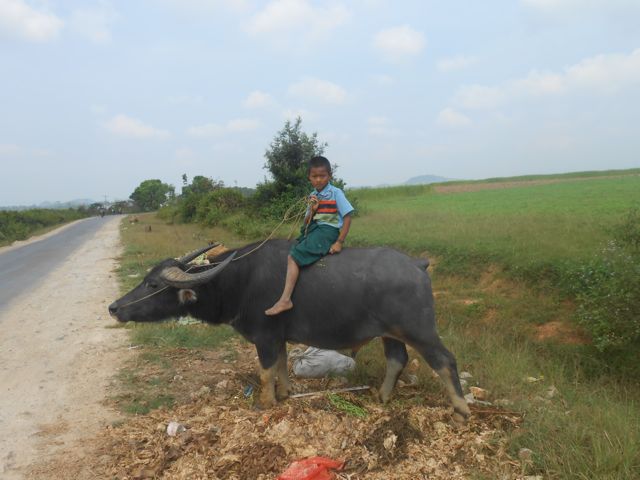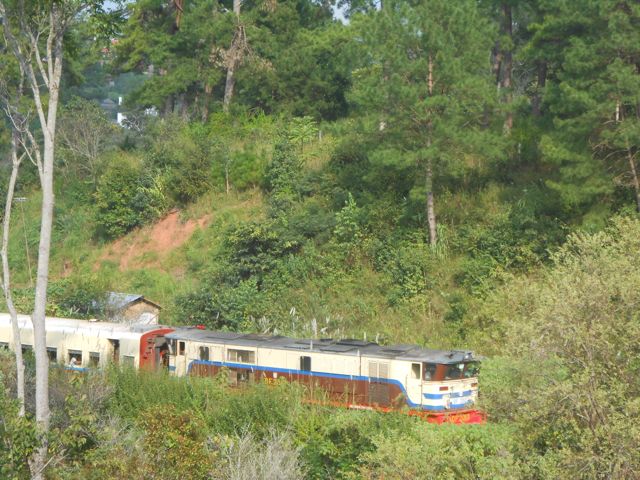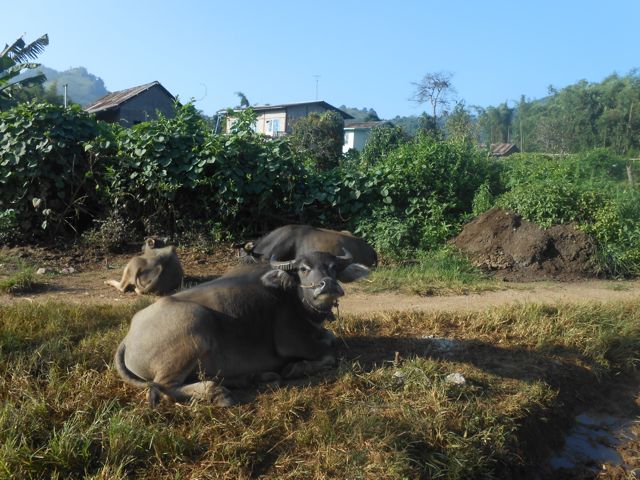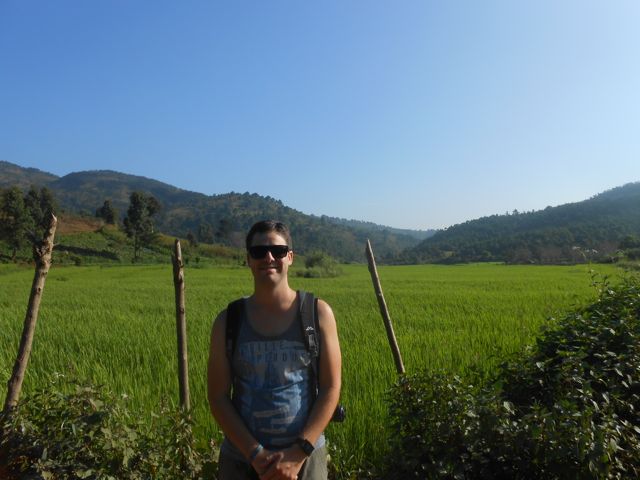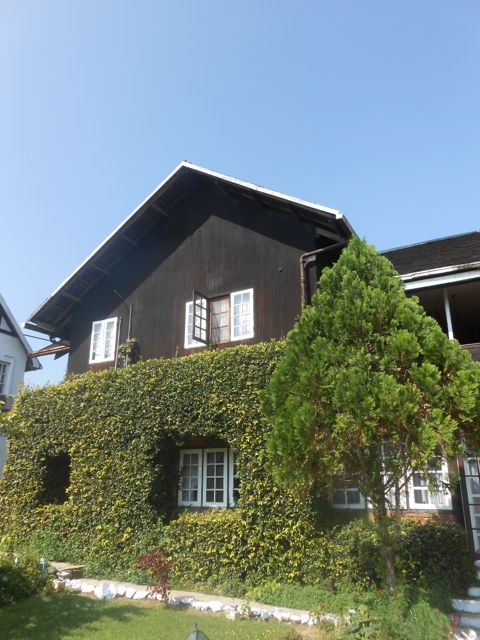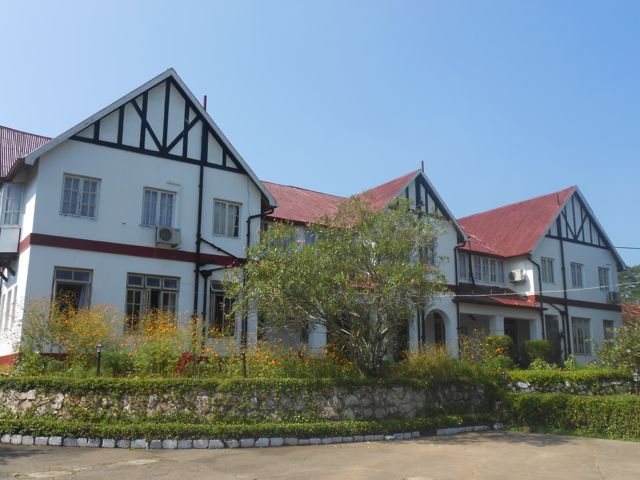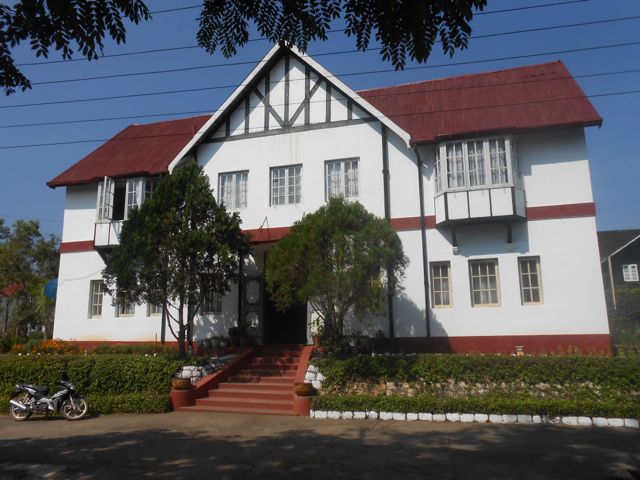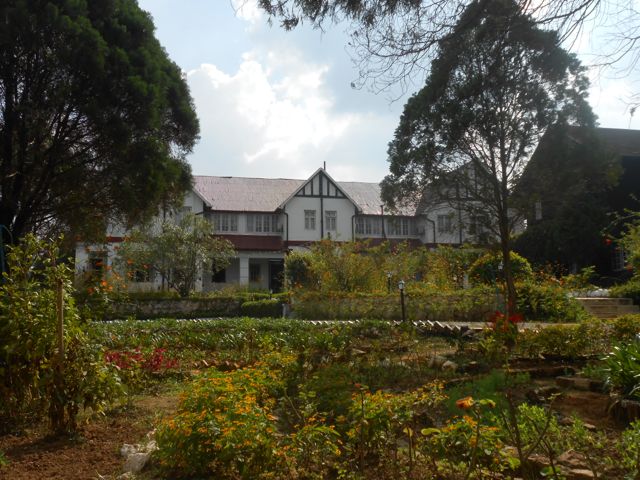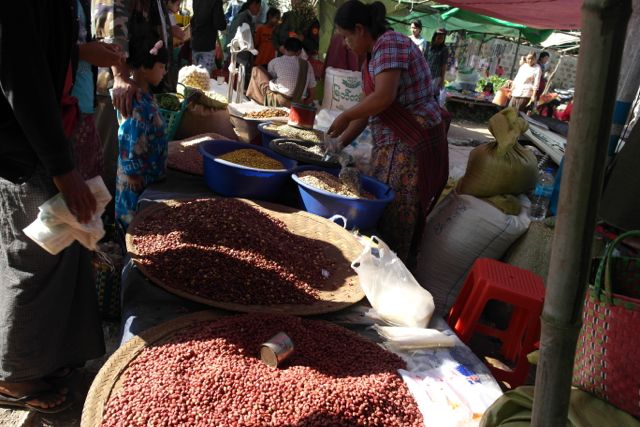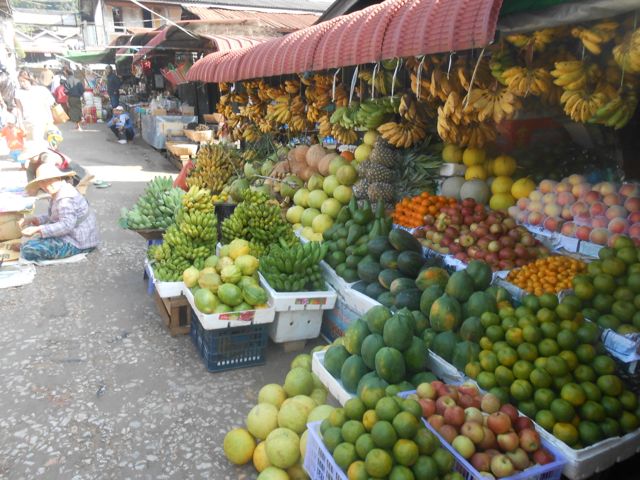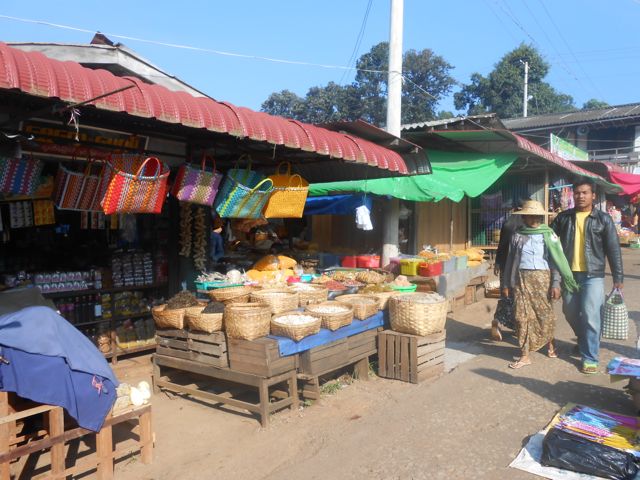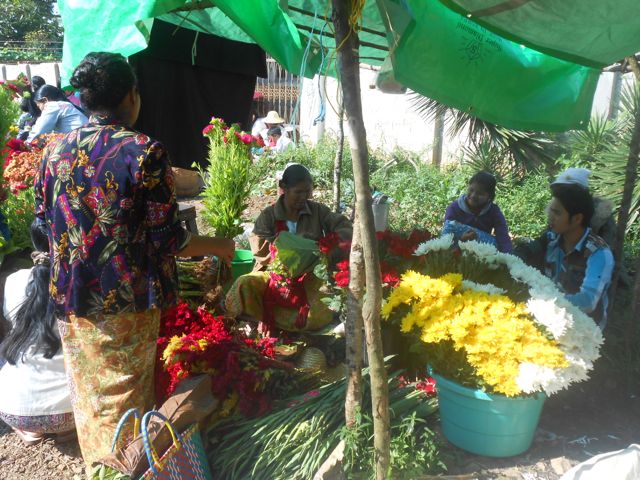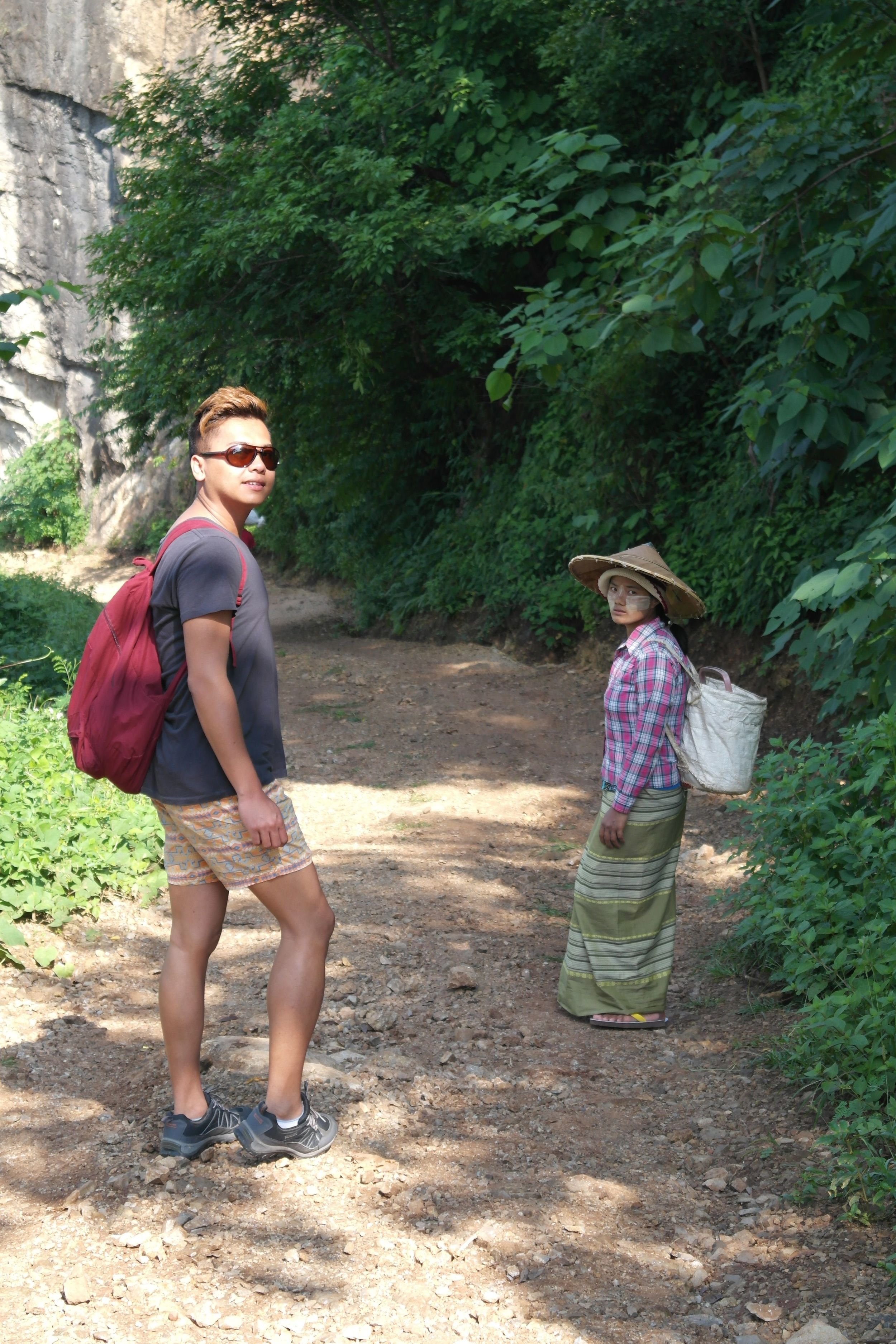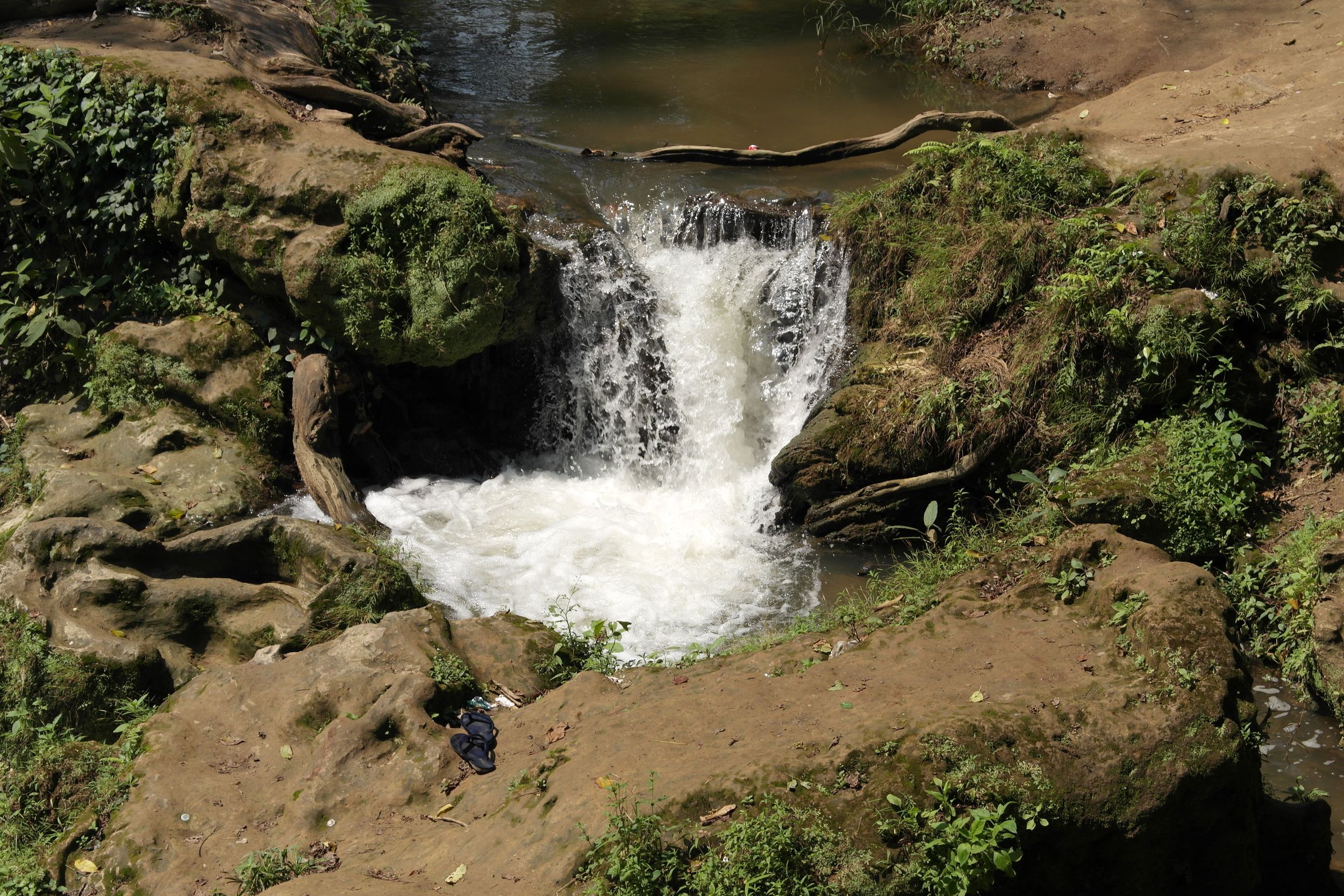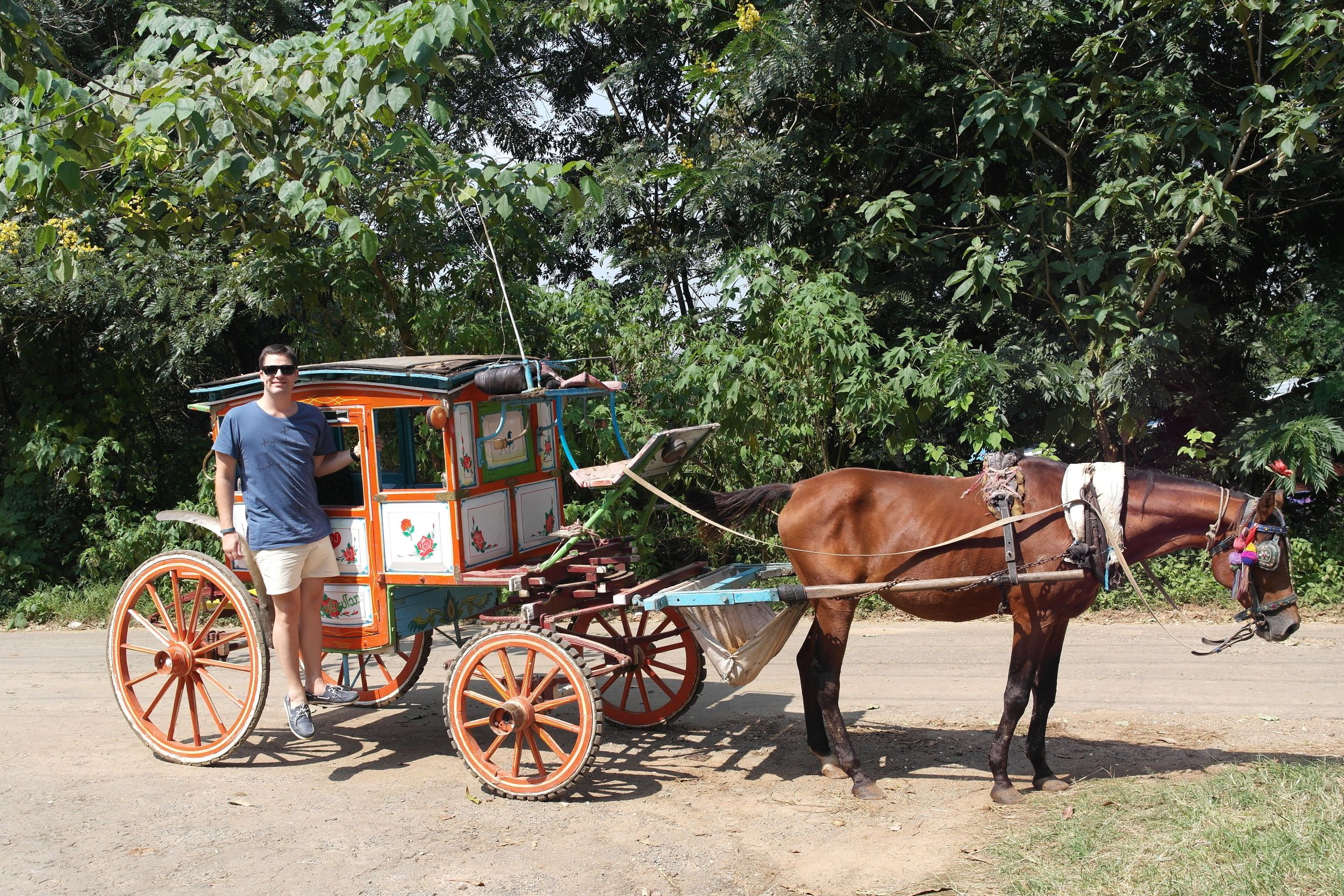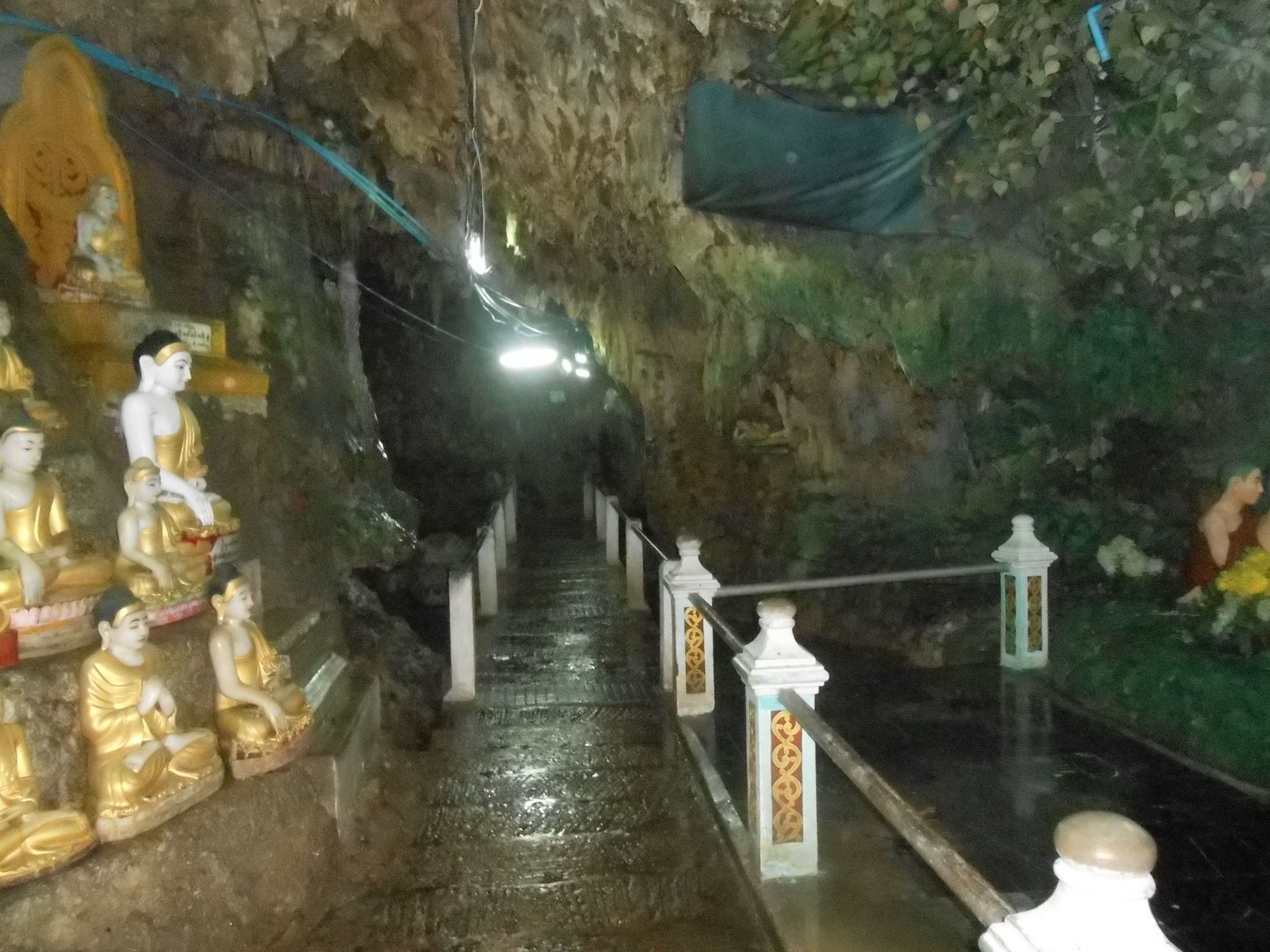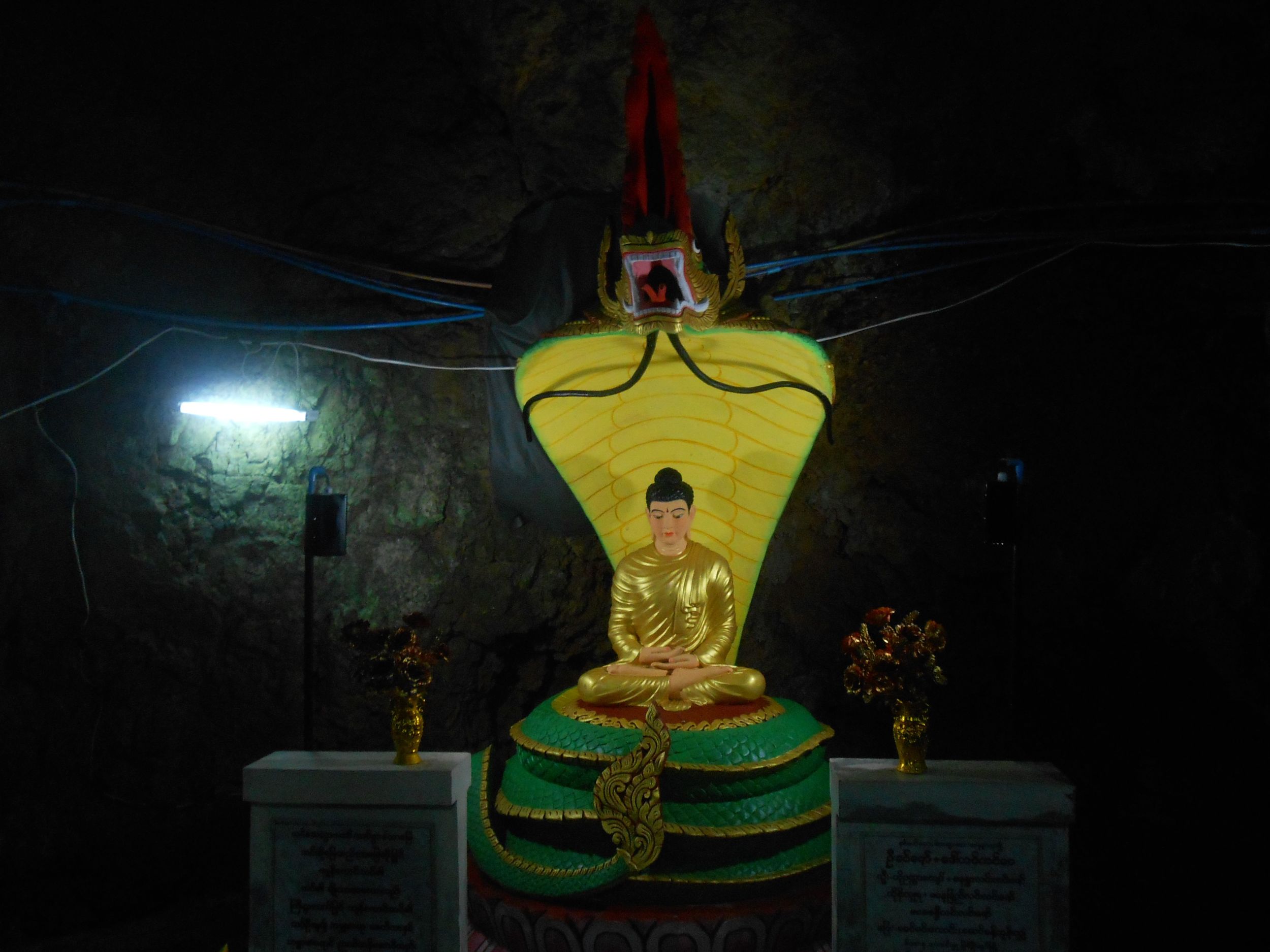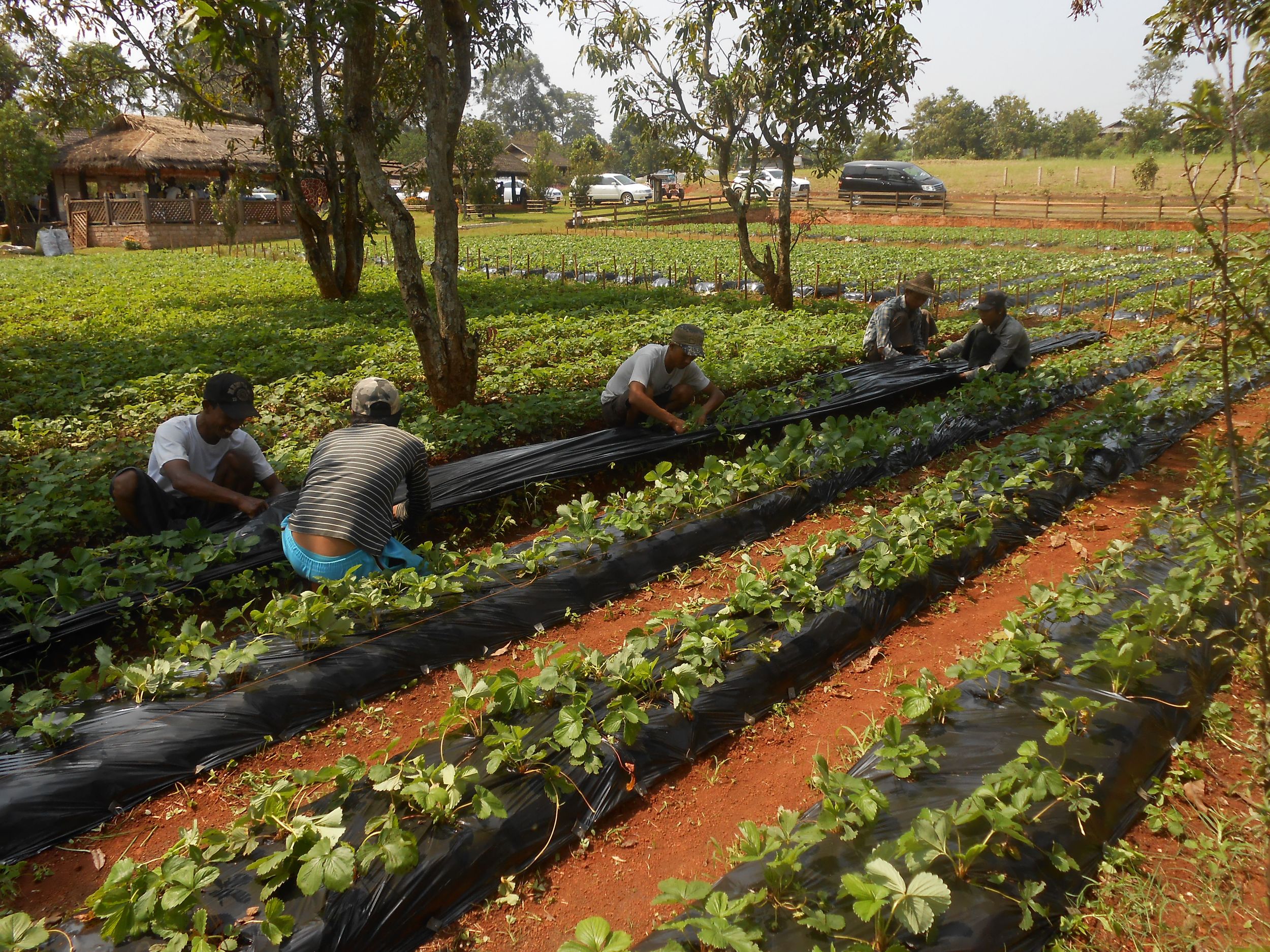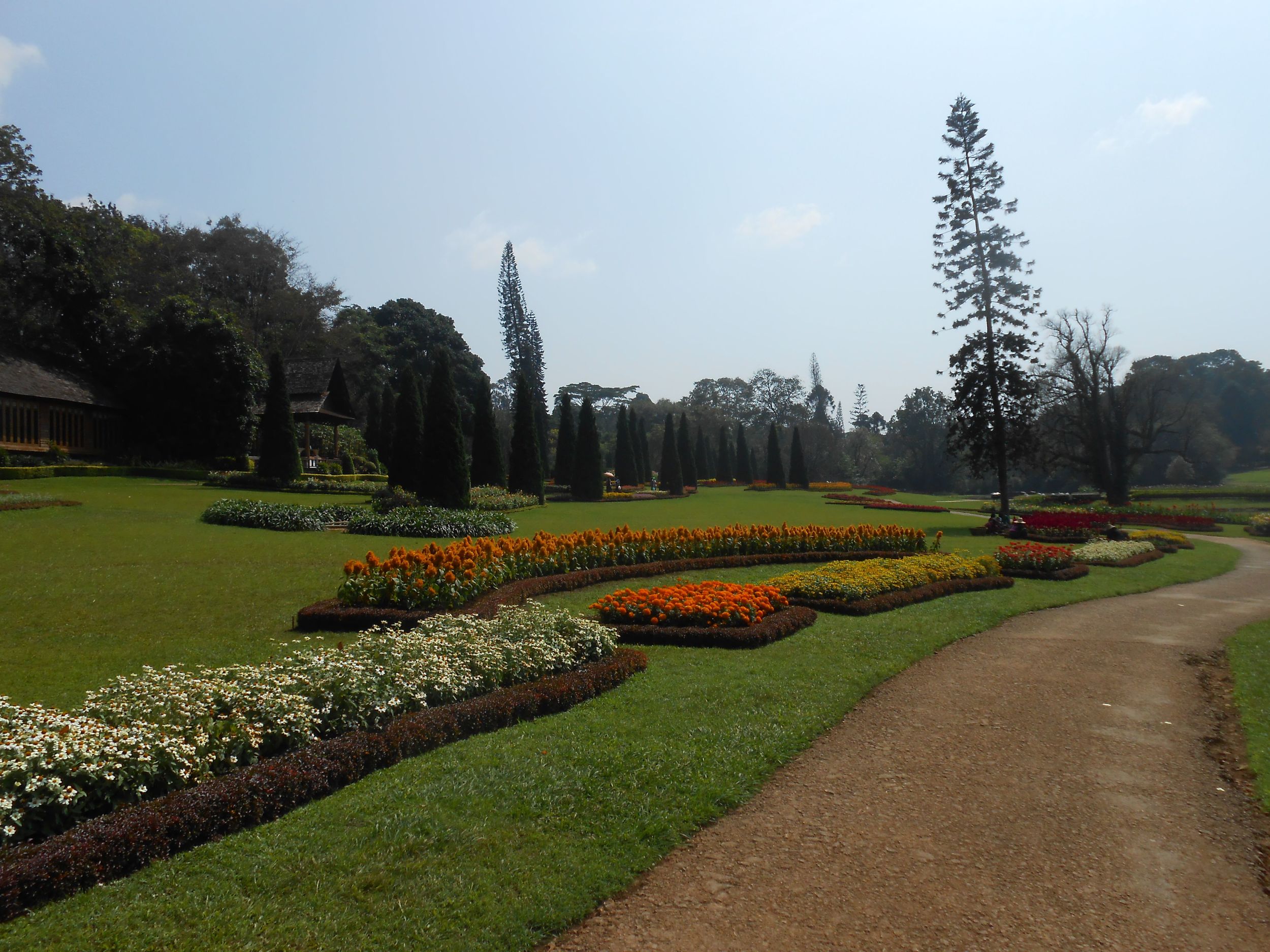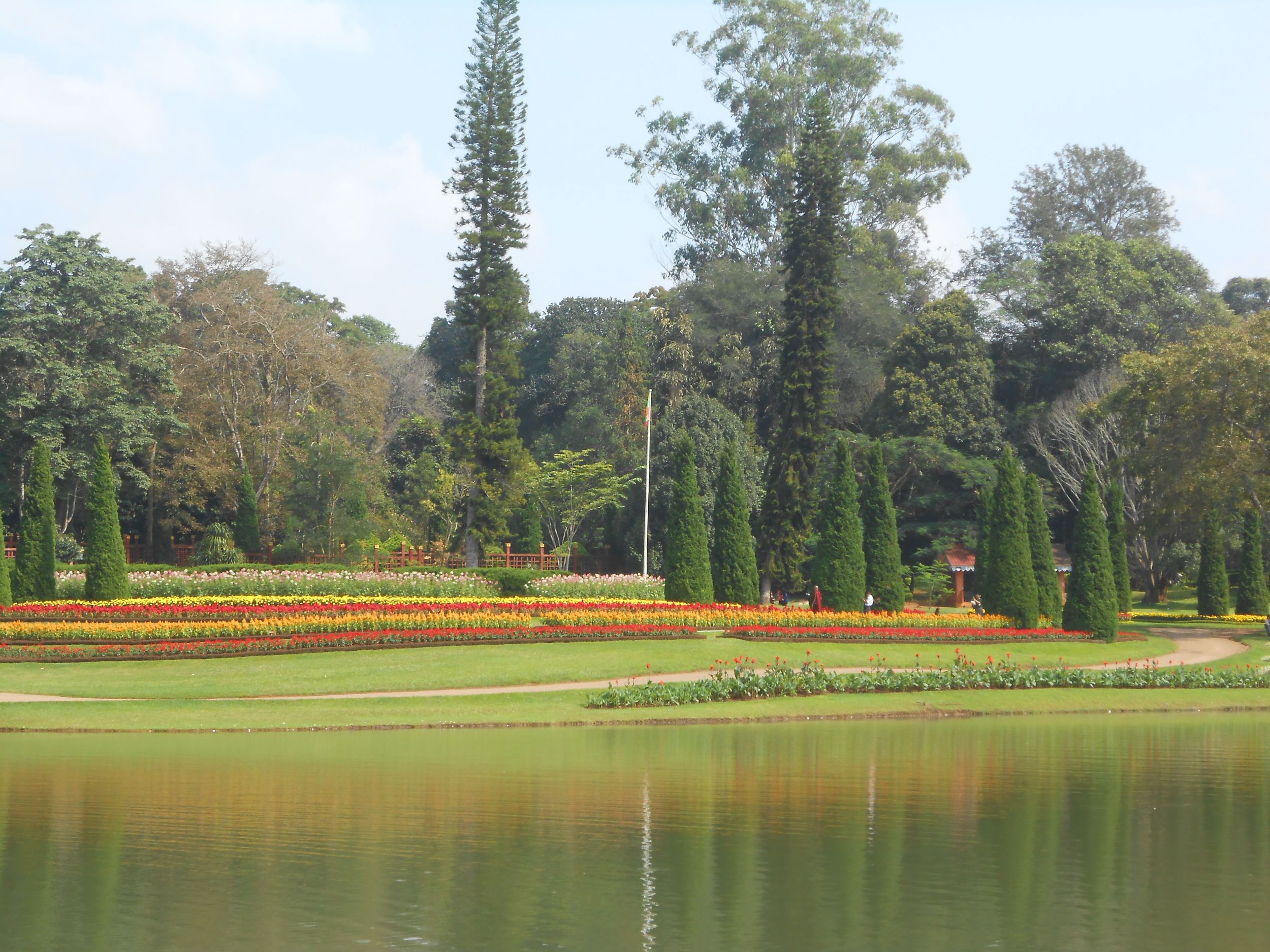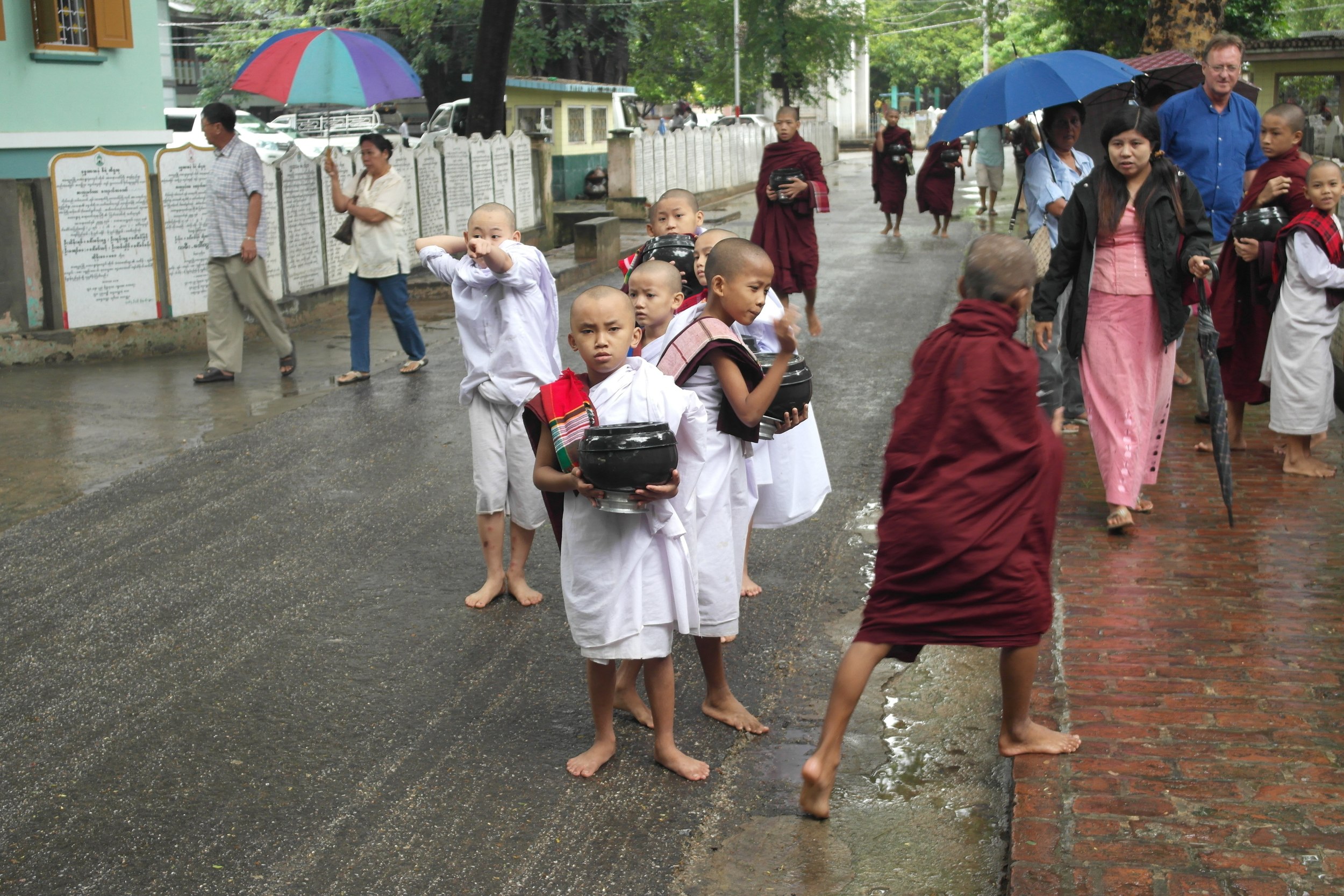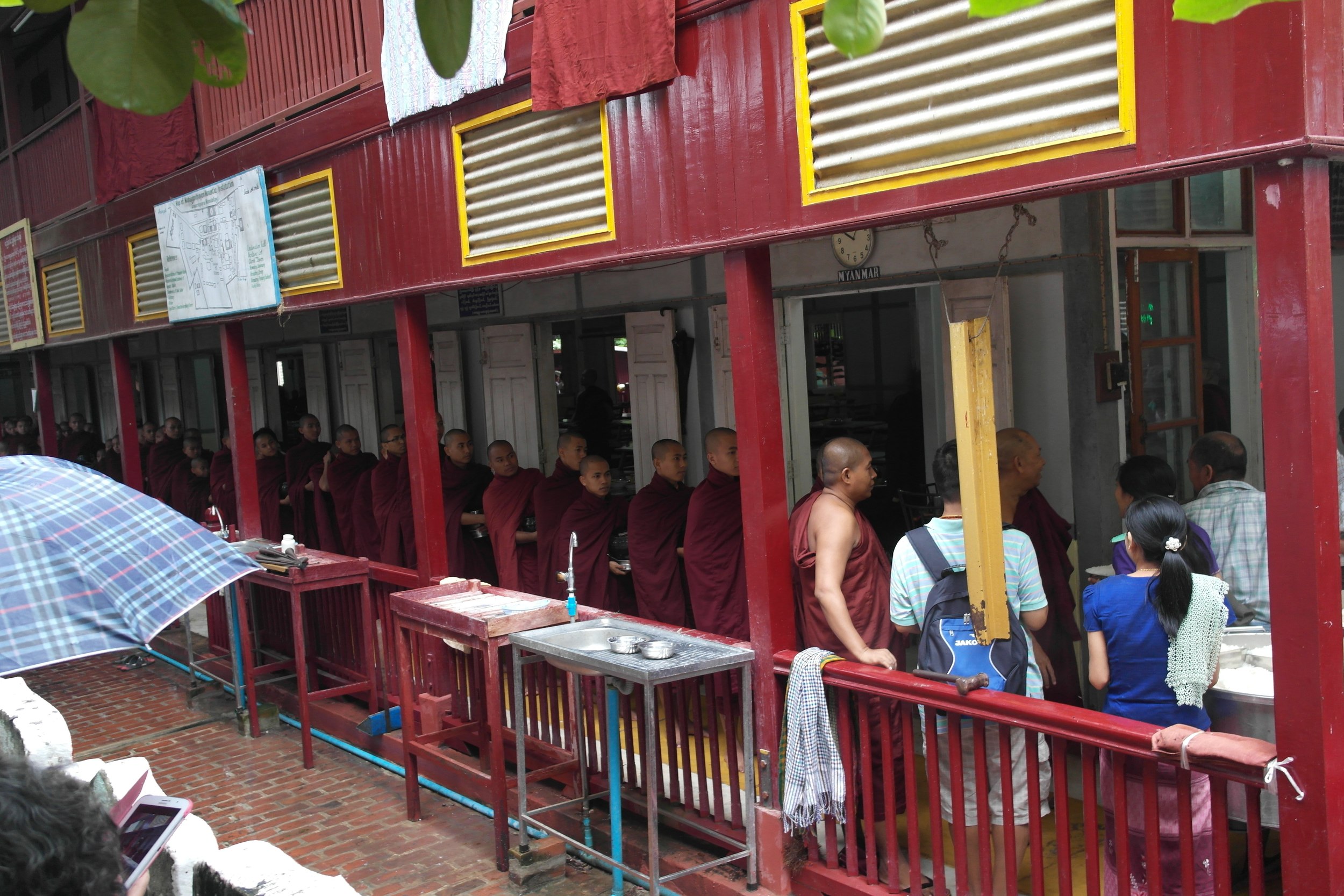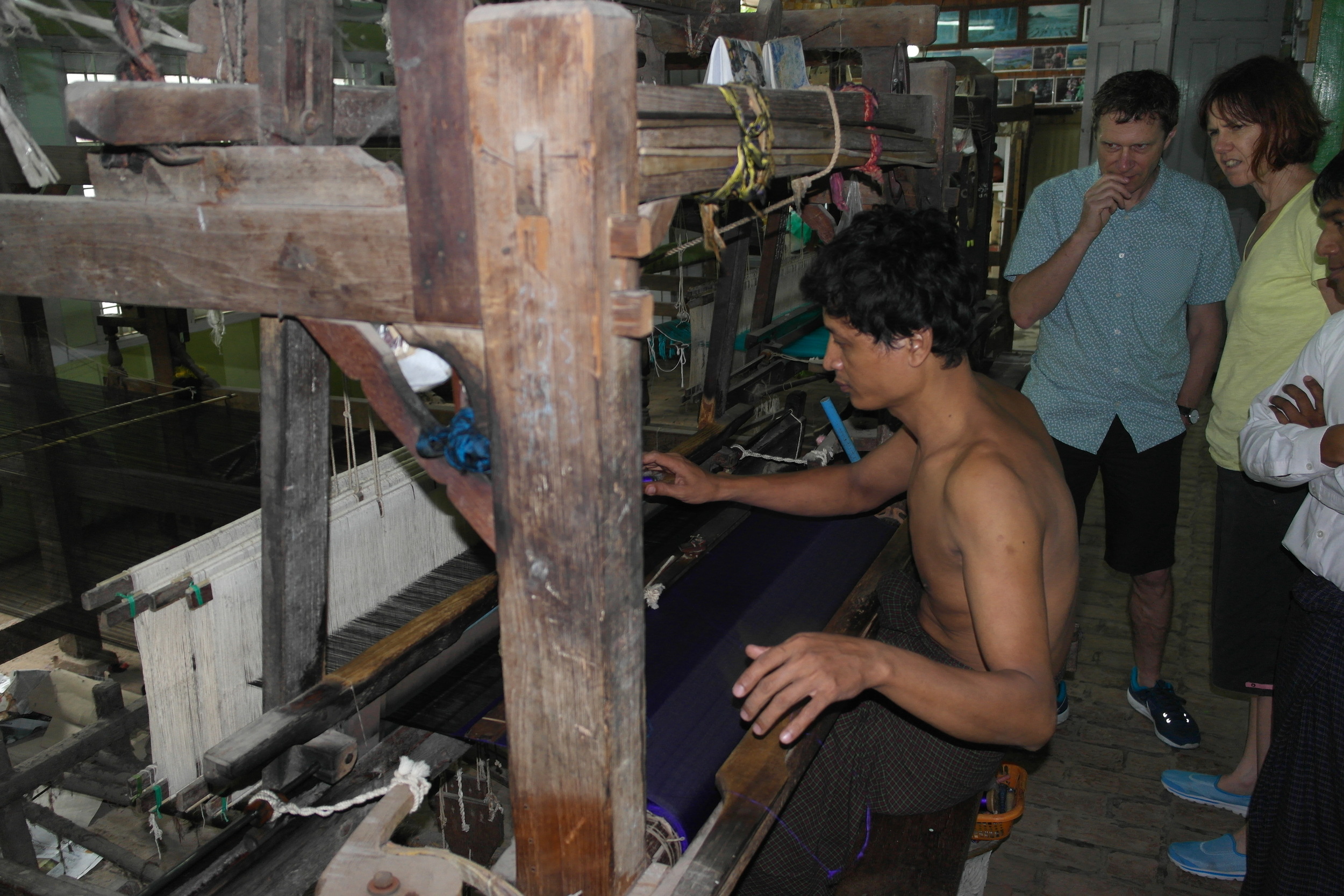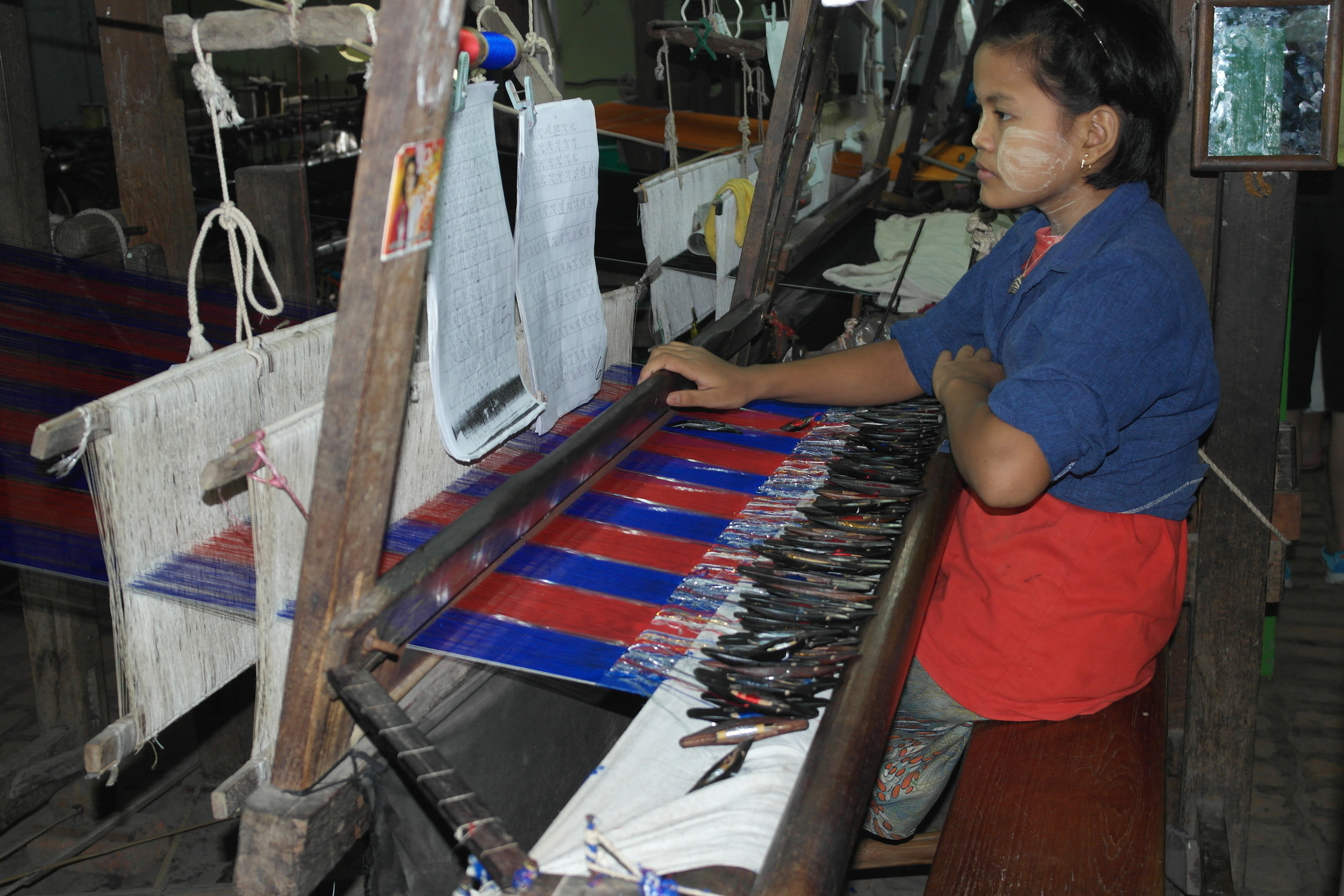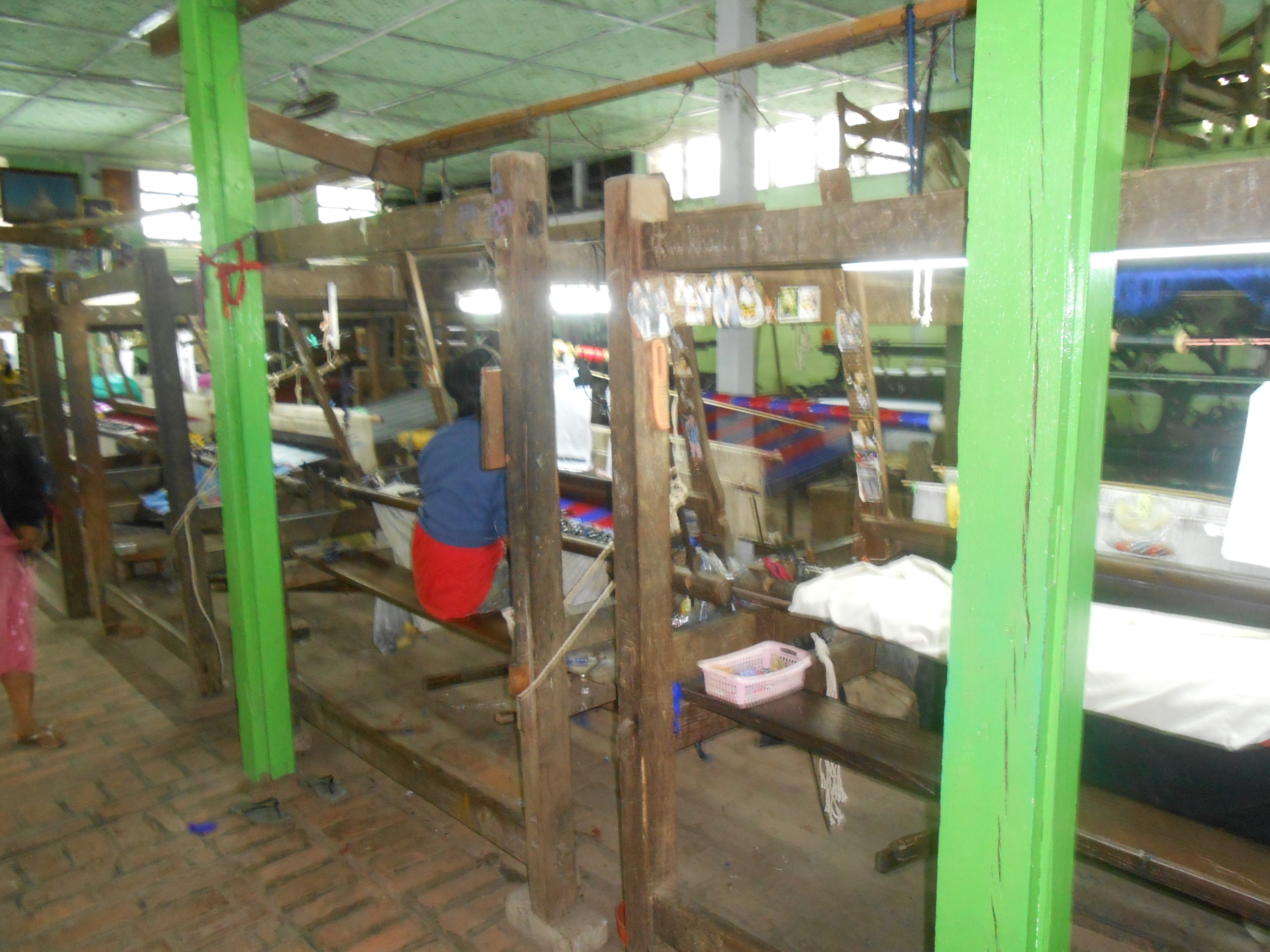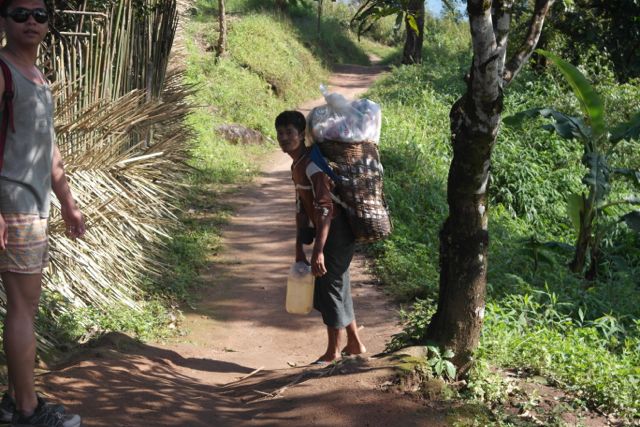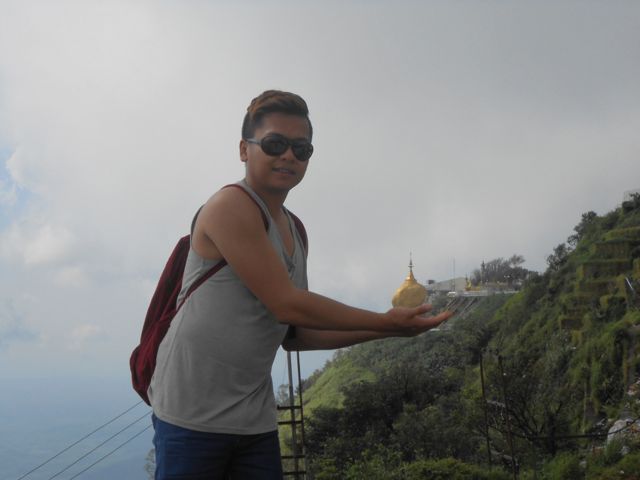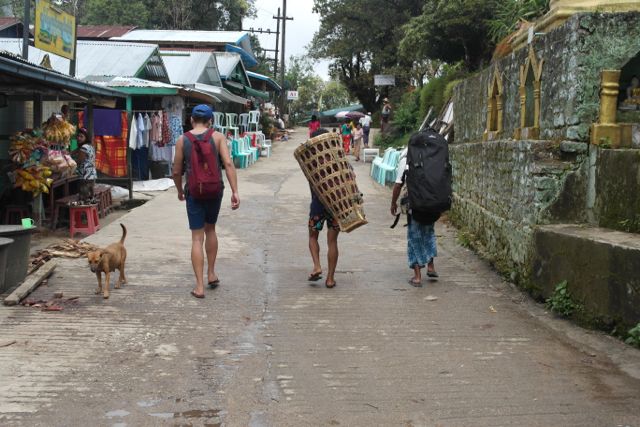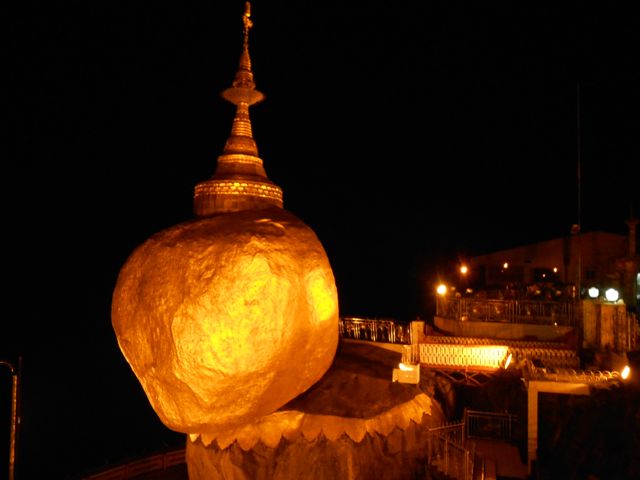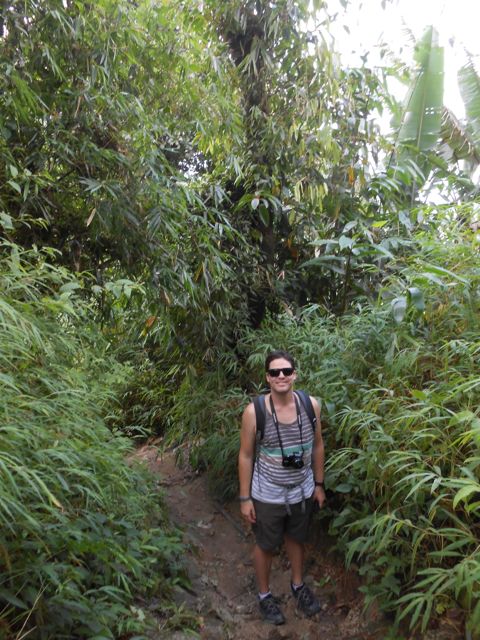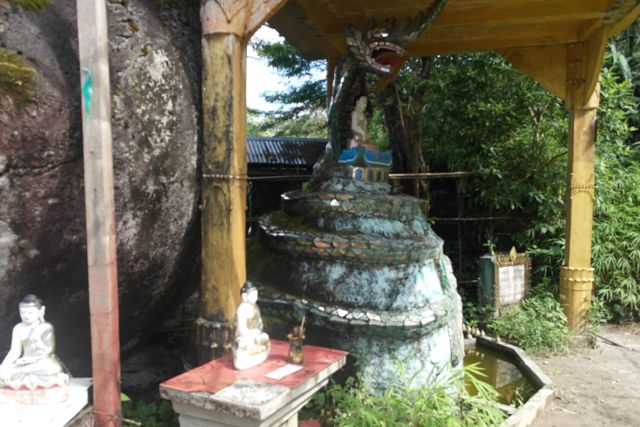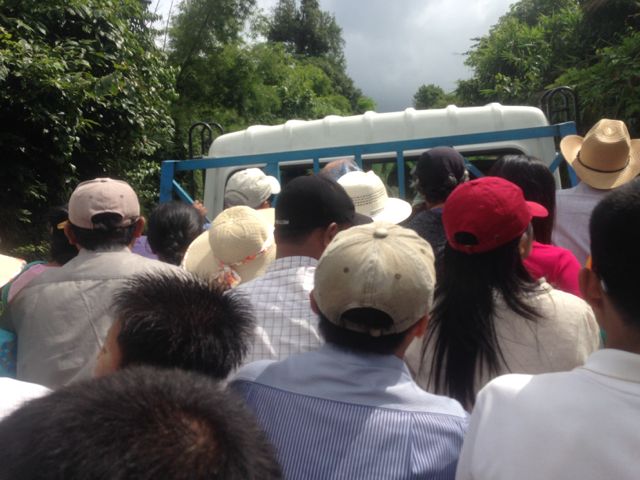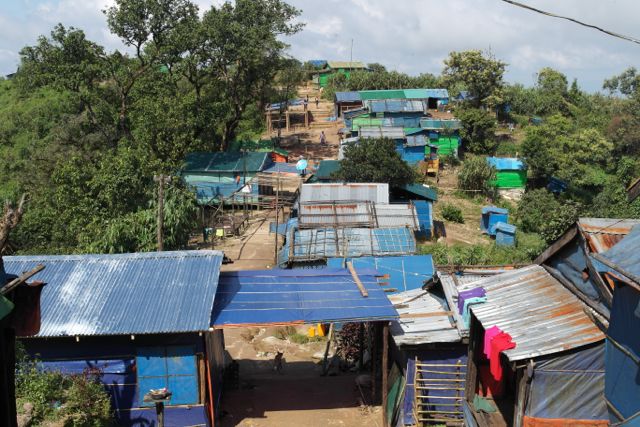A piece by my friend @peterjblack on why today's high court decision is actually good for #marriageequality
/http://www.dandymagazine.com.au/2013/12/3369/
First Home Owners Grant (FHOG) and partners in the ACT
/I wanted to provide you with information that I thought you might be interested in regarding the first home buyers grant and how it applies to a couple. In my case the property will be solely purchased in my name and the home loan will be solely in my name. After speaking with the ACT Department of Revenue they have advised that should my partner wish to apply for the first home buyers grant in the future he would not be eligible. This is because on the form he would be nominated as a non-applicant partner which means he receives the benefit by living in my house despite nothing being in his name. Obviously I am not happy with this but there is little in can do!
Pebble Watch 3 months on + SDK2.0
/Well following on from my previous post on the pebble watch I thought I would give a bit of an update. http://wade85.com/pebble-watch-first-impressions-the-first-72-hours/
When I watched the kick started videos during the hype of the pebble watch launch I knew I wanted it straight away. What I failed to appreciate was how the kickstarter + pebble business model is different from the normal technology retail space. You don't see a product, order it and then use it. You become part of the process. The concept is done but you are buying a product that has not been made yet. Almost like buying a house off the plan.
The pebble did end up coming on the big Burma trip with us. Sadly under SDK 1.0 the watch could not use storage on the phone to back up my dual time zone settings. But what I found interesting is after landing in either Myanmar or Malaysia as soon as my phone locked onto the new network time so did my pebble so it was up to date where ever we were. Due to having no data connection thus redendering 90% of my phones functions useless and in turn the watches it was left in flight mode.
With SDK 2.0 being out for a few days now I can say I have not lost caller ID once ( a turn around from before). I don't need to constantly open or kill and reopen the pebble http app to get the weather on my watch face. I am also getting a lot more notifications than before.
It is getting better..
DIY Charging Station
/No doubt you have guessed I love my gadgets. The downside is they seem to breed, taking up more and more power points along with migrating to new habitat - beside the bed, beside the TV and the kitchen bench. While in a local home wares store on the weekend I noticed a faux leather desk organiser. With a power drill and some wood-boring drill bit, the pics show the result.
Now my Pebble watch, my Fitbit Flex, my iPhone, my iPad mini, iPod Nano, Bluetooth headphones, and battery packs along with their cables have a home. nice and tidy. I can even fit my 11in Macbook Air in the rear 2 spots.
So for around 20 bucks it is all neat and tidy.
LifeProof-ed my life
/Today I completed my Lifeproof collection. I have been using my LIfeProof Fre on my iPhone 5 with the sports band as well as the bike mount. The case makes my phone virtually indestructible - NB I have not used in the pool, merely the shower / bath. It has been great - the standard iPhone headphones go straight into the phone without the screwed / waterproof headphone adapter. The only down side is that aftermarket cables will not fit through the hole used for the charger. No worries just have to use the Apple one.
Today I got the Lifeproof for my iPad Mini! - I have already tested it tonight in the shower and works great. Here is a review by someone else but catches my thoughts
http://youtu.be/8p8N0jOs2KU
Telecommunications + internet in Myanmar October 2013
/
iPhone not accessing gps in flight mode - instantly connects when when deactivated
/
Guest Writer - FF - The Third Party Challenge #Auspol #PUP #palmer
/As with our previous post on how the commonwealth came to fun non state schools, our guest writer Mr FF has written about the rise of the PUP and other ' Third Parties' throughout the history of the Australian politics.
The Third Party Challenge
The success of the Palmer United Party in the recent federal elections has caused much comment, and if it succeeds in winning three Senate places and a seat in the House of Representatives it will have a achieved an impressive electoral debut. However, this debut does need to be put into perspective, in order (if nothing else) to determine the likelihood of future electoral success. The Australian party system has been fairly stable since its emergence in its current form in 1910 – so-called “third party” challenges have been surprisingly few and rarely (with one exception) have they survived across the longer term.
The Australian party system has existed in various forms since 1910, and the merger of the various non-Labor parties into the original Liberal Party (1910-1917). In this context the original “third party” Challenge was the emergence of the Country Party after World War One. In response to the rise of wartime controls of farming and farm marketing the Country Party made an impressive debut at the 1919 federal elections winning 9% of the vote, and electing 11 MHRs. This was the most impressive third party debut, and had a lasting impact. The sustained success of the Country Party (it won 12% of the vote and elected 14 MHRs at the 1922 elections) meant it was ultimately incorporated into the “Two Party System” in a more or less permanent coalition of whoever formed the main urban based non-Labor Party be it Nationalists (1917-1931), the United Australia Party (UAP (1931-1945) or the Liberal Party of Australia (1945-), and the electoral system was altered to accommodate it.
The next significant challenge to the “Two Party” system (or the “Two and a Half” Party system) was the Lang Labor Party which emerged after the Australian Labor Party (ALP) split of 1931. Lang Labor debuted at the 1931 federal election winning 10.5% of the vote and electing 4 MHRs. It increased its vote in 1934 to 14%, but as a party was essentially a product of the internal struggles in the NSW Labor Party between the supporters and opponents of Jack Lang, its vote winning power limited to NSW and ultimately petering out in the 1940’s after most of its initial supporters returned to the Official ALP. It elected its last MHRs in 1946, and earned the undying enmity of the left for its vigorous attacks on Prime Minister Ben Chifley in the lead up to the 1949 federal elections (more vicious than anything launched by Menzies or Fadden). It was less a viable alternative to Labor than a spoiler party, though its adroit use of preferences would later be followed by other parties in the post-war period.
The first major post-war challenge to the party system was the emergence of the Democratic Labor Party in the late 1950’s. First in Victoria and then Queensland the DLP reflected the emergence of a strong anti-Communist faction within the Labor Movement aligned with the Catholic Church, and alarmed at the industrial progress made by the Communist Party and its allies in the 1940’s. The DLP debuted at the 1955 Elections as the Australian Labor Party (Anti-Communist) winning 5% of the vote and electing 1 senator. It never succeeded in winning a seat in the House of Representatives (though it did win seats in the Victorian and Queensland State parliaments), but it successfully elected senators to the Australian parliament until 1974, and at its high water mark in the 1960’s polled 10% of the vote and successfully diverted enough second preferences to the Liberal Party to deliver government to the coalition on at least two separate occasions (1961,1969). In this sense the original DLP was the spoiler party par excellence and it largely disappeared after the successful election of an ALP government in 1972.
Unlike Lang Labor or the DLP the next third party challenge did not emerge from the Labor Party nor did it present itself as a “spoiler party”. The Australian Democrats in fact emerged from the Liberal Party of the late 1960’s. In the 1966 Election the Liberals had run on a strong pro-conscription and pro-Vietnam War platform and won a landslide victory, however the rise of the anti-war movement and the success of the Tet Offensive caused deep divisions in Australian society. The gathering pace of social change in Australia and the alienation of some Liberals to the growing conservatism of the coalition led to the formation of the Australia Party in 1970. It made its rather modest debut in 1970 winning 3% of the vote, but after the traumatic events of 1975 it was joined by a fresh infusion of small “l” Liberals led by Don Chipp and Colin Mason. Throughout the 1980’s and 1990’s the Australian Democrats sought to represent a “dynamic centre” in Australian politics that corralled the protest vote using the slogan “Keep the bastards honest”.
In the 1990’s third party challenges emerged from the left and the right. To the right of the Liberals emerged the One Nation Party (which debuted at the 1998 winning 8.5% of the vote) and the Green Party (which debuted at the 1993 election winning 2% of the vote). This dual challenge to the party system was perhaps the first sustained assault on the two party system since the 1920’s, and while “One Nation” soon imploded, the longer term impact of both parties was to draw media attention to the longer term decline in the “Two Party” vote. During the 1940’s and 1950’s (prior to the arrival of the DLP) the main parties often polled 95% of the vote. By the 2013 federal election this was more like 80%. Alongside the decline in the vote for major parties has been the decline in party membership, and the increase in the frequency with which independents gain election to various parliaments. Whether is a sign of a longer term decline in the vote going to the major parties of course remains to be seen.
Over the long term the role of third parties in the Australian party system is marginal in the sense that they do not form governments, or governing coalitions nor do they form opposition. However, they do have a major electoral impact. The rise of the Country Party in the period 1918-1919 led to the introduction of preferential voting and the formation of a new alignment on the non-Labor side of politics. The impact of Lang Labor (1930’s) and the DLP (1960’s) was to deny the ALP government on a number of occasions, while the Australian Democrats had the same impact on the non-Labor side of politics on at least one occasion (1990). However, the weight of the electoral system and the financial demands of almost continual campaigning does have the impact of re-enforcing the current party system, just as the 24 hour news cycle and the general reaction against the major parties undermines it. Still as yet we are yet to see the wholesale collapse of a major party as in Canada (the Progressive Conservatives) or Israel (Mapai).
My first dive
/This afternoon I did my first dive! It was a beach dive directly off from the Lagoona Redang Resort beach. While only to a depth of 6m, it was fully guided. My group was meant to be 3 plus a guide but Frankie and Ron both aborted after a depth of about 30cm.
After all the fiddling around and briefing I forgot the GoPros
so can’t actually show you what I saw but the dive was over a reef with trigger fish, clown fish and whole host of others all just doing their fishy thing. 
Myanmar: Inle Lake
/
Inle Lake
During our visit to Inle Lake, a large freshwater lake in the Shan state, I say large because it can easily sustain a floating village with a population numbering in the thousands with a fishing industry and floating tomato beds and still provide vast amounts of water that Myanmar uses for irrigation and hydro power generation. After arriving on the shores of Inle Lake, we were settled into our private ‘long tail’ boat- extremely shallow propellers fitted on long handles in the water sending ‘tails’ of water into the air as they move along

The 45min boat ride to our hotel on a was extremely enjoyable after the plane and car rides usual of the travel we were doing. While our hotel wasn’t actually ‘floating’ it was built on stilts – not that it helped when boats went past as the whole room swayed with the waves – a very disconcerting feeling when you are in the bathroom or in the bath. However the location and facilities were amazing.
Before our trip to Inle Lake, I had no idea that you could use the fibre from the inner stem of the lotus flower as a material for weaving. Turns out for the people of Inle, it's a staple.
I was absolutely fascinated by the people of Inle and their lives, everything they do is associated with the water - they have to, their houses are built on it, they rely on it for transport.
Inle is one of the largest tomato producing regions of Myanmar, the floating beds are based on floating tuff cut on the banks and secured into position.
No trip to Inle Lake count be complete without seeing the iconic fishermen, who remarkably paddle their low profile fishing boats with their legs - leaving their hands free to net and set fish traps.
Sorry for the death by pictures - but the location was just so amazing.
Tell me what you think below
Day 16 - 17 (13 &14 oct) Mandalay to Inle and around.
/Leaving Mandalay Airport for a domestic flight to Inle Lake we were forced to go through customs checks twice – passport handed over the whole works – IT IS A DOMESTIC FLIGHT – before you say it was to check ID, we have picked up all our tickets at airline check in at every airport WITHOUT ID.
This region produced a lot of tomatoes – all in floating beds. It was unbelievable seeing farmers tend their crops… in boats.
Myanmar - Kalaw: An English village in the Shan State Hills via limestone caves of Pintaya
/A journey into the hills
After leaving the banks of Inle Lake we headed up into the hills of Shan State.
Pintaya

Pyin Oo Lwin Days 13 & 14
/The whole place looks like an english park.. apart from the pagoda in the middle of the lake, and the monkeys fighting in the trees.
Myanmar: Bagan to Mandalay
/
Flying from the ancient temple city of Bagan to the ‘last kingdom’ of Mandalay, we were the only passengers on this leg as the aircraft operates Yangon – Bagan –Mandalay – Yangon. All passengers had left at Bagan with only Frankie and I boarding for the flight from Bagan. Talk about premier service!
After arriving in Myanmar’s second largest city there was no time to rest – adventure awaits.
U Bein Bridge
I know it sounds like one of those locations were you may think ‘oh how exciting… a bridge’. I have to say I did think that on the way to the location, but I was immediately taken aback.
The 100 year old Teak Bridge and its surrounding lake was spectacular.
The day we were there it was drizzling – in some ways that added to the spectacular mystical atmosphere
Watching the weather beaten old men sitting on the low bridge with their lengths of bamboo for fishing catching a few little fish with just a flick of the wrist.
Mahar Gandar Yone Monastery
After the visiting the bridge we wandered over to the Mahar Gandar Yone Monastery. The monastery is famed in the area for allowing the tourists to see the process of dishing out the main daily meal to the many monks that reside at the monastery. Monks traditionally only eat 2 meals a day. Arising at 4am for a breakfast meal followed by a single lunch meal.
Sagaing Hill Silk Weavers
A visit to the region is not complete without visiting the silk weavers of Sagaing Hill where we managed to find the perfect gift for one of our friends back in Canberra, a Longyi, the Burmese sarong.
Mt Popa
Again up at 0400, all washed, dressed and headed to reception for the pick up at 0500. When there was no car waiting at 0515… we guessed it was cancelled again – sure enough reception confirmed – cancelled. While Frankie was devastated but it is the way it goes. So in the afternoon we headed off towards Mount Poppa. Stopping first to see peanut oil extraction “the old school way” – one cow walking in a circle and using a grinding stone to crust the nut and the oil flows out. Also the same plantation extracts the sweet palm water then boils it down to create palm sugar balls and palm whiskey.
Oh I just remembered, when we were walking home from dinner there was movement in the bushes – Frankie tells me it was a Ghost – no he isn’t even joking.
A temple that is built on top of a small yet tall mountain with winding spiral stairs… who are patrolled by naughty monkeys.
Yangon to Bagan
/
 After a night on the town with Frankie’s former school mates it meant another early start with minimal sleep. This time a domestic flight on Myanmar’s newest airline AirKBZ, owned by KBZ bank. The new airline also has new aircraft – the new ATR 72 600. Perfect for short haul flights in comfort. With a clever stroke of marketing genius the logo for AirKBZ is the Burmese mythical couple Kainnayi and Kainnyar. Who according to legend area flying couple who were so I love, when they were separated while flying though a thunder storm for 1 hour to the lovers it felt like years.
After a night on the town with Frankie’s former school mates it meant another early start with minimal sleep. This time a domestic flight on Myanmar’s newest airline AirKBZ, owned by KBZ bank. The new airline also has new aircraft – the new ATR 72 600. Perfect for short haul flights in comfort. With a clever stroke of marketing genius the logo for AirKBZ is the Burmese mythical couple Kainnayi and Kainnyar. Who according to legend area flying couple who were so I love, when they were separated while flying though a thunder storm for 1 hour to the lovers it felt like years.

Arriving in Bagan starts the preplanned part of our trip that Frankie arranged with a local tour agency here. He provided the locations and the dates. They did the rest. We were booked into the Bagan Thande river side hotel, constructed for the British royal visit in 1922 by the Prince of Wales.

Our room had full river frontage to the Irrawaddy river. We often sat watching the river ‘push’ boats moving up and down the river with their loads of teak and other cargo.

First thing I must point out that Bagan has more pagodas than I have numbers. They are every few metres in some cases. The first we visited was built in the 11th century. Hosting four large images of standing Buddha. Two, the north and south are original 11th century magnolia wood. These two are built in the Indian style of Buddha’s image – meaning, they are smiling and their earlobes do not touch their shoulder. The east and west images were either damaged and or stolen along with their many jewels by the Mongol hordes that invaded Bagan at this time.
Original 11th Century Original North and South Magnolia Wood Buddha’s image

East or West Replacement Buddha’s image following the burning and looting by the Monguls

Myanmar: Kyaiktiyo to Yangon via Bago
/Sadly the time to leave Kyaiktiyo and head back to Yangon. But first to get down the mountain. We packed back into the converted dump truck with 30 or so of our closes unknown friends and all their belongings before rumbling to life setting off down the mountain. While the trip up was 45 mins of roller coaster action, the trip down was faster ( hey who needs breaks anyway). I managed to set the gopro up on top of the truck, and using the wifi remote mode was able to capture the trip down to show you.
After arriving at the bottom of the mountain - formerly referred to as base camp. Our driver was waiting to take us back to Yangon. The trip back was via the town of Bago with its colonial era town clock tower and coming together of the rural traders on the main road to Yangon to trade their wares with wholesalers who sell in turn in Yangon.
The scenes of rural life, without reliable electricity, without permanent housing structures ( currently built of palm fronds and bamboo with the odd tarp thrown in) by the mighty Irrawaddy river as it makes it's way down from the hills to the Myanmar delta to flow in to the Bay of bangl are the images of the REAL Myanmar for me. The untouched. The uncorrupted every day life really resonates with me.
Dinner in Yangon tonight with some of Frankies school friends, then another quick turn around out to the Temple city of Bagan again at stupid o'clock









